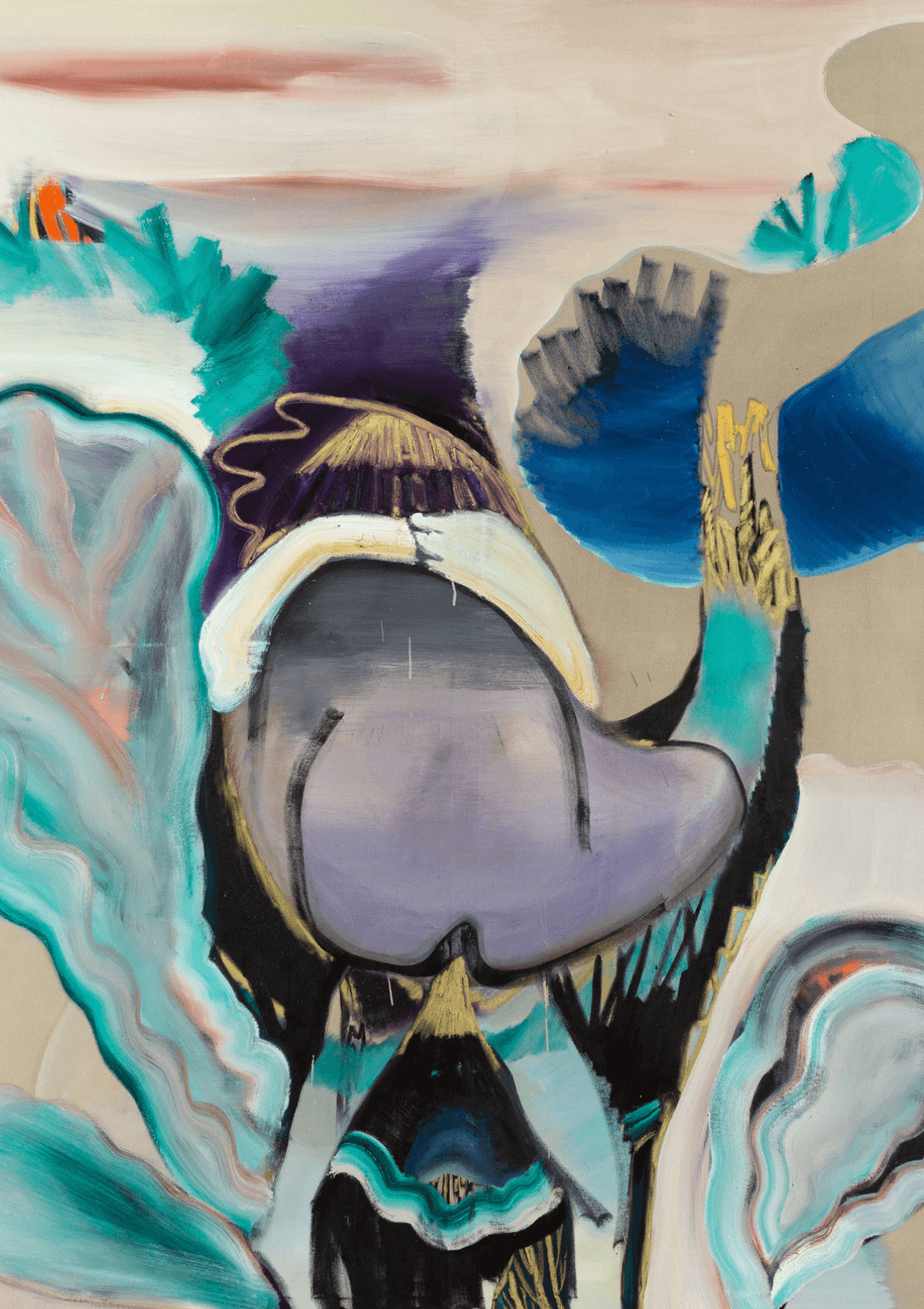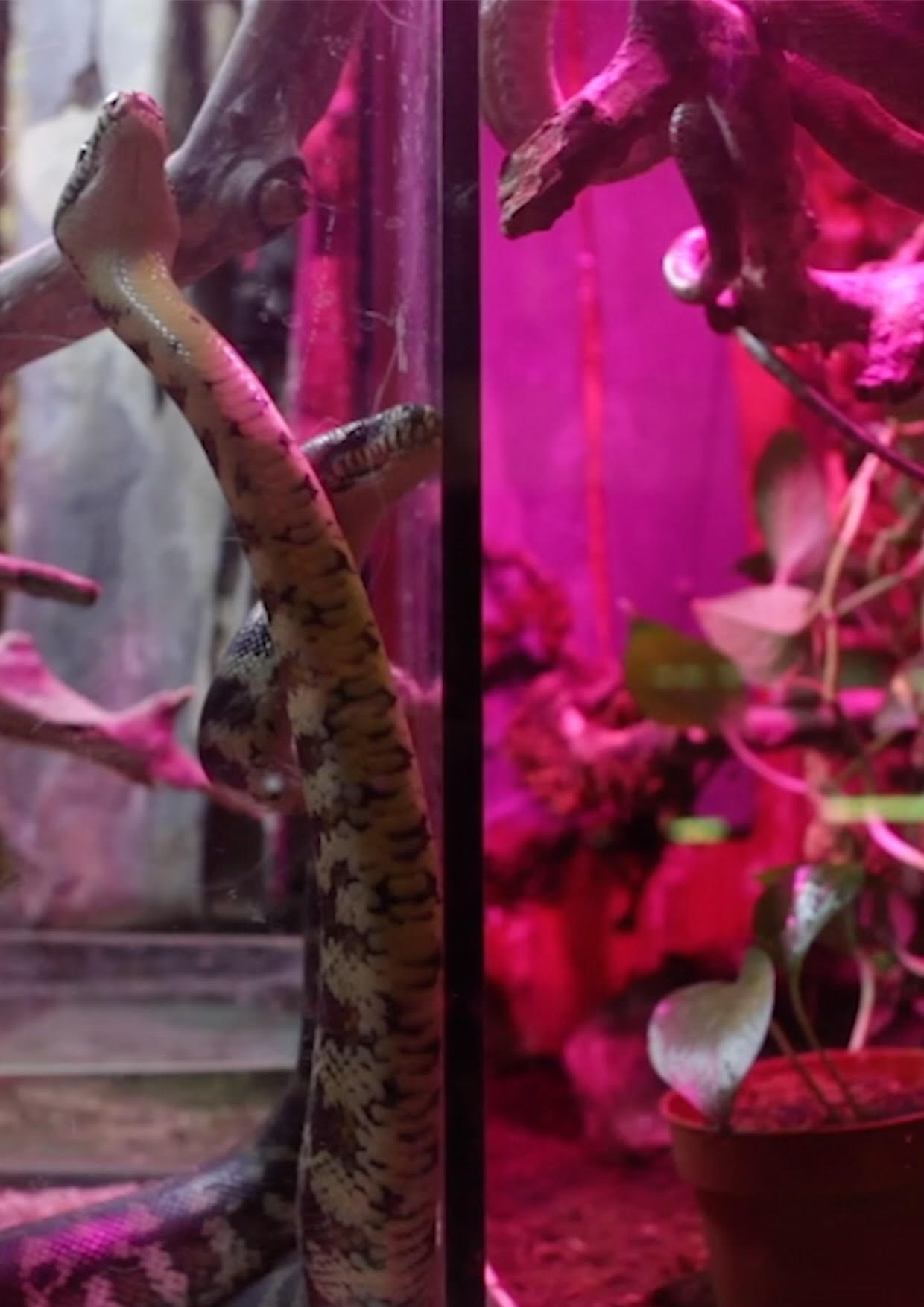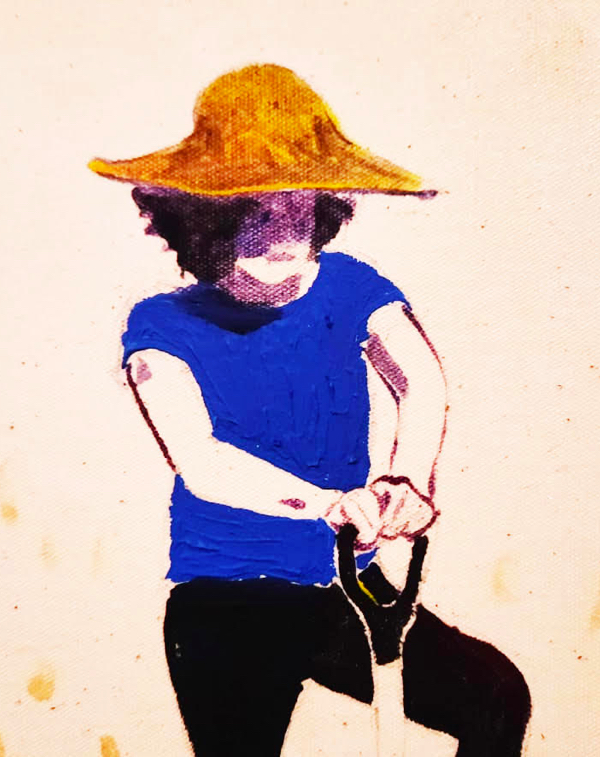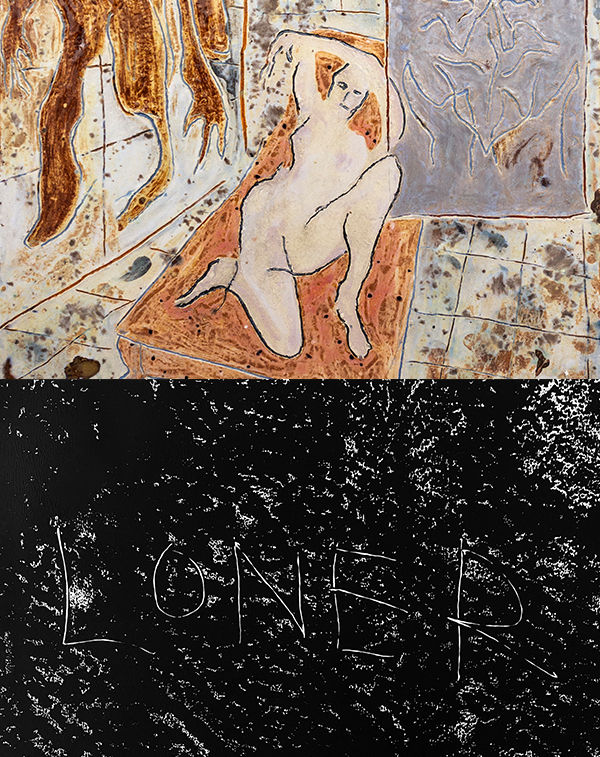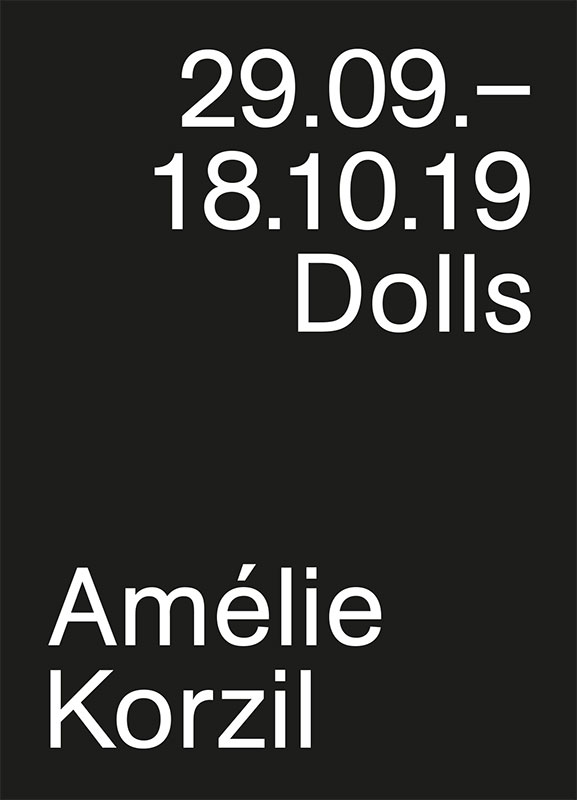John M Armleder and Genuardi / Ruta – Stavamo in piedi su una scogliera
John M Armleder and Genuardi / Ruta – Stavamo in piedi su una scogliera
John M Armleder and Genuardi / Ruta – Stavamo in piedi su una scogliera
John M Armleder and Genuardi / Ruta – Stavamo in piedi su una scogliera
John M Armleder and Genuardi / Ruta – Stavamo in piedi su una scogliera
John M Armleder and Genuardi / Ruta – Stavamo in piedi su una scogliera
John M Armleder and Genuardi / Ruta – Stavamo in piedi su una scogliera
For this first project in Switzerland, Antonella Genuardi and Leonardo Ruta wanted to invite John M Armleder. The two young artists trained at the academy of Palermo where they have been working as a duo since 2014. For them, abstraction is a complex colored vocabulary that they pass through the filter of architecture. In each of their installations, and this is the case here, lines and hues amplify our perception of space and its logic. The light, the shadows, the flat areas become the implicit structure of a tilt of the glance.
But, more than a simple practice, art is for them a place of commitment. Thus, they manage with some others, one of the rare OffSpace of Palermo. At the Ascensore, they set up an international program that reflects their meeting and their ambition to make art a space of thought of revolt.
This revolt transformed into a collective commitment was also the one that underlies the beginning of John M Armleder's artistic career.
The title of the exhibition suggests that, as in other periods of our contemporary history, we can feel like we are standing on the cliff.
Artists
Artists
Artists
Artists
Artists
Artists
John M Armleder and Genuardi / Ruta
Curator
Curator
Curator
Curator
Curator
Curator
Samuel Gross
Opening
Opening
Opening
Opening
Opening
Opening
Saturday, April 2, 2022, 4 to 7 pm
Exhibition dates
Exhibition dates
Exhibition dates
Exhibition dates
Exhibition dates
Exhibition dates
03.04.2022 – 12.06.2022
Opening hours
Opening hours
Opening hours
Opening hours
Opening hours
Opening hours
tba
organic symmetry
organic symmetry
organic symmetry
organic symmetry
organic symmetry
organic symmetry
organic symmetry
Lemoyne is happy to announce Youjin Yi’s first solo show in
Zurich titled “organic symmetry”.
Yi’s works visualize existential states of being and the origins
of human identity and experience. Her art is distinguished
by the variation of graphic and painterly principles. The artist
lays claim to translate the lightness of drawing to large-format
paper or canvas. The process of omission constitutes an
important compositional element in her work: Yi terms it the
“beauty of the void”.
This exhibtion is supported by Neustart Kultur and Stiftung Kunstfonds.
Artist
Artist
Artist
Artist
Artist
Artist
Youjin Yi
Opening
Opening
Opening
Opening
Opening
Opening
Thursday, October 14, 6:30 to 9 pm
Opening hours
Opening hours
Opening hours
Opening hours
Opening hours
Opening hours
Due to current circumstances by appointment only.
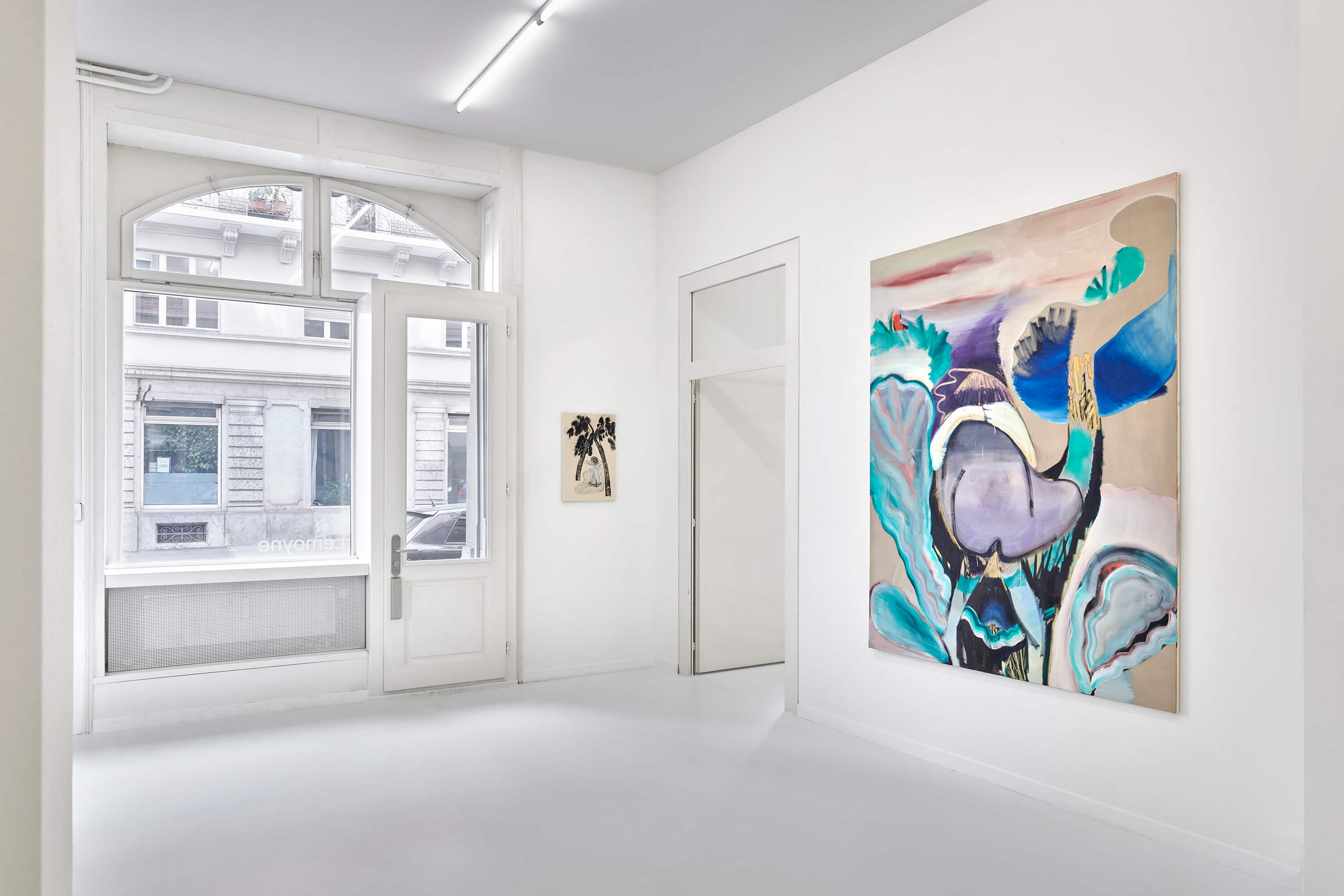
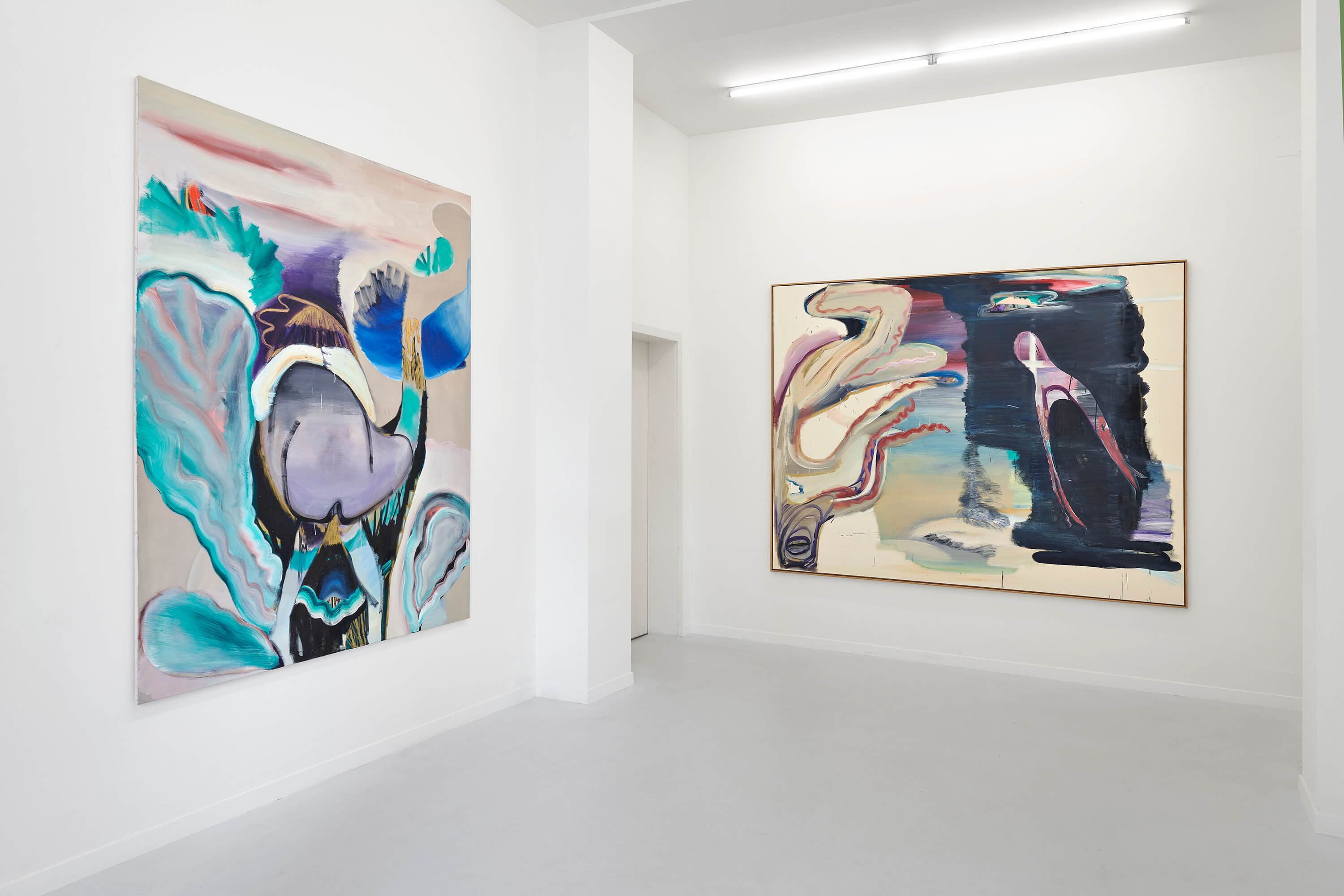
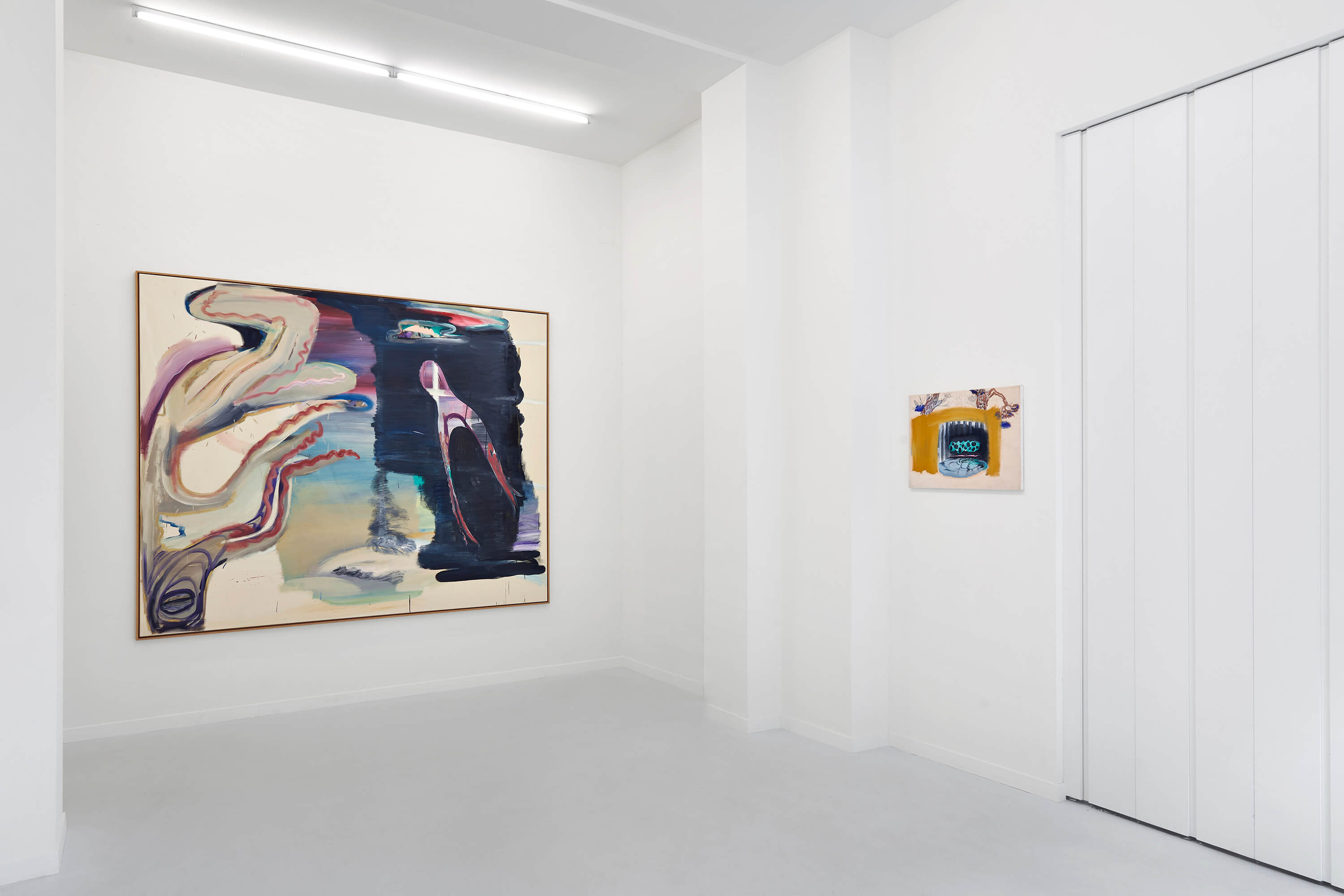
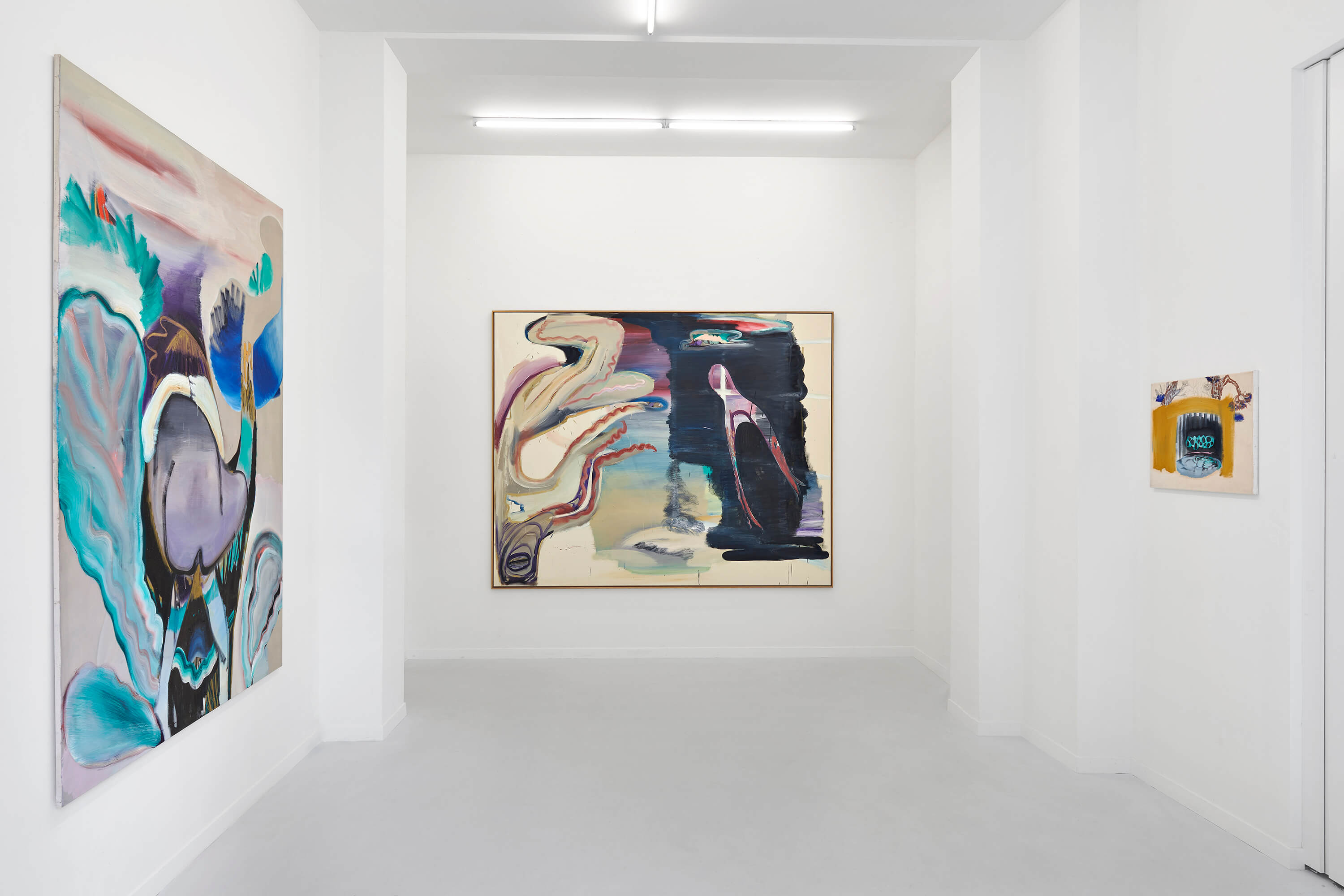
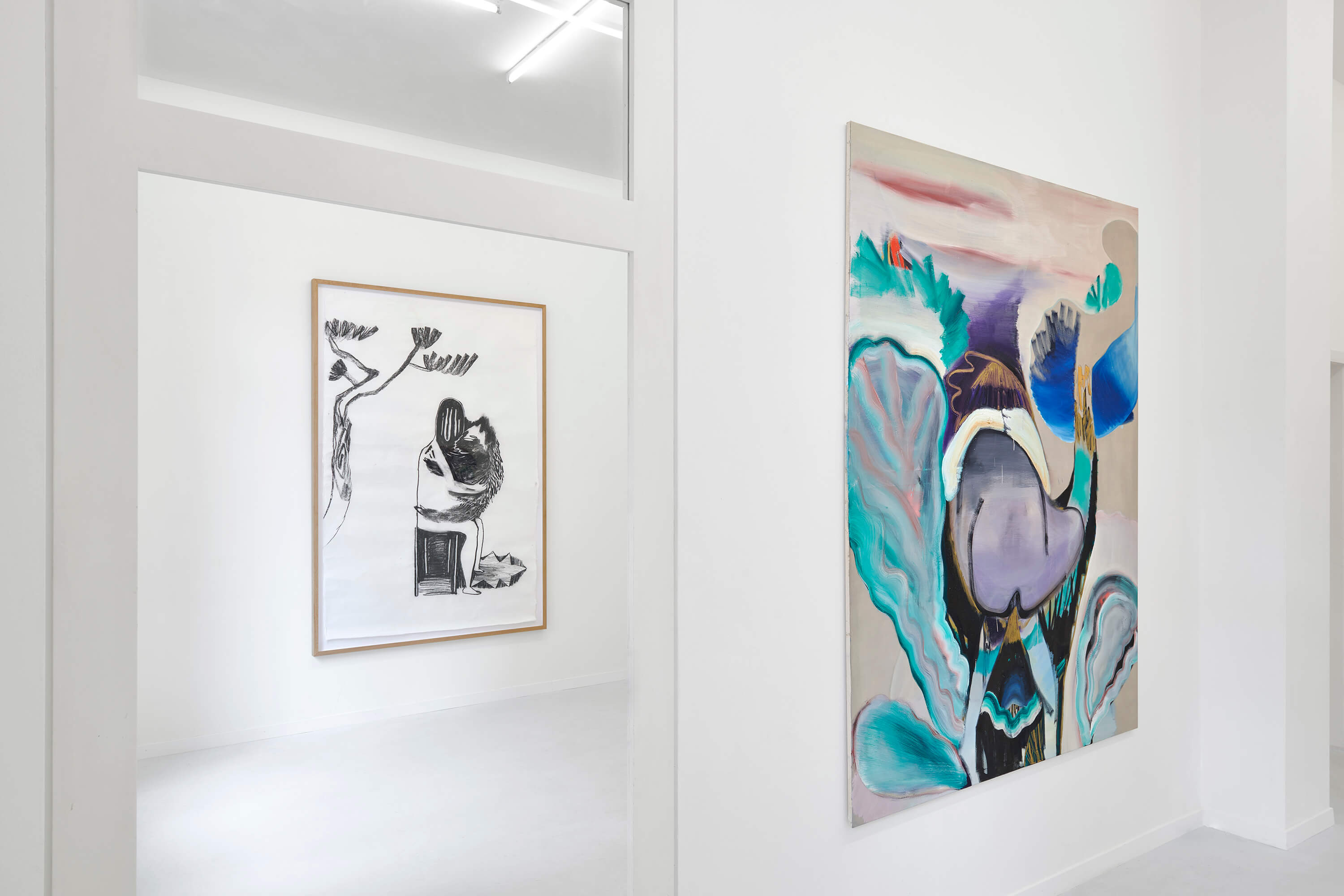
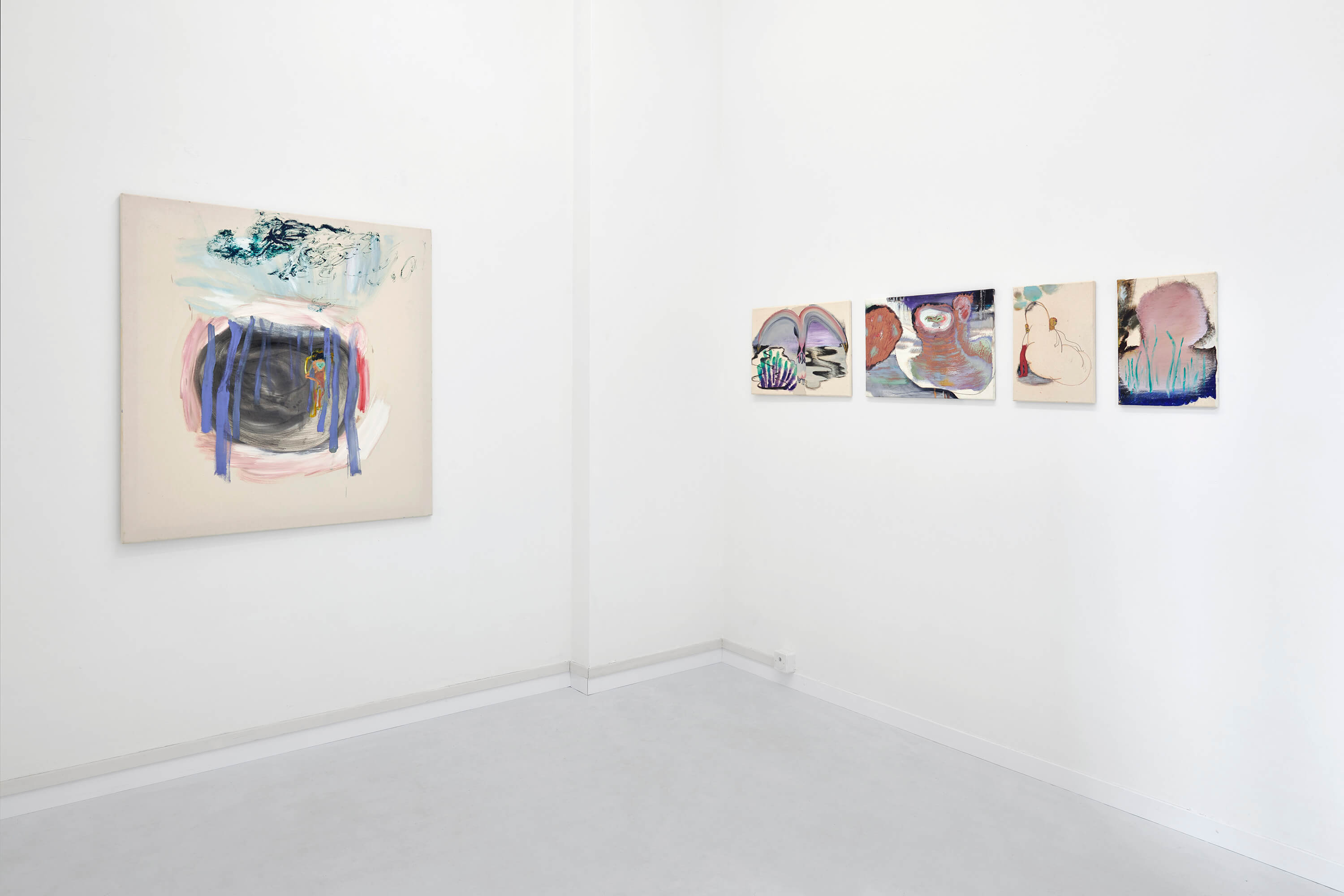


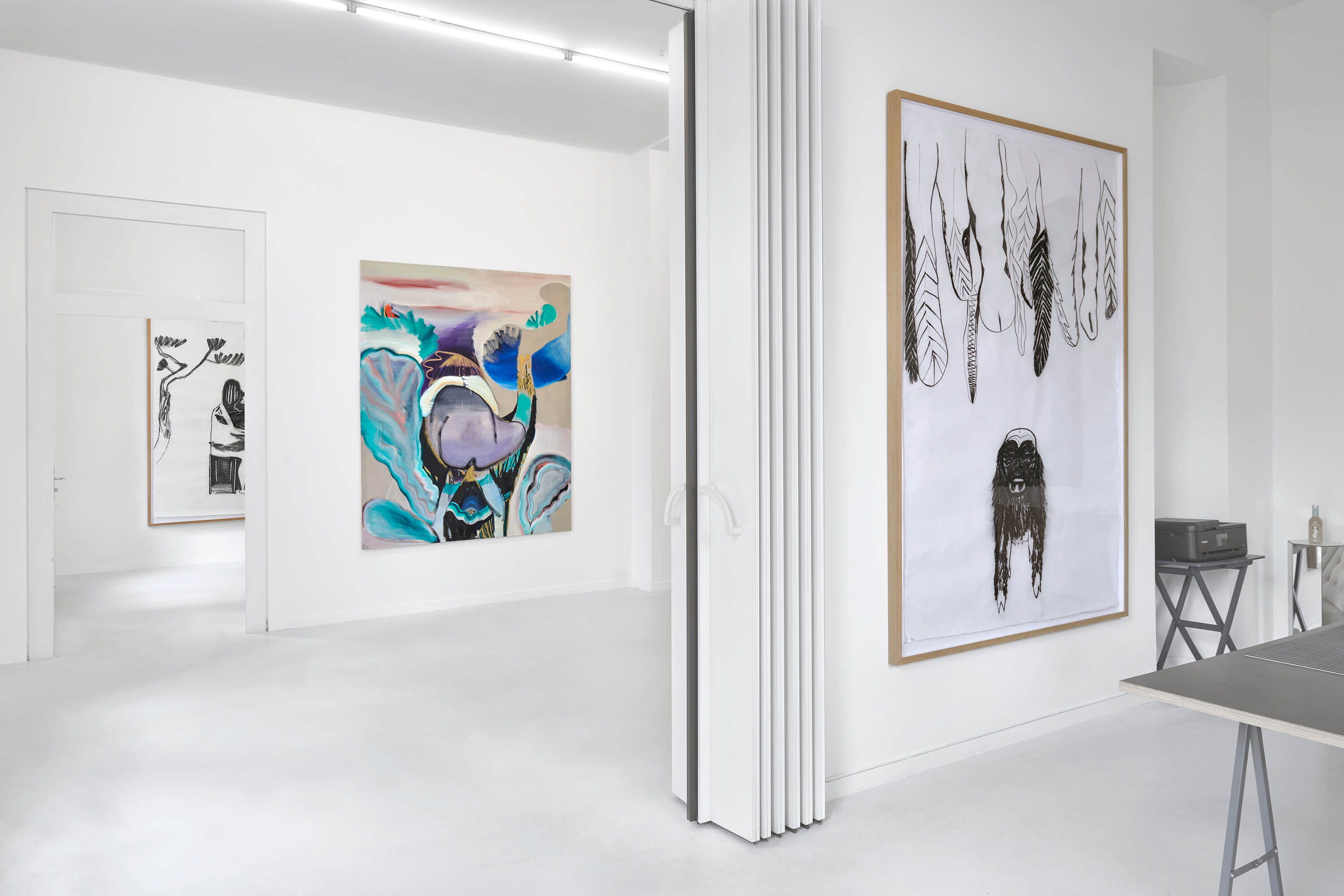
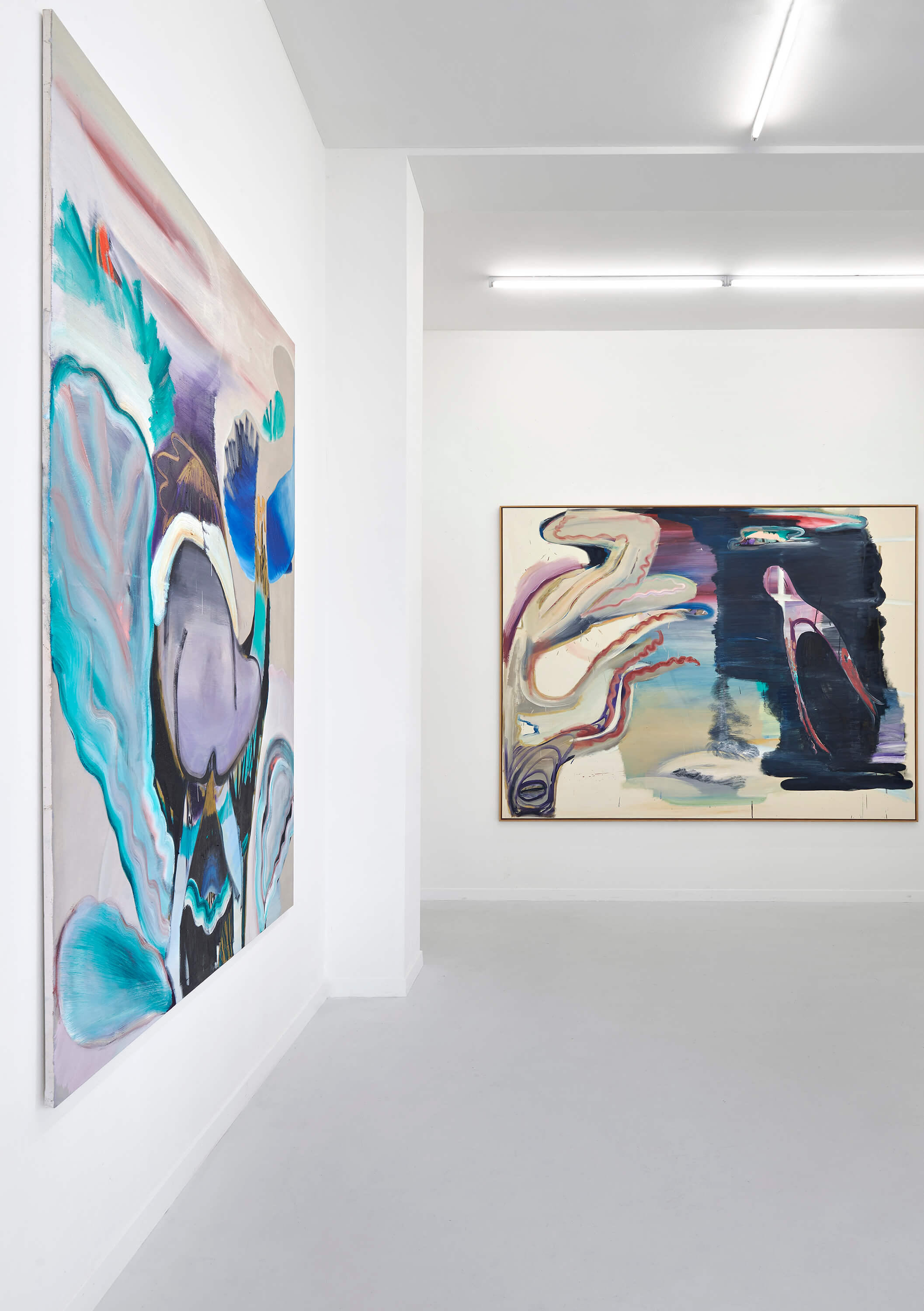
Agrofilia
Agrofilia
Agrofilia
Agrofilia
Agrofilia
Agrofilia
Agrofilia
Agrofilia is a love declaration, wrapped in obsession and fuelled by Carlos Fernández’ love for agriculture and all the processes involved in this field of knowledge. The artist from Costa Rica presents an intimate portrait of this passion by bridging together these processes and playing with the different layers hidden in the act of “fieldwork”, a term commonly used within the geographic sciences to describe methods of investigation and analysis strategies, which he employs to talk about the sometimes forgotten and often mundane agricultural labour.
The knowledge generated by the artist’s investigations is laid out in a layered rubric of metaphors, figures, and relations, which put the body in centre stage. The body is the basis of agricultural practices but nowadays its development is ever more dependant on automatization and robotic instruments, being able to carry out the work with astonishing precision. Though this may be good for production, it separates the body from the crop, the hand from the soil and the body, as a tool to explore space, from the field.
The artist introduces the idea of workout in agriculture as an educational tool, bringing it out of the gym and into the field. With his experience in teaching, Fernández is convinced of the importance of body training as a way of exercising the mind and labour as a playful but highly political way of developing posture. He fosters care as a product of agricultural labour and a physical process that allows our bodies to resonate with our minds. It is an embodied practice that quite literally brings food to the table and feeds the mind.
The drawings, Trazando Vínculos or Tracing Links, are a synthesis of the different temporalities of this work. They embody the transition from fieldwork to nourishment, ending at the moment when food arrives on the table and becomes a social act. It is an exploration of the different experiences of these agents into one single perspective.
The work Patrones or Patterns explores the formal language of the crop field by abstracting form and colour to create kaleidoscopic versions of this reality. These backgrounds trace movement through every stroke and provide rhythm to the exhibition, while hovering above the background, we can identify the single figurative element of the series and what Fernández considers the most important element of agronomy - the hat, a symbol of agriculture in the Global South.
Written by Violeta Burckhardt
Artist
Artist
Artist
Artist
Artist
Artist
Carlos Fernández
Opening
Opening
Opening
Opening
Opening
Opening
Saturday, September 4, 2 to 7 pm
Opening hours
Opening hours
Opening hours
Opening hours
Opening hours
Opening hours
Due to current circumstances by appointment only.
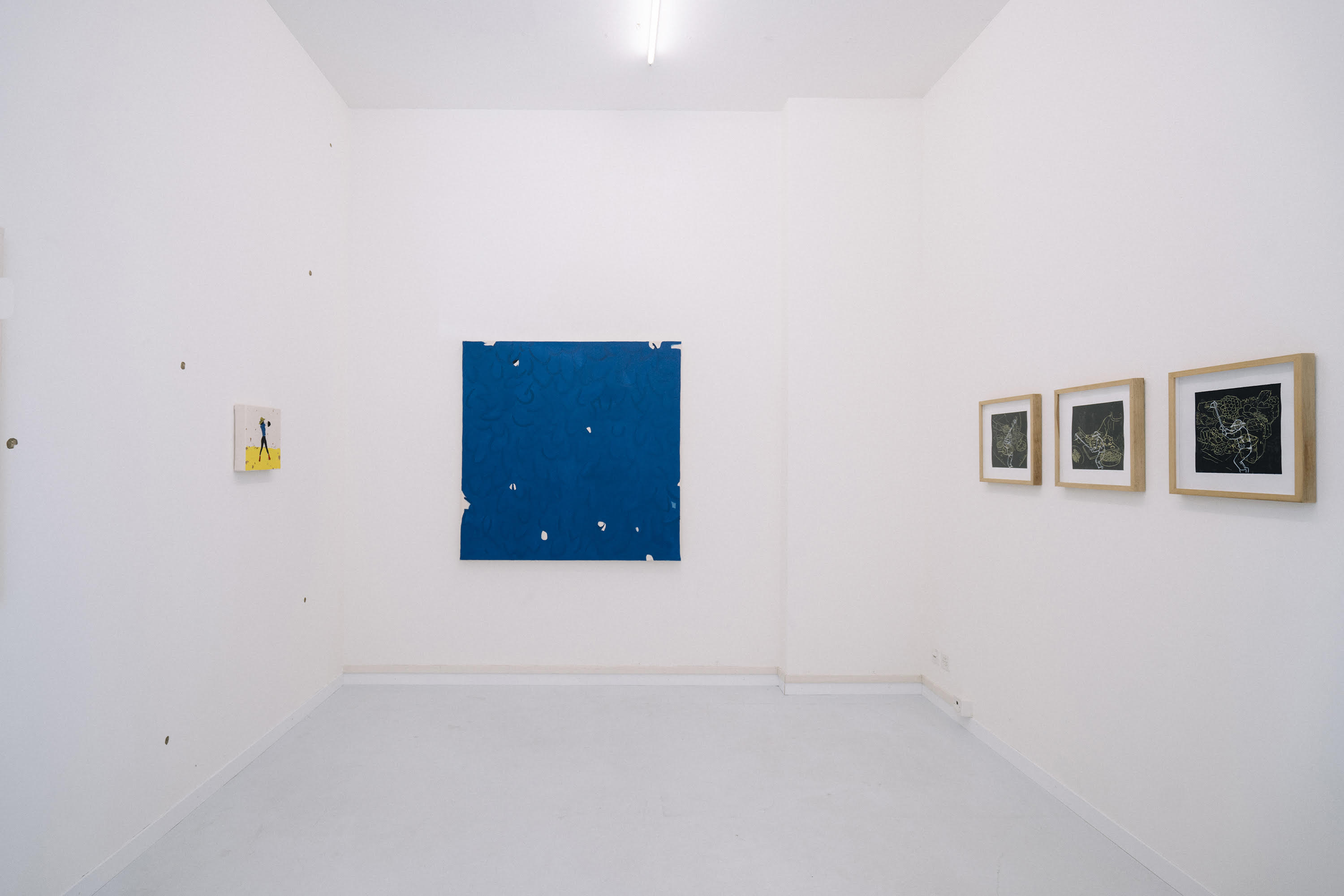
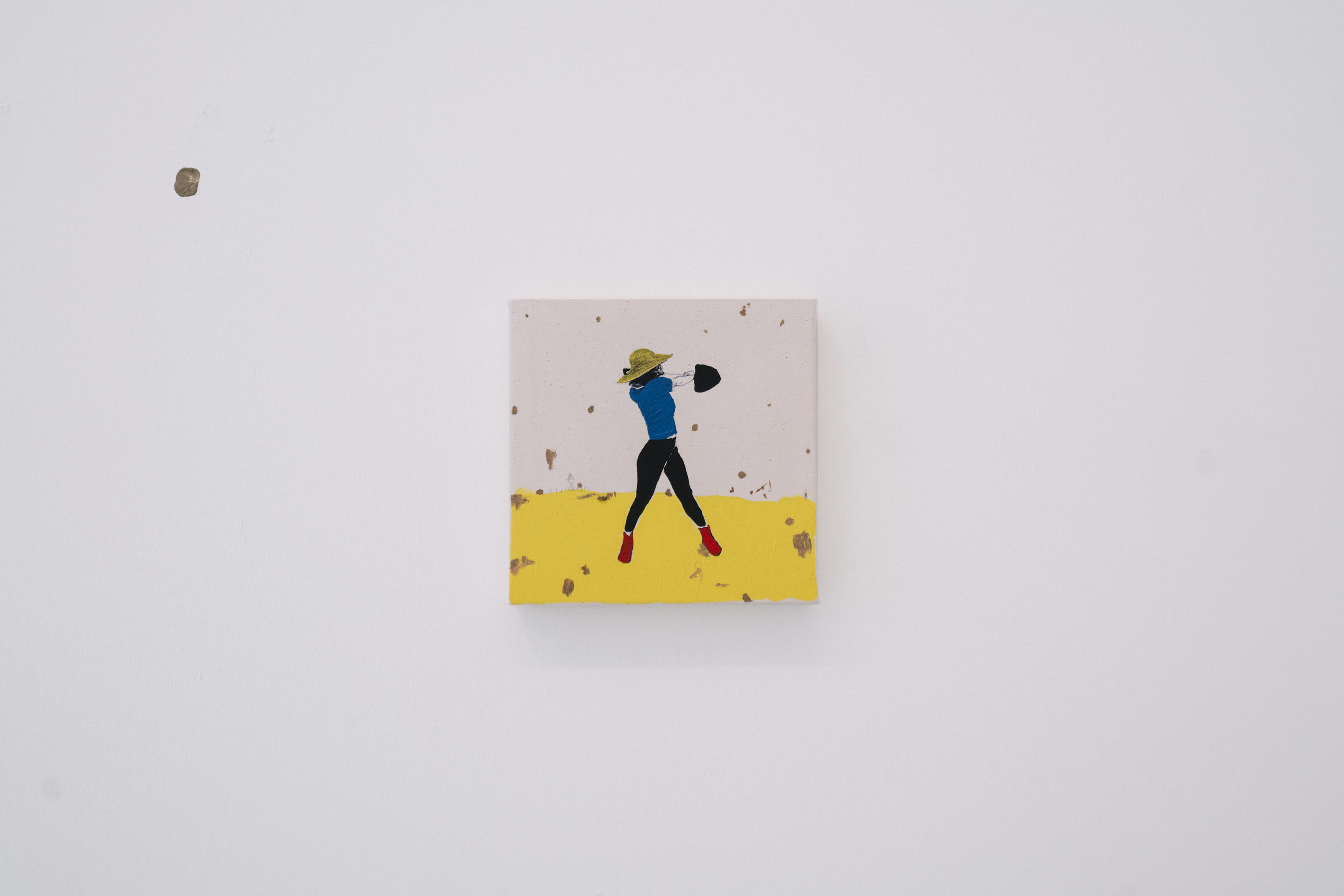

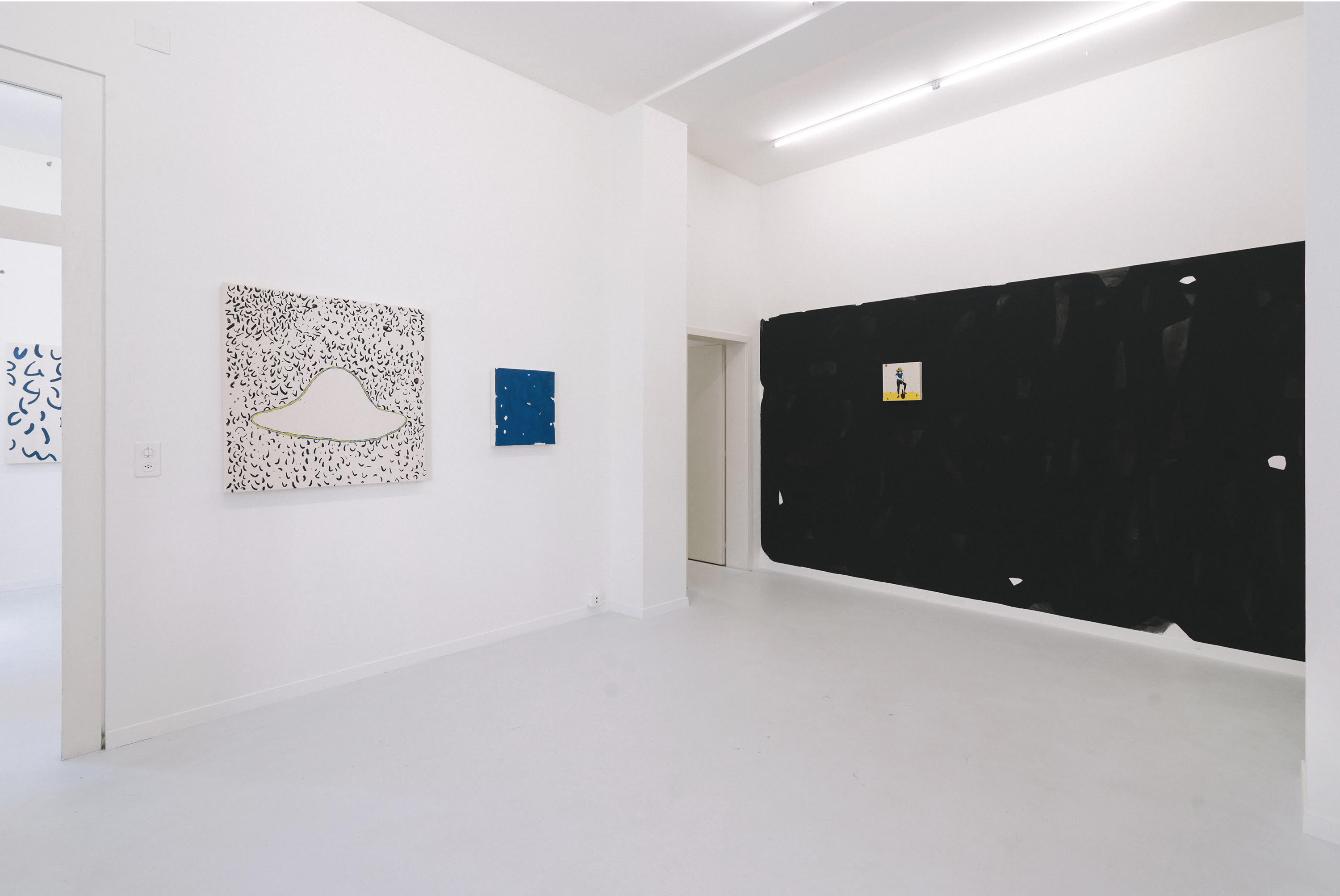
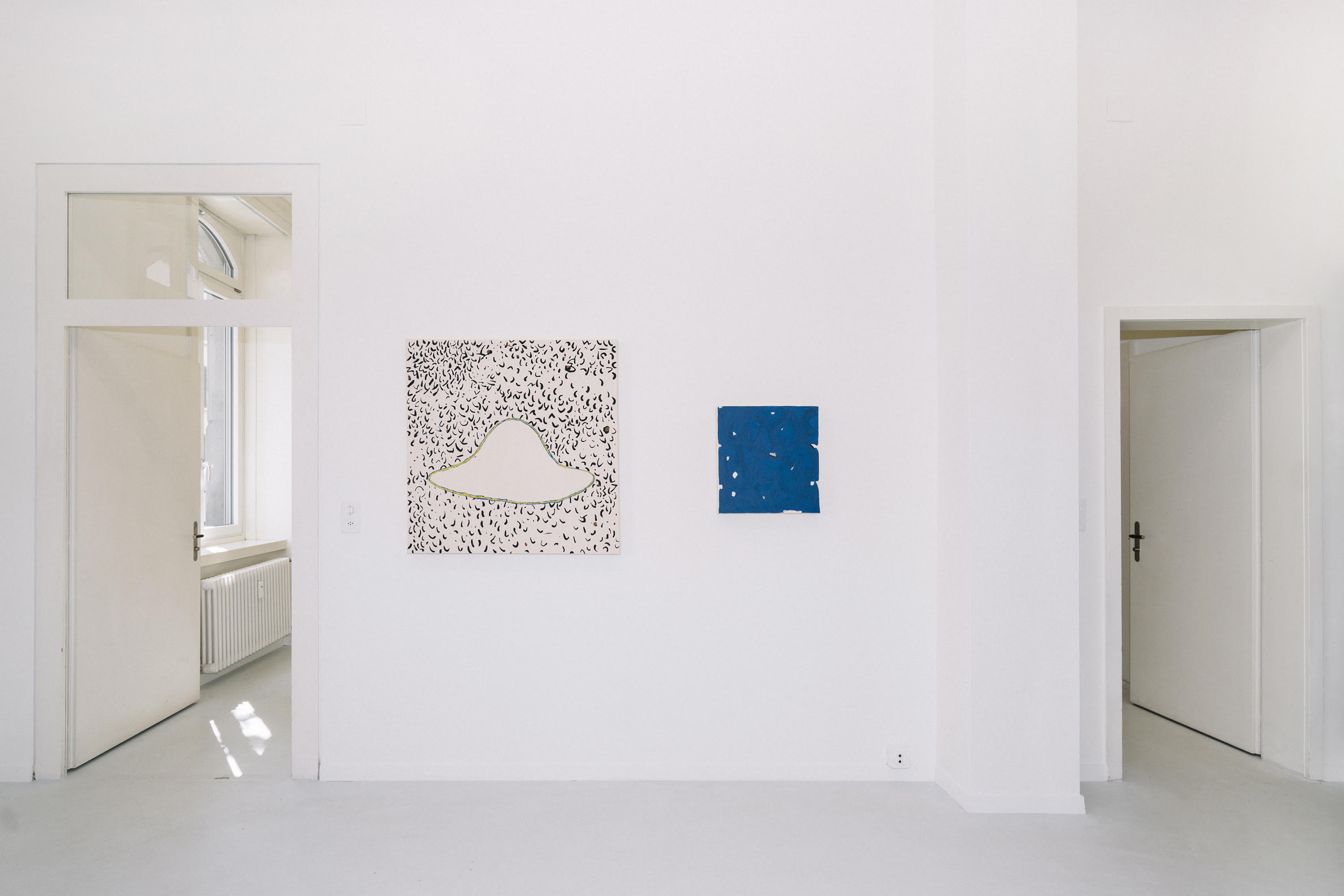
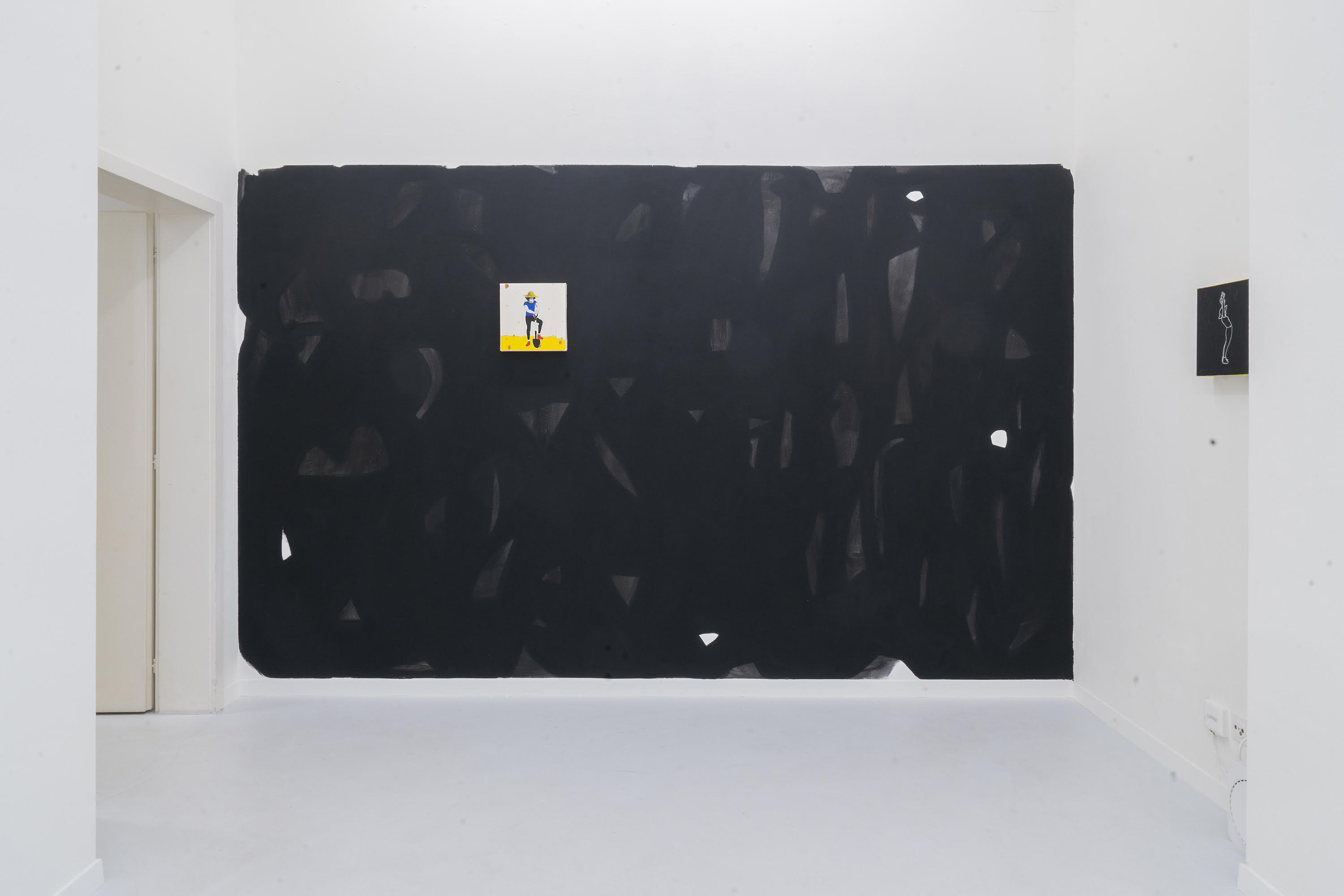
Nocturnal Correspondence
Nocturnal Correspondence
Nocturnal Correspondence
Nocturnal Correspondence
Nocturnal Correspondence
Nocturnal Correspondence
Nocturnal Correspondence
Download press kit
Lemoyne is happy to announce “Nocturnal Correspondence” a group show with new works by Monika Grabuschnigg and Martin Maeller.
“Nocturnal Correspondence” is an artistic exploration of melancholy and the deep longing for connection - topics that are central within Monika Grabuschniggs and Martin Maellers œuvre. Maellers multi-layered installations appear reduced and mostly monochrome by using shapes and imprints of found objects and everyday items. His work deals with states of mind as well as experiences of finitude, and is inspired, among other things, by mythology and pop culture. Grabuschnigg forms image carriers out of clay. Thematically the artist focuses on interpersonal relations, their underlaying structures and uncanny mindsets, which evoke enigmatic narratives. By juxtaposing the works of both artists they instantly conjure up correspondences: as if one were drawn into long nocturnal conversations in which they tell each other their secrets.
Artist
Artist
Artist
Artist
Artist
Artist
Monika Grabuschnigg and Martin Maeller
Curator
Curator
Curator
Curator
Curator
Curator
Olga Nevzorova
Opening
Opening
Opening
Opening
Opening
Opening
March 27 to 28, 2 to 7 pm
Exhibition dates
Exhibition dates
Exhibition dates
Exhibition dates
Exhibition dates
Exhibition dates
March 29 to April 25, 2021
Opening hours
Opening hours
Opening hours
Opening hours
Opening hours
Opening hours
Due to current circumstances by appointment only.
-(1-4)_2021.jpg)
 (1-3)_2020_Monotype_College bogey (1)_2019_Embroidered terrycloth.jpg)
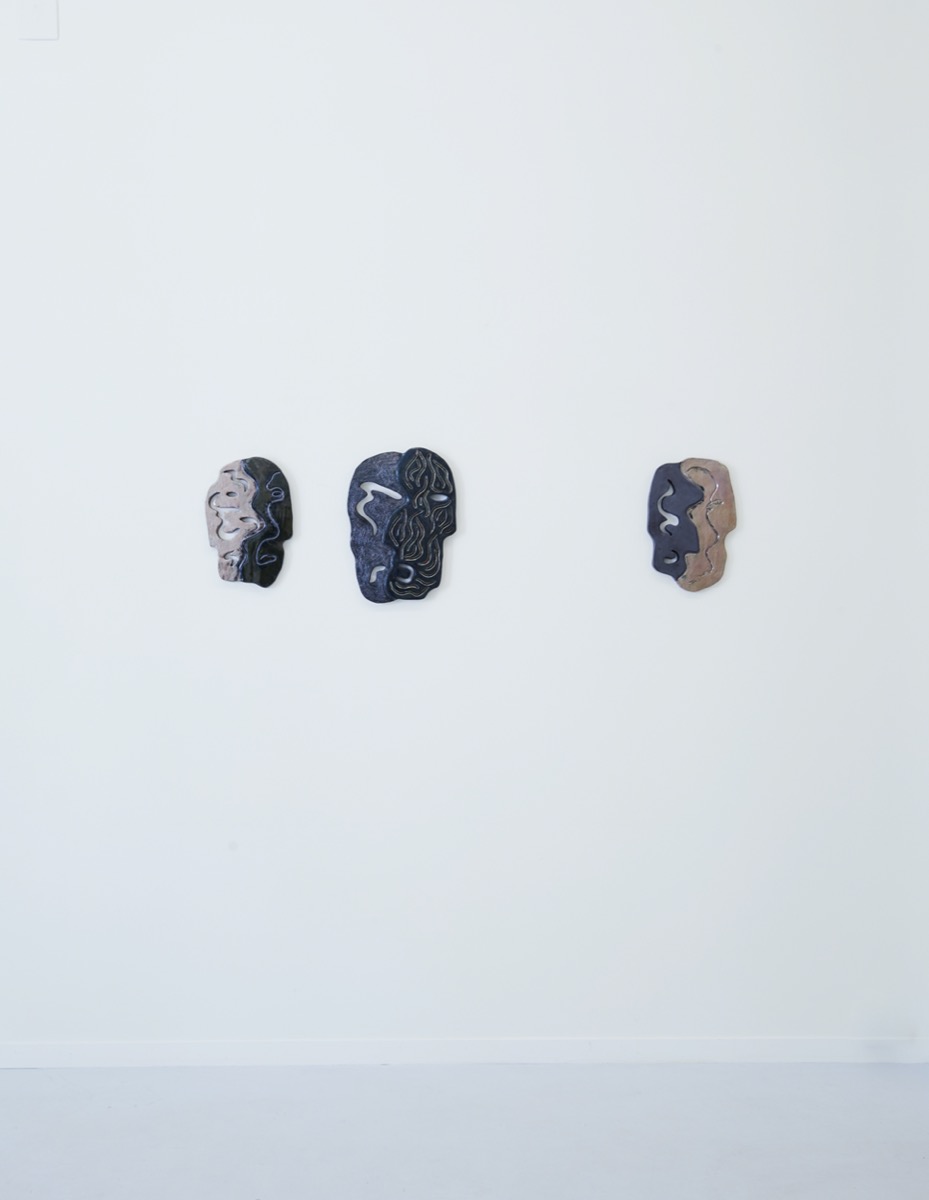
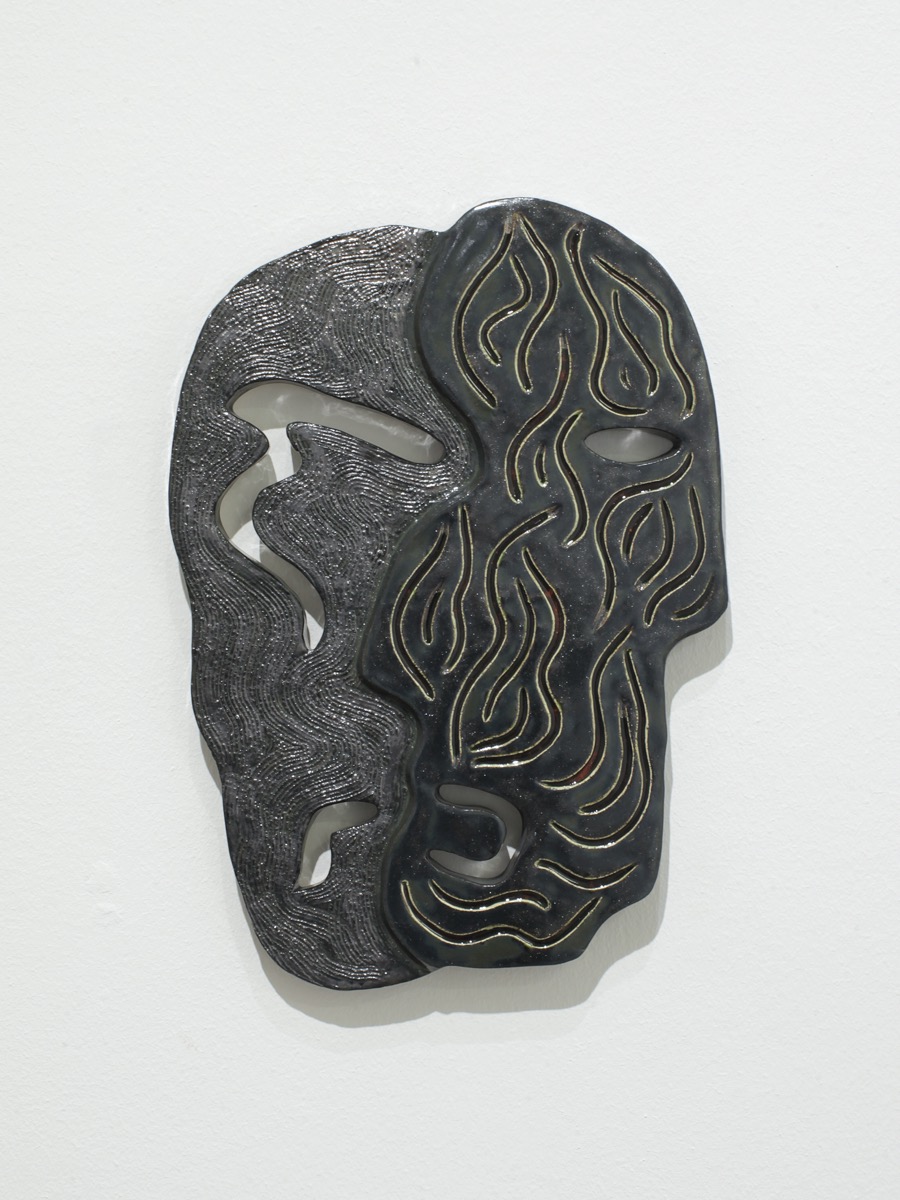
 (1-3)_2020-ongoing_Monotype_College bogey (1-2)_2019_Embroidered terrycloth.jpg)
_2019_Embroidered terrycloth.jpg)
 (4)_Toner on paper_20x28,5cm.jpg)
 (1-3)_2020-ongoing_Monotype.jpg)
 (1-4)_2021.jpg)
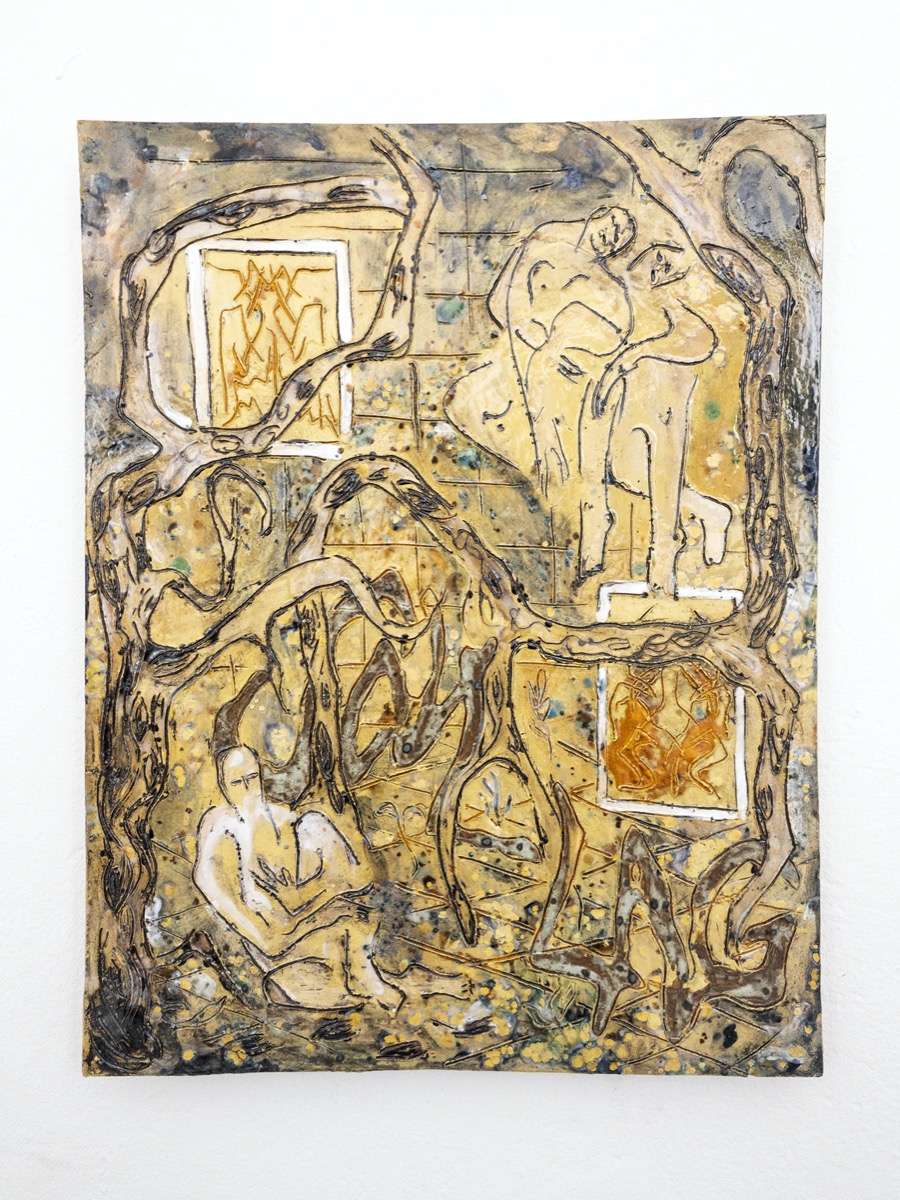
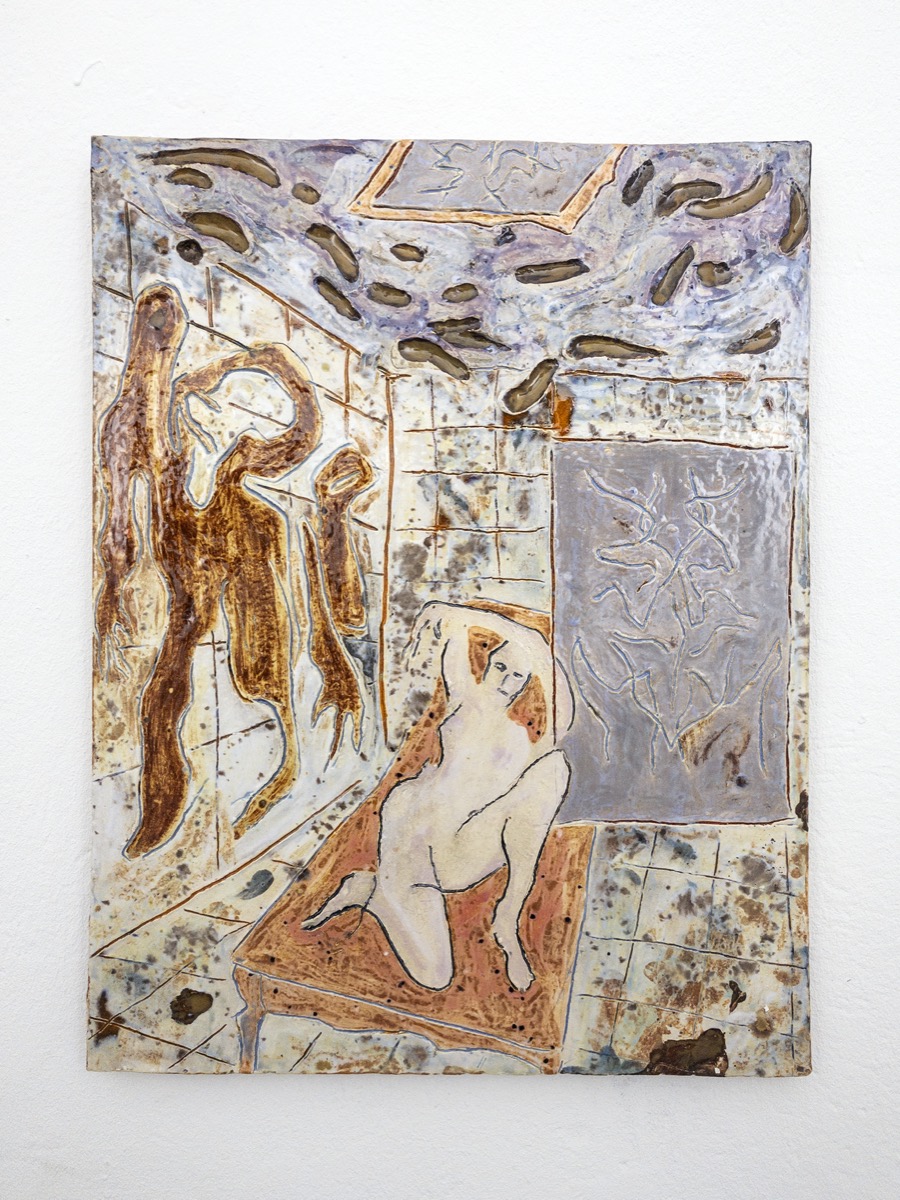
 (3)_detail_2020-ongoing_Monotype_89x154cm.jpg)
Strangers when we meet
Strangers when we meet
Strangers when we meet
Strangers when we meet
Strangers when we meet
Strangers when we meet
Strangers when we meet
Download press kit
Lemoyne is happy to announce Manuel Stehli’s first solo show in Zurich titled ‘strangers when we meet’.
In a time in which social media is sometimes the only way to interact with the outside world, Manuel Stehliʼs paintings examine current concepts of distance and intimacy.
The mostly large-scale paintings do not intend to tell concrete narratives, but rather to inspire individual confrontation through gestural and formal experiments. Stehli’s ordinary everyday scenes evoke a feeling of alienation, apathy and fatigue. The apparent intimacies that the artist implies between the portrayed, which are expressed in postures, gestures and facial expressions, vanish in another place into a moment of loneliness and isolation. Stehliʼs pictorial worlds fascinate us, as they turn us into voyeurs who try unsuccessfully to connect with what is visualized and, just like in the digital world, let us fail due to the limit of physical distance.
Lemoyne is happy to announce Manuel Stehli’s first solo show in Zurich titled ‘strangers when we meet’.
In a time in which social media is sometimes the only way to interact with the outside world, Manuel Stehli's paintings examine current concepts of distance and intimacy. The mostly large-scale paintings do not intend to tell concrete stories, but rather to inspire individual confrontation through gestural and formal experiments. Stehli’s ordinary everyday scenes evoke a feeling of alienation, apathy and fatigue. The apparent intimacies that the artist implies between the portrayed, which are expressed in postures, gestures and facial expressions, vanish in another place into a moment of loneliness and abstraction.
These portraits are not portraits in a literal sense, but rather placeholders, as Stehli often uses stock images, Instagram profiles, games, and art historical references as inspiration for his motifs. He is particularly interested in clichéd poses, stereotypical gestures and facial expressions that inhabit the countless Instafeeds and games. In contrast to Marianne Wex, for example, who in the 1970s due to her extensive studies unmasked gender-typical gestures and facial expressions as performatively trained stereotypes, in Stehli's work attributes such as gender, as well as skin color, ethnicity or individual style play a minor role. The artist does not allow any references to real persons, but instead synthesizes many into one, creates persons without personality, Menschen ohne Eigenschaften. Only minimal gestures and postures - for example, the position of a hand or an arm – make them seem to be alive and therefore become signifiers.
Stehli’s sitters do not seek eye contact, they have no interest in interacting with each other or with us. In untitled (2020) two people lean against a counter, turned towards each other, their hands casually placed in their pockets. Their bodies seem to know each other, as they stand close to each other, touching, merging. At the same time, however, both stare with disinterest into the void, in different directions, expressionless and almost bored - as if they were strangers - or have become strangers. With the help of painterly methods, such as color scheme, gradations and overlapping color fields, but also picture details, Stehli succeeds in creating certain emotional worlds, oscillating between distance and intimacy and thereby questioning boundaries.
Stehli’s architectural motifs and landscapes are also often simulations. He borrows them from computer games and then deconstructs them to unveil their formal structure. These reproductions of reproductions are as inaccessible as Stehli’s portraits. The knowledge of their constructed nature is the very reason why it is impossible to identify with them, thereby exposing the artificiality of the digital world. Nevertheless, Stehli's pictorial worlds fascinate us, as they turn us into voyeurs who try unsuccessfully to connect with what is visualized and, just like in the digital world, let us fail due to the limit of physical distance.
Stehli studied art in Leipzig and London and lives and works in Berlin.
Text by Kristin Brüggemann
Artist
Artist
Artist
Artist
Artist
Artist
Manuel Stehli
Opening
Opening
Opening
Opening
Opening
Opening
Friday, October 2, 5 to 9 pm.
Exhibition dates
Exhibition dates
Exhibition dates
Exhibition dates
Exhibition dates
Exhibition dates
October 3 to 31, 2020 - extended until November 7, 2020
Opening hours
Opening hours
Opening hours
Opening hours
Opening hours
Opening hours
Due to current circumstances by appointment only.

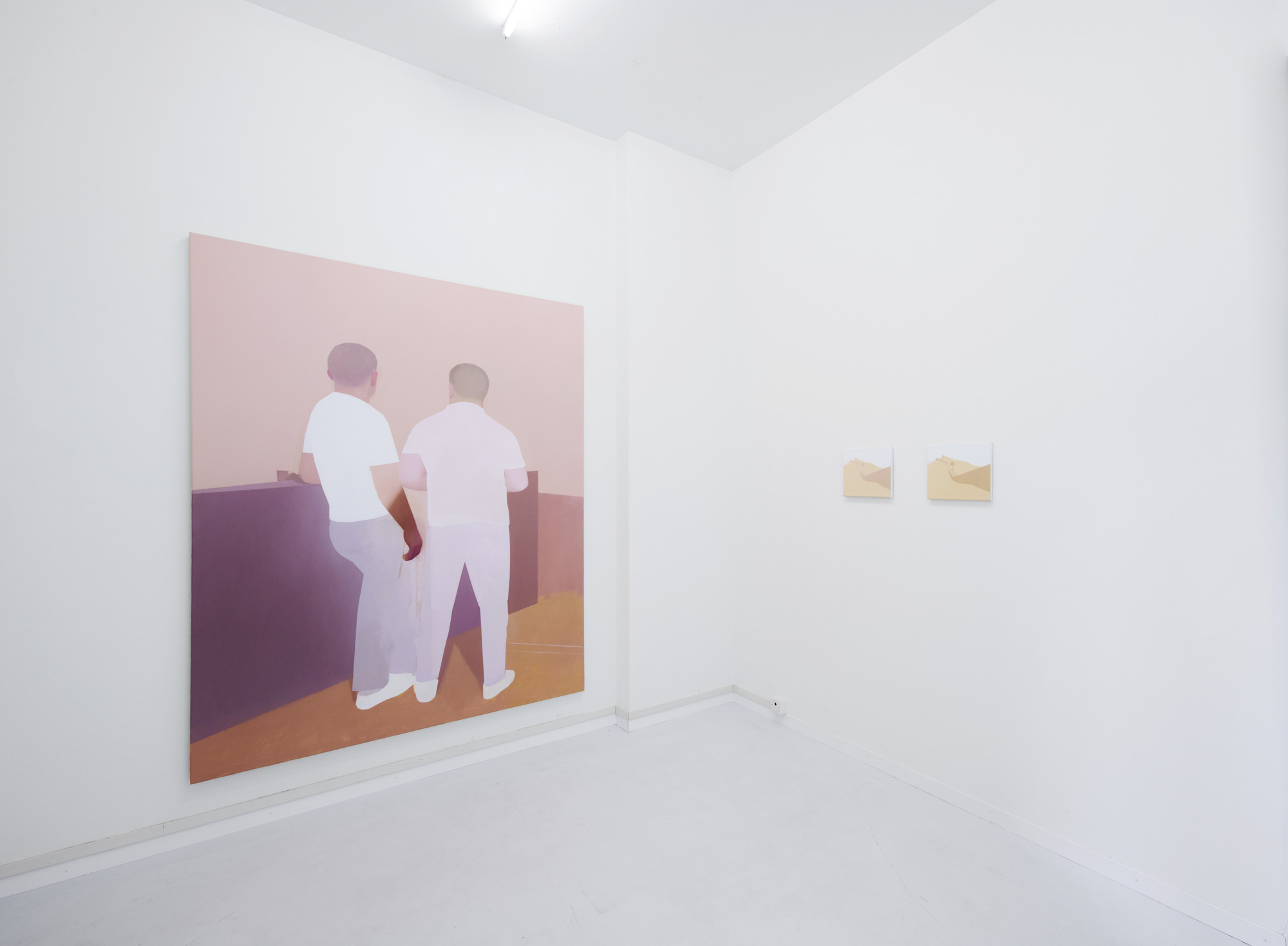
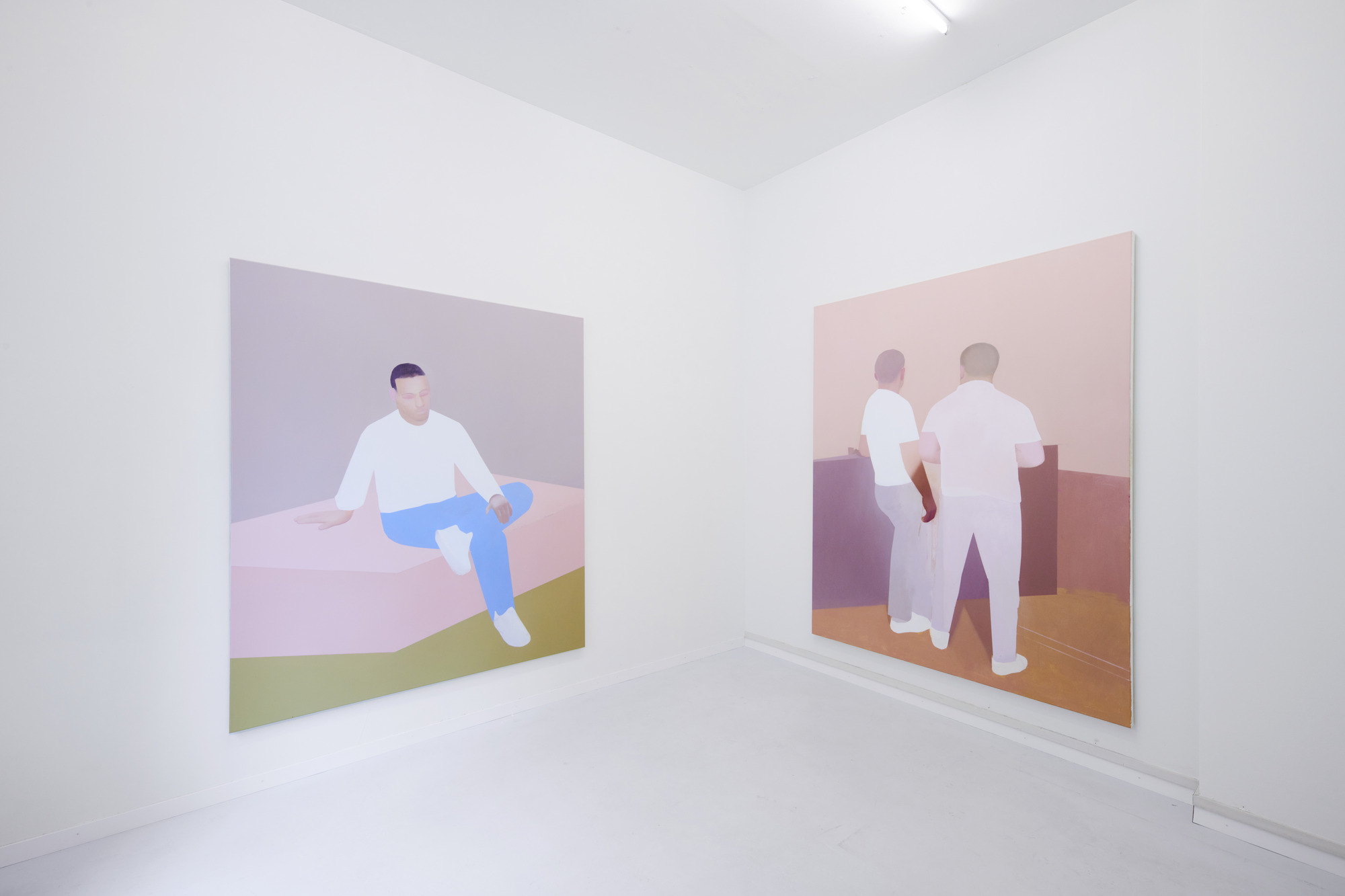

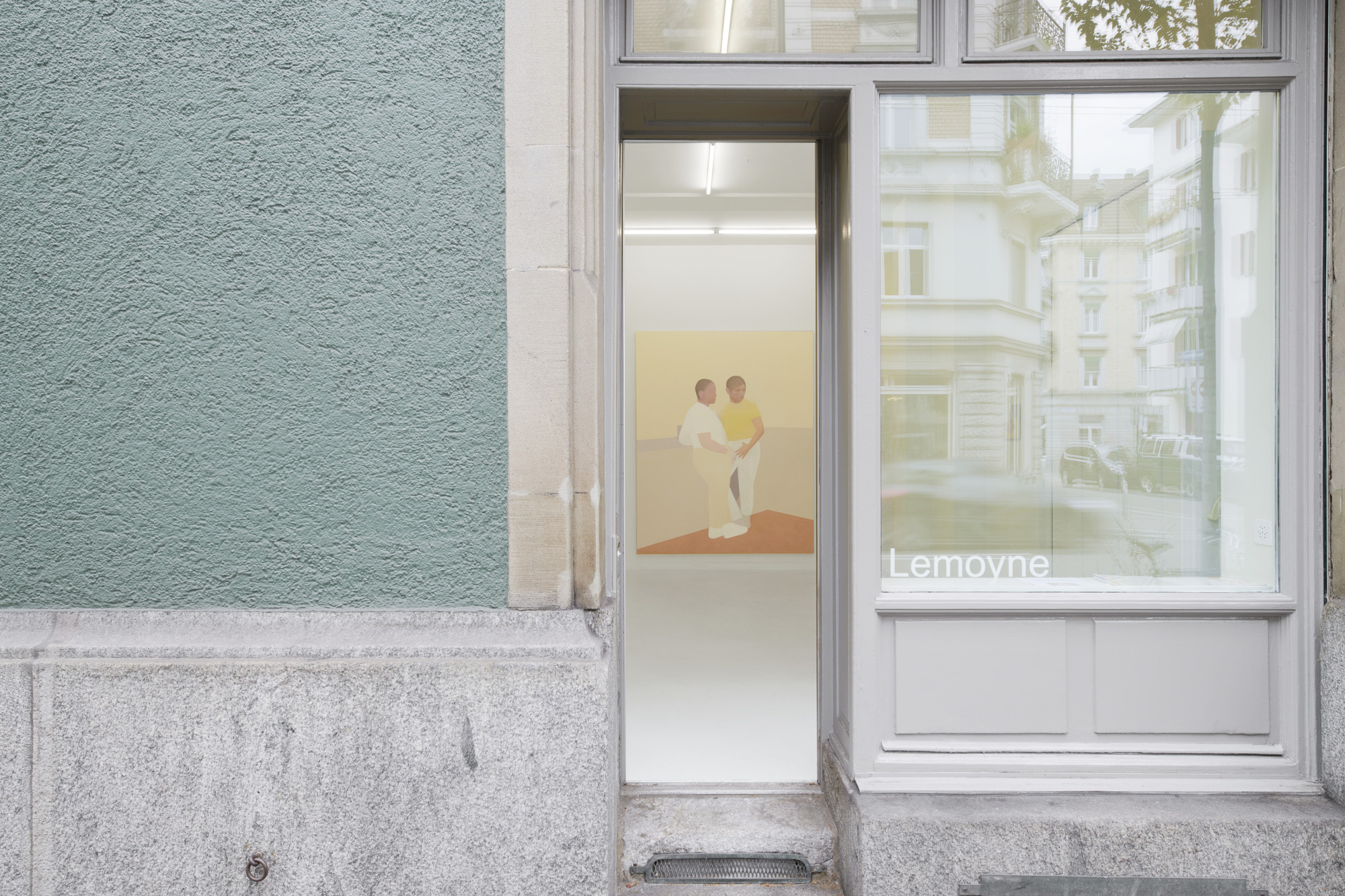
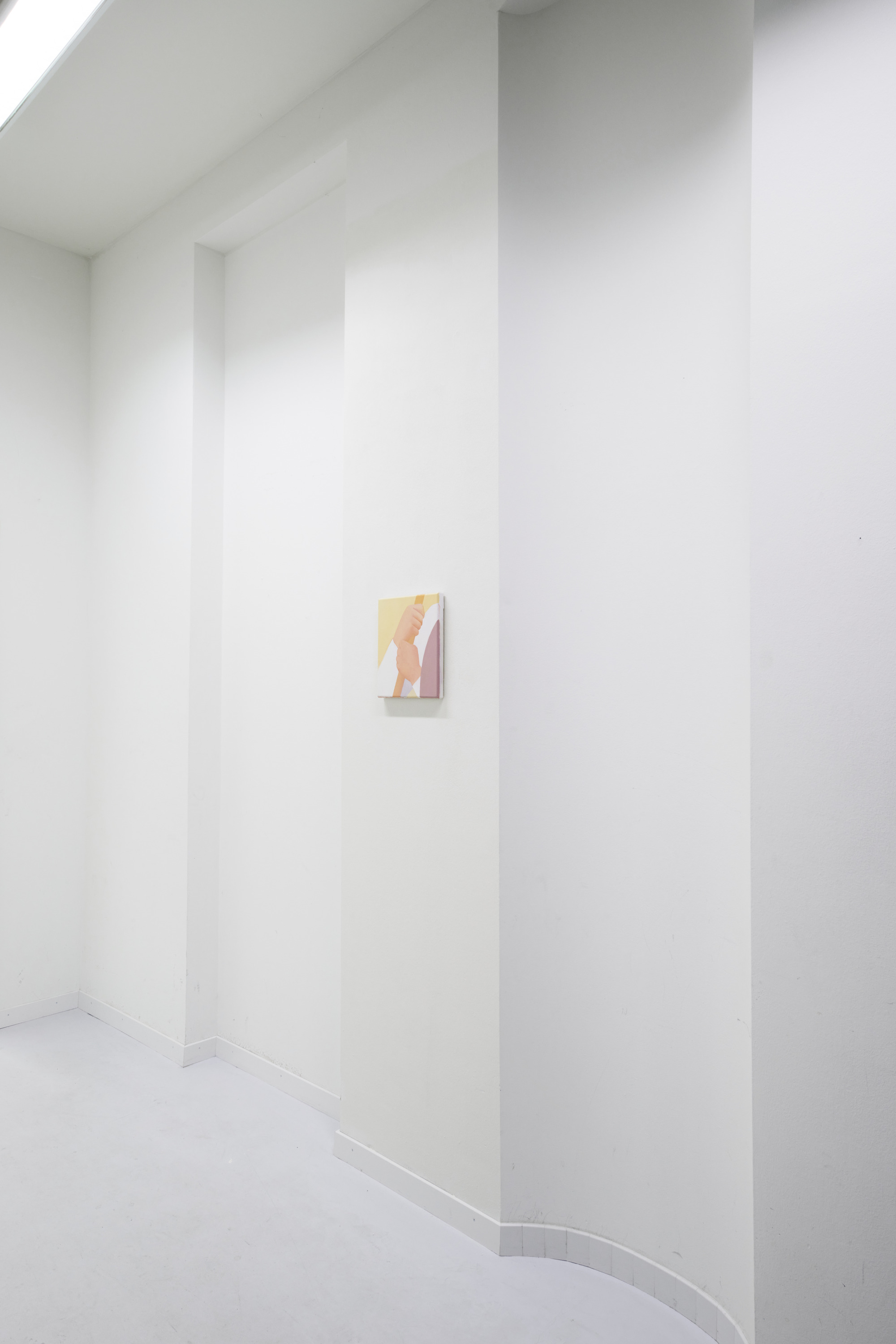
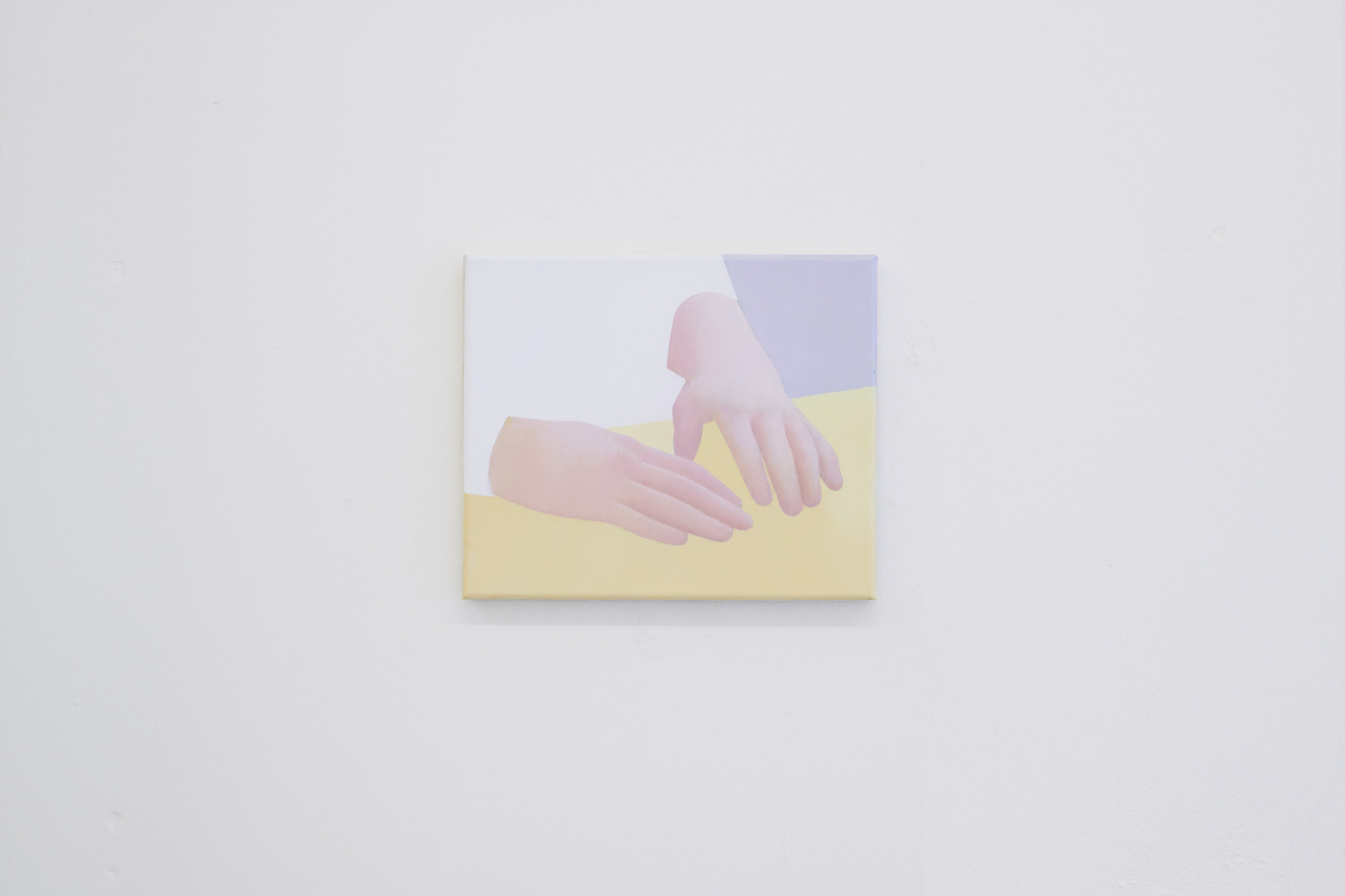

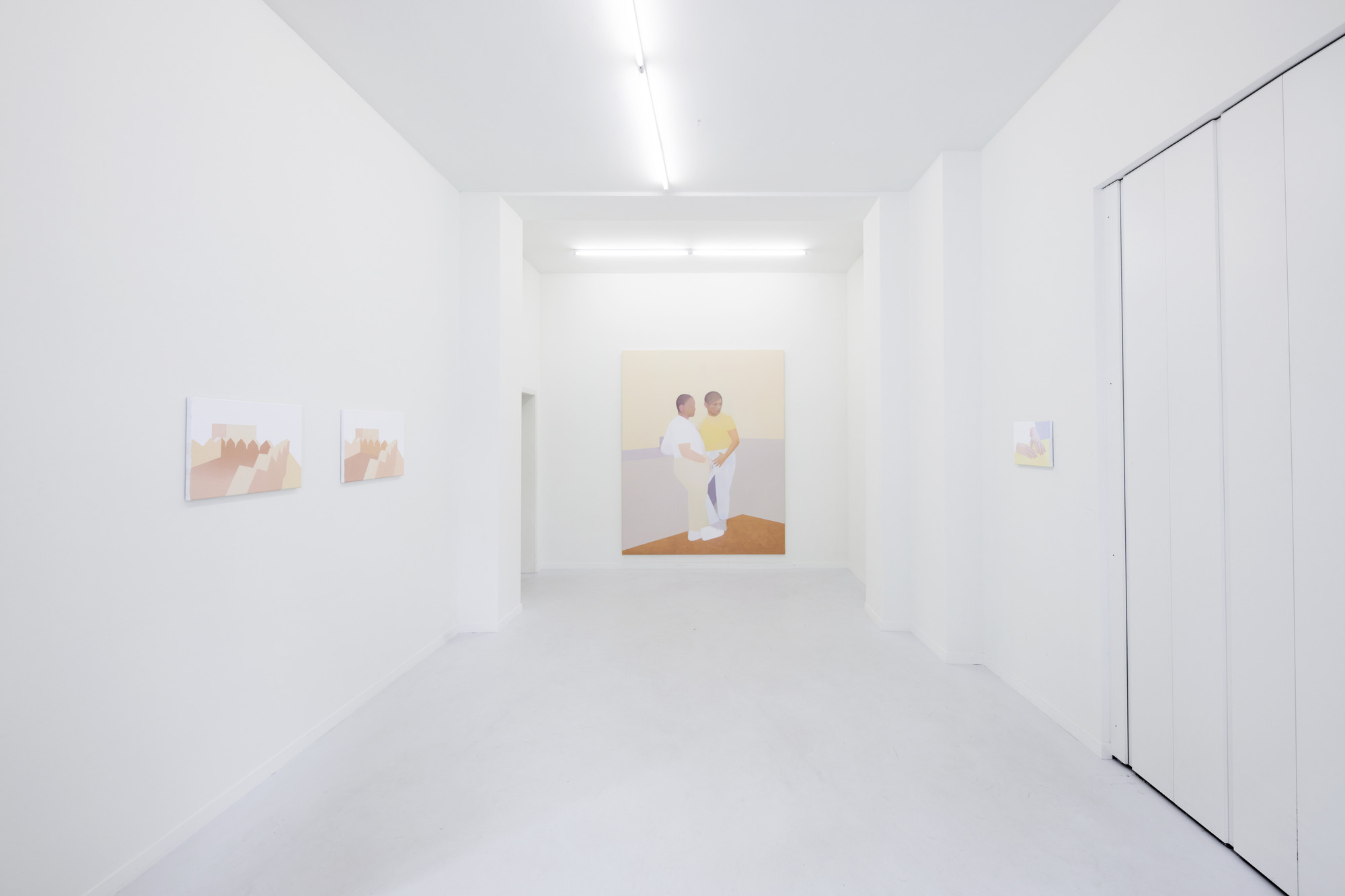
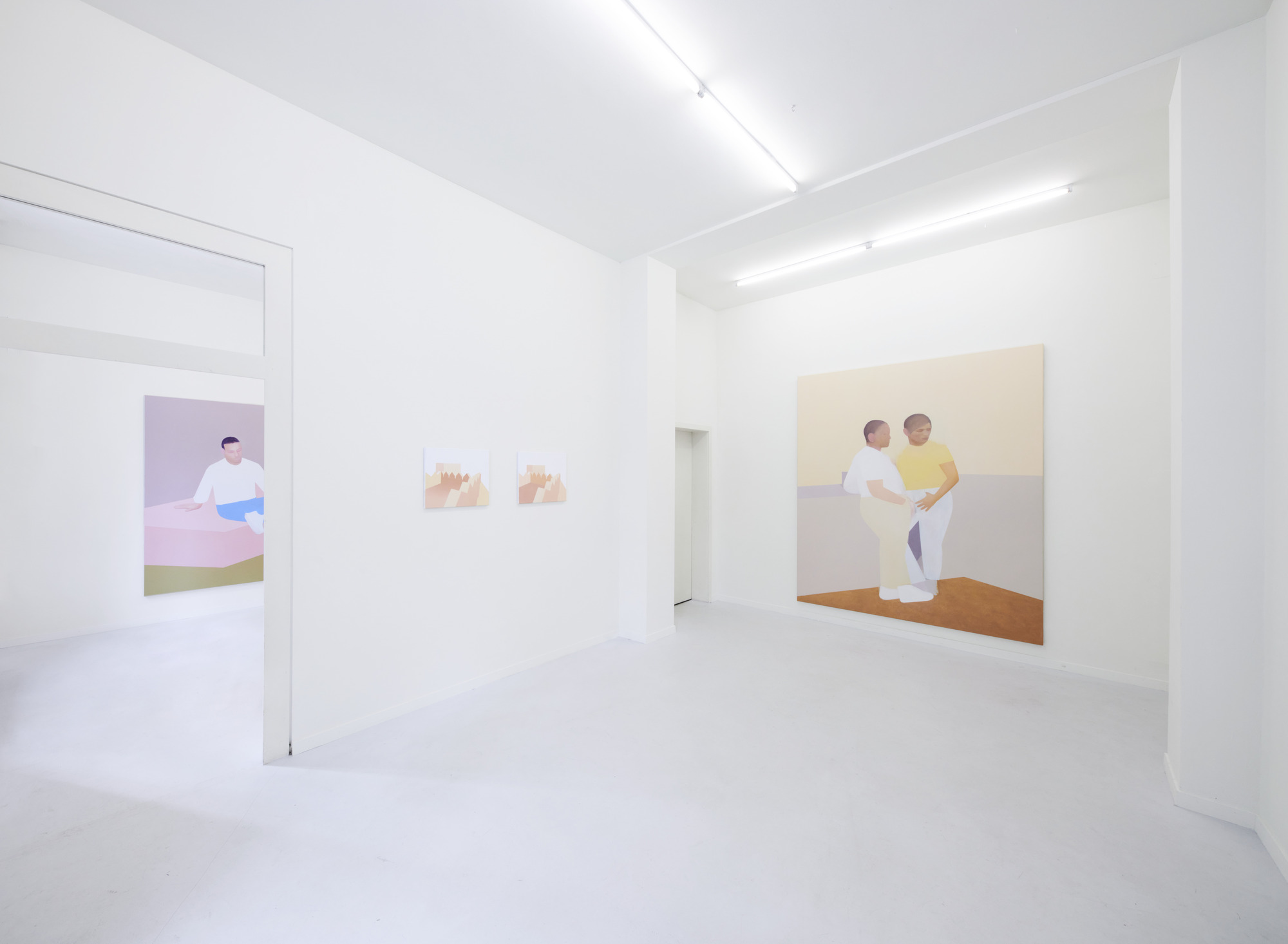
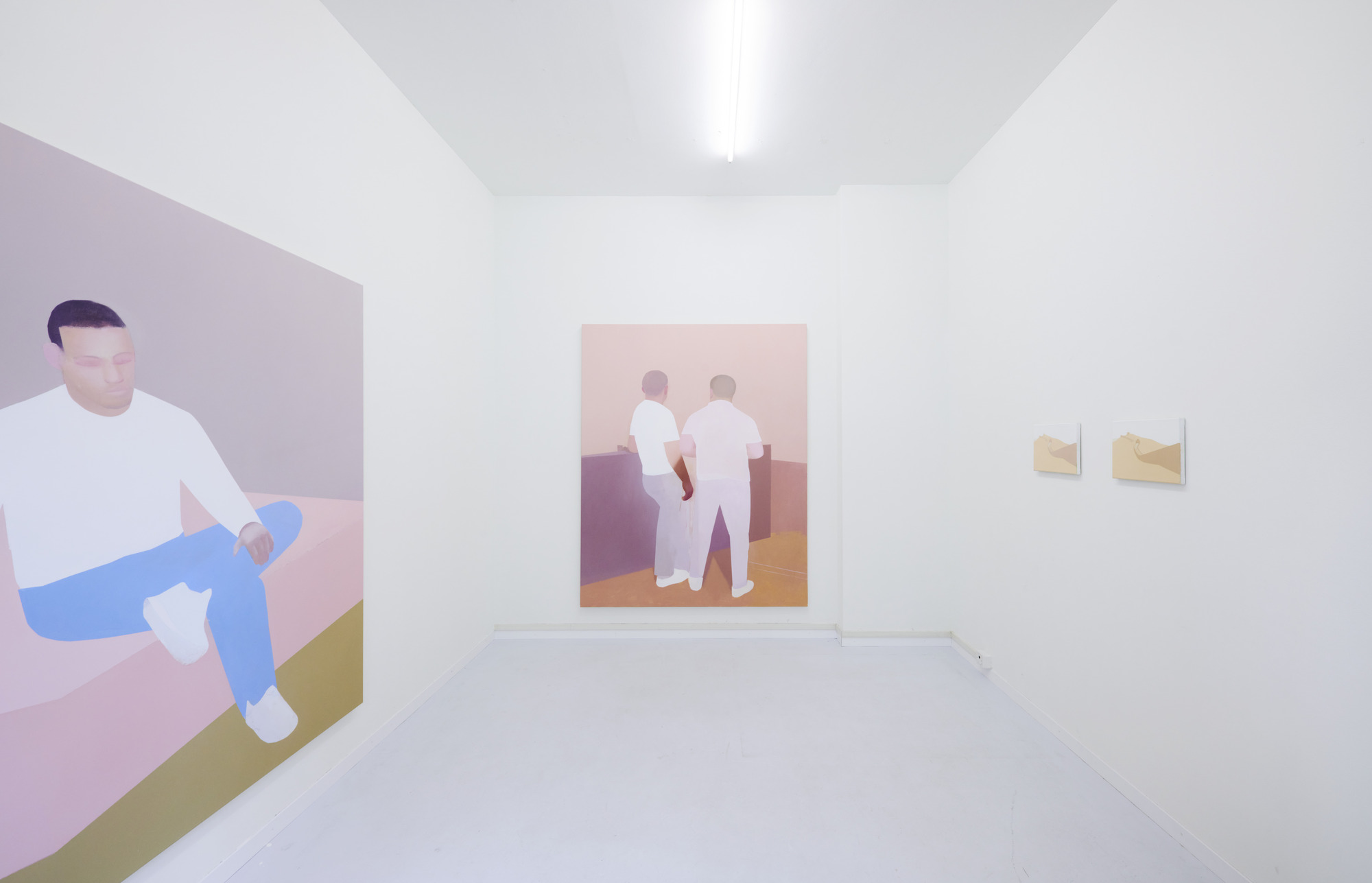
Bottom Up
Bottom Up
Bottom Up
Bottom Up
Bottom Up
Bottom Up
Bottom Up
Lemoyne is happy to announce Malte Bartsch's (*1984) first solo show in Zurich titled ‘Bottom Up’. In this exhibition, the Berlin-based artist explores themes of innovation, labor and the relationship between man and machine that are recurrent in his œuvre. The so-called ‘bottom-up approach’ describes the optimization of work processes from ‘bottom to top’. In this process, an increased and thus more profitable work performance is achieved by giving employees the right of co-determination with regard to certain projects and processes, thereby stimulating their motivation. This process culminates in an apparent freedom that is particularly popular in times of tech start-ups, which have now grown into giants, and is part of their innovation-driven success. In his exhibition ‘Bottom Up’, Malte Bartsch discusses what technological progress, competition and labor can stand for in an age of technology and globalization. The measurability of success and optimization is questioned, as well as the inability of humans to deal with their own failure.
Artist
Artist
Artist
Artist
Artist
Artist
Malte Bartsch
Opening
Opening
Opening
Opening
Opening
Opening
Sunday, September 6, 2 to 7 pm.
Exhibition dates
Exhibition dates
Exhibition dates
Exhibition dates
Exhibition dates
Exhibition dates
September 7 to 26, 2020
Opening hours
Opening hours
Opening hours
Opening hours
Opening hours
Opening hours
Saturdays, 3 – 7 pm and by appointment.
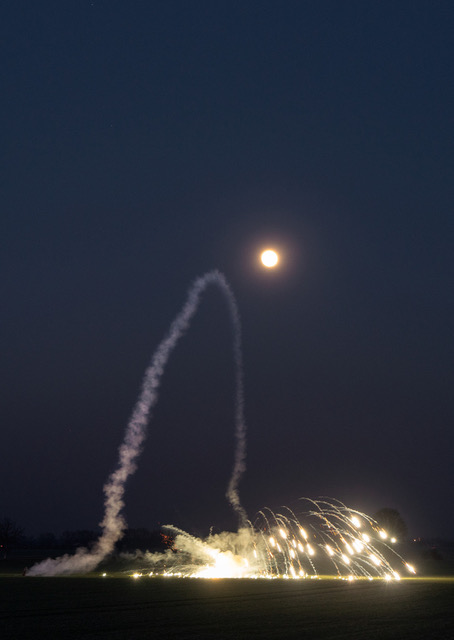
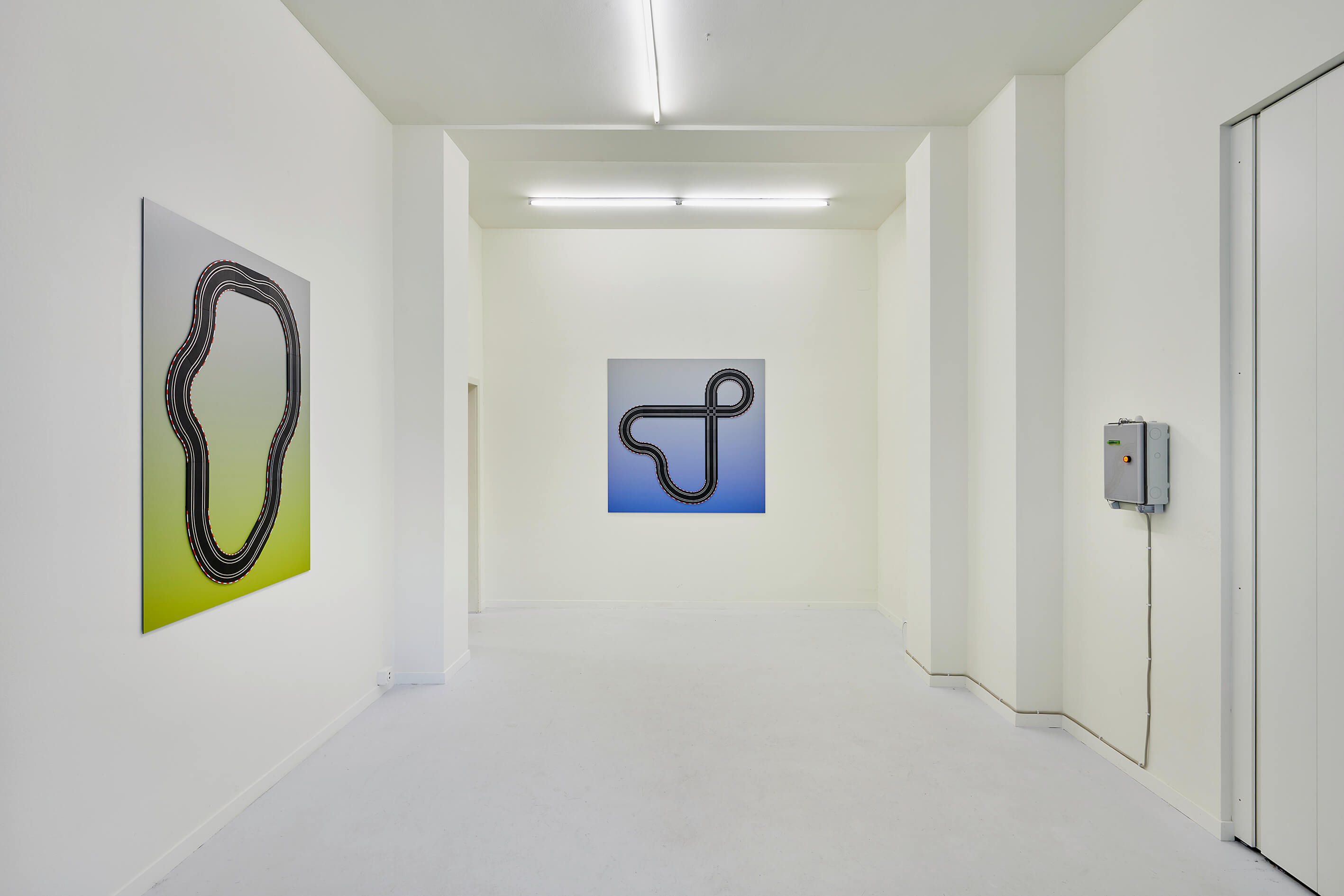
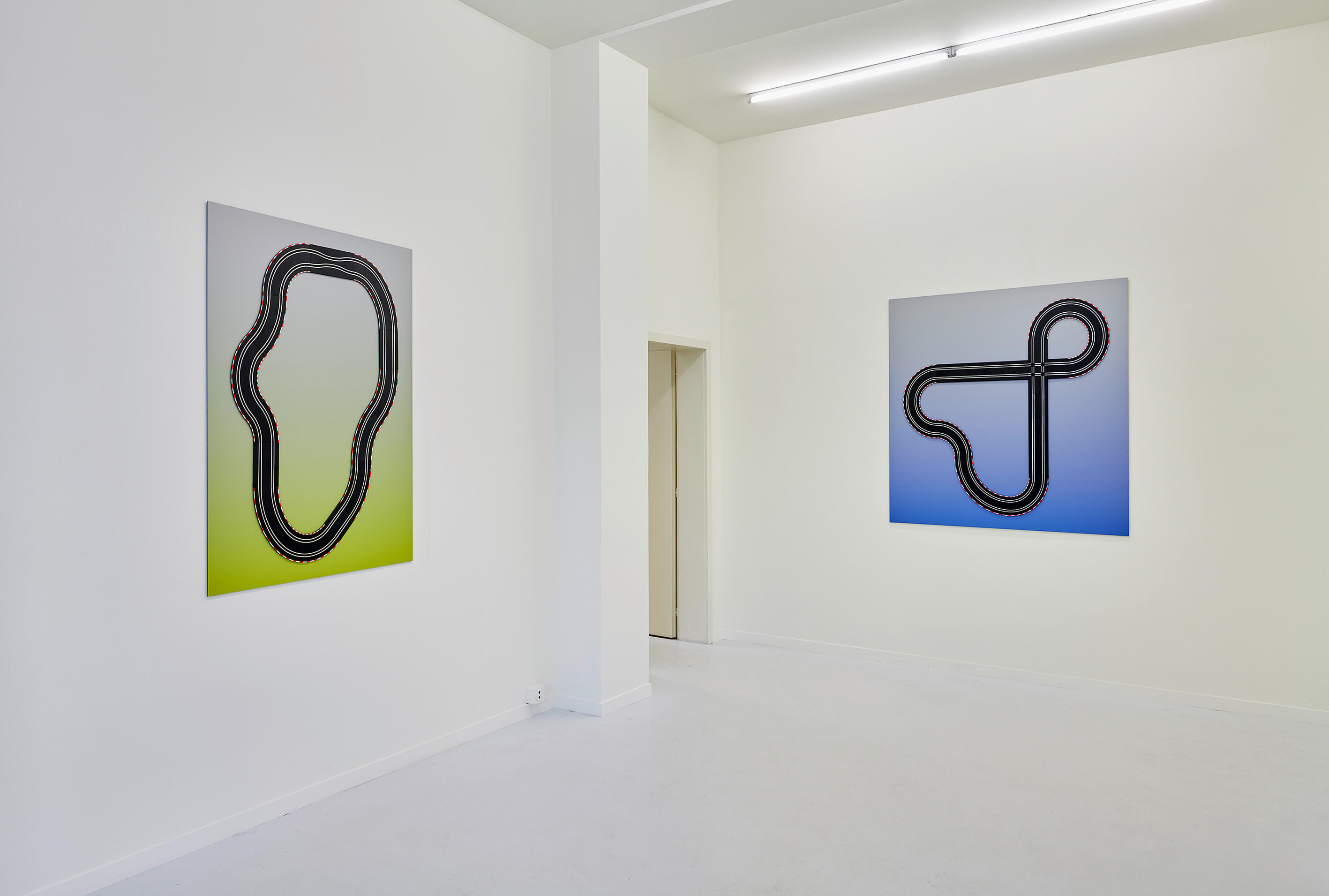
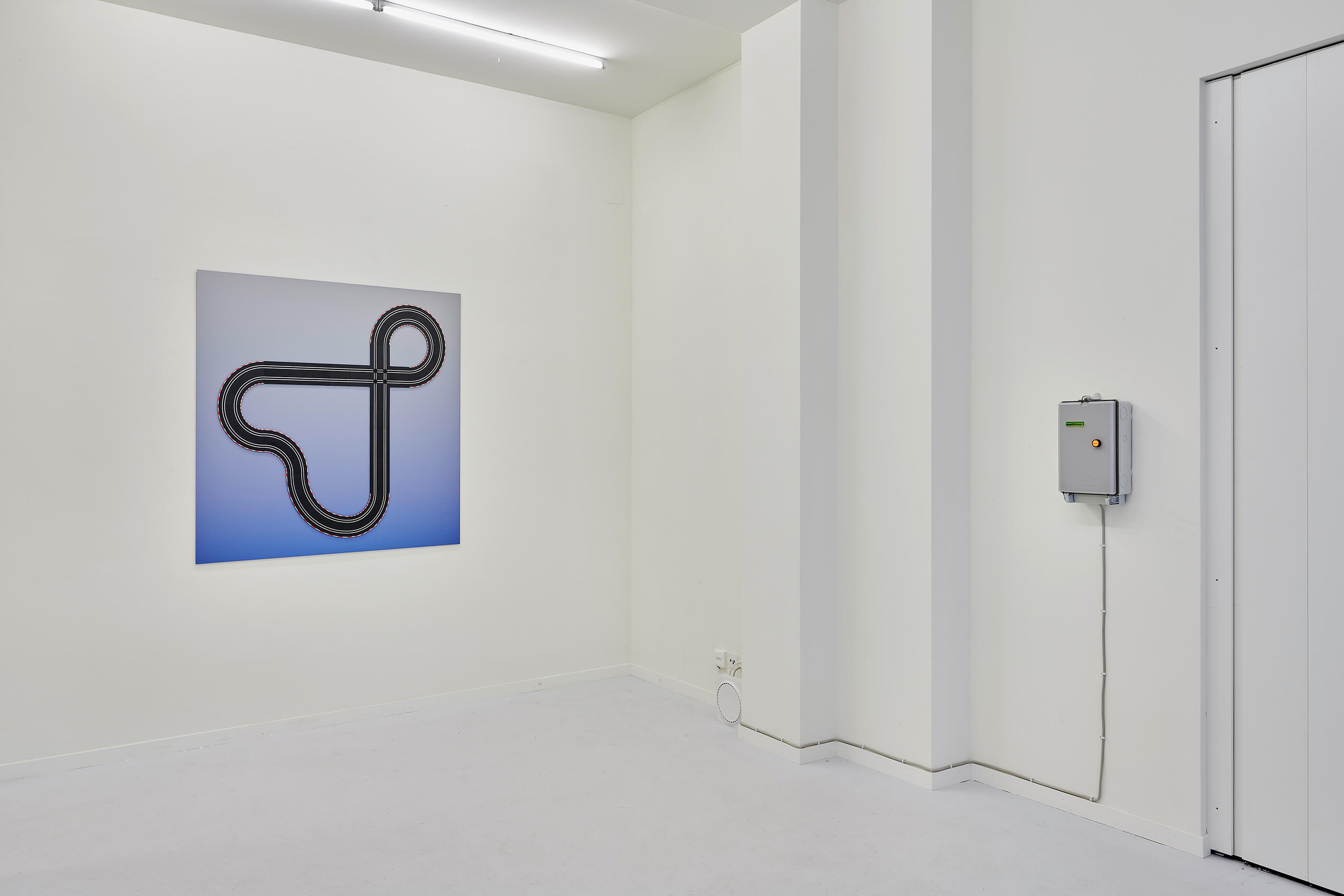
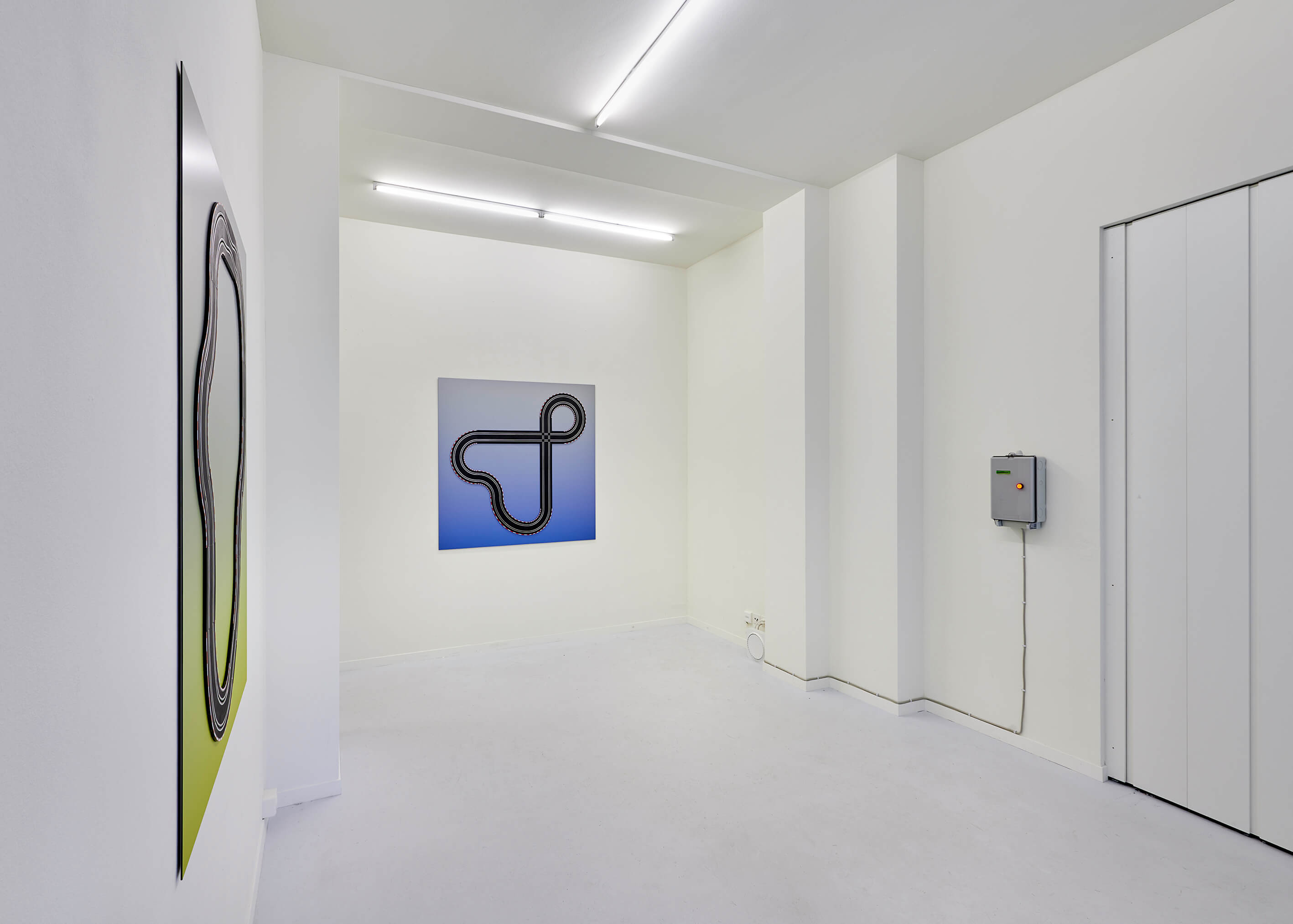
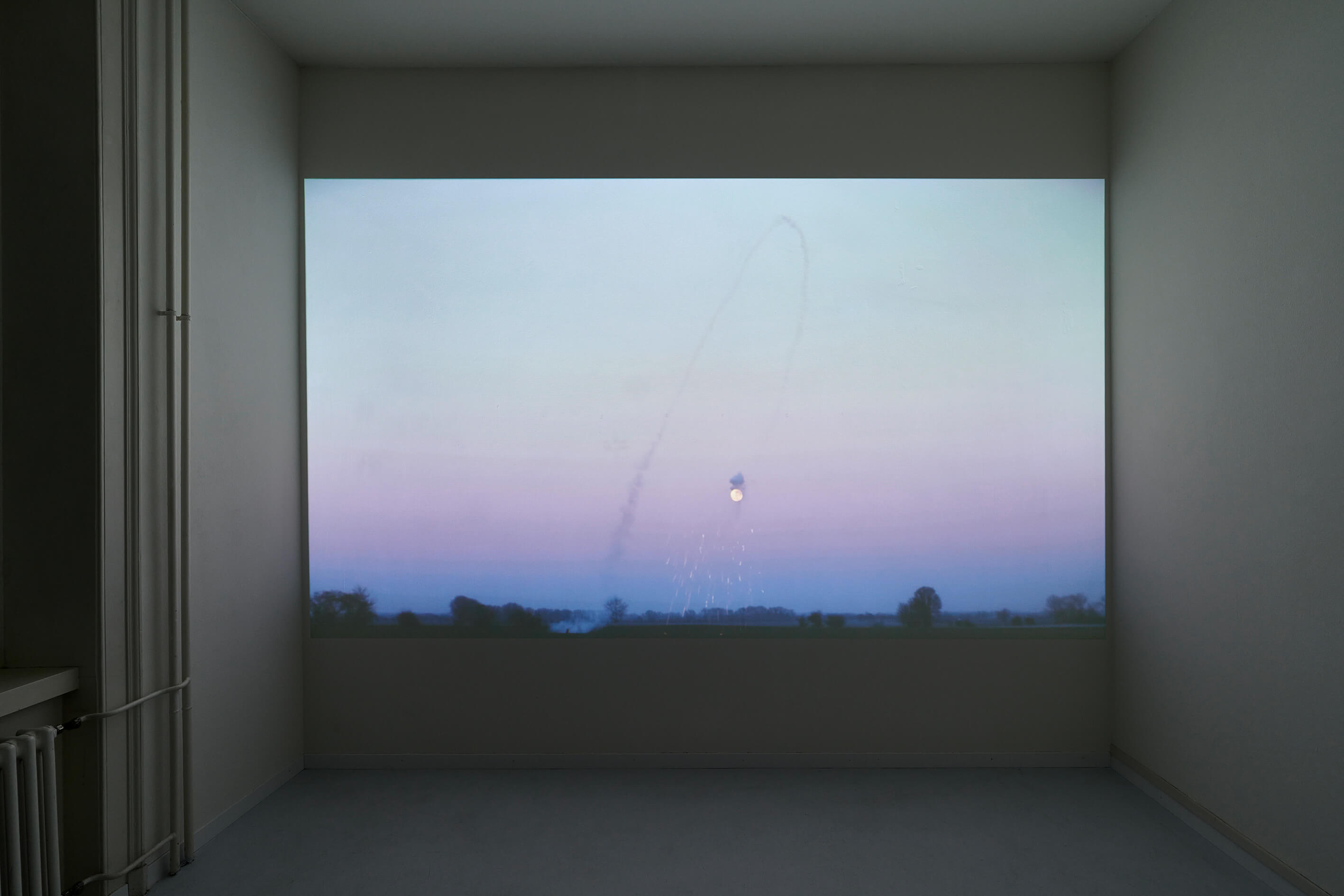
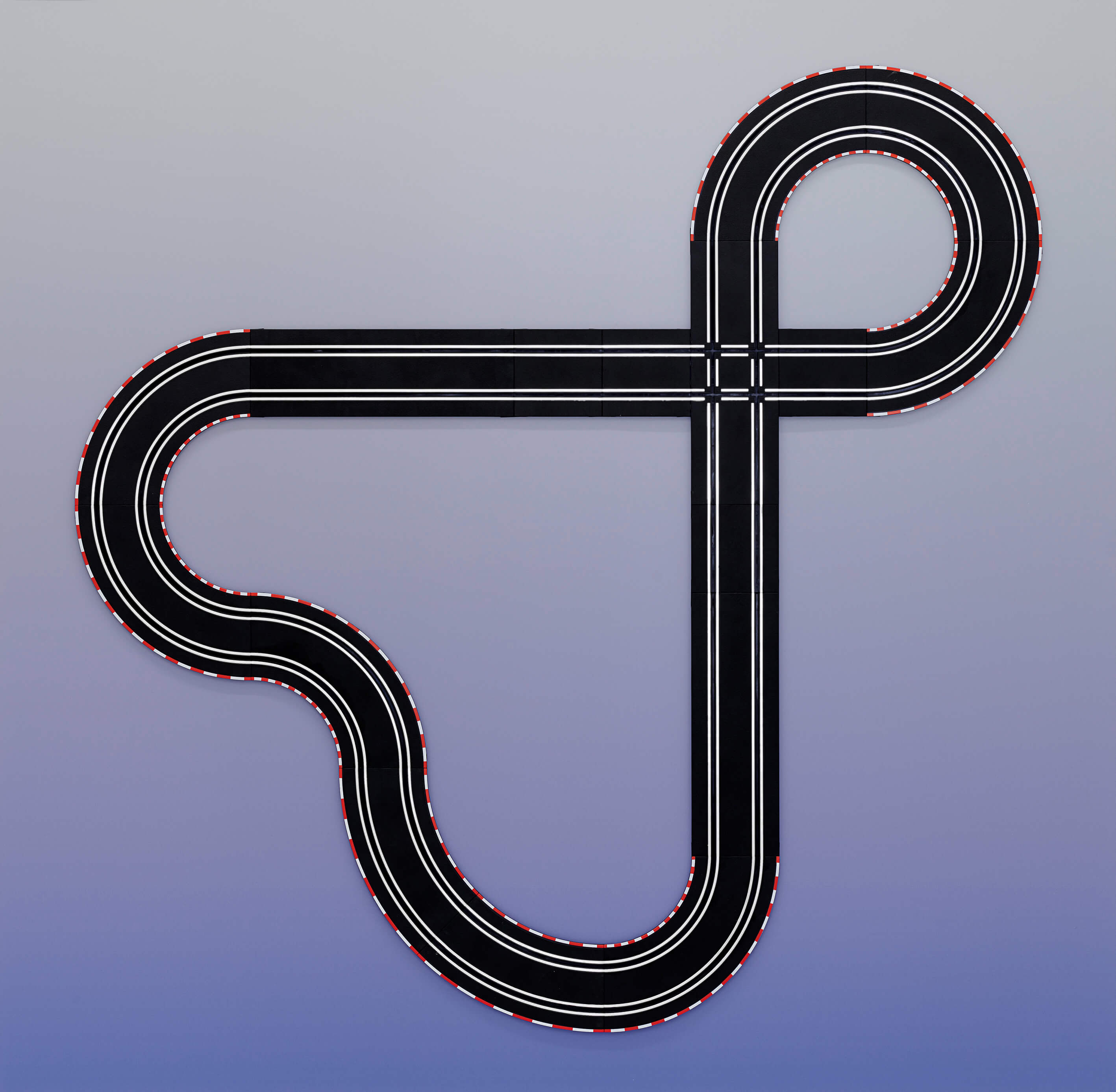
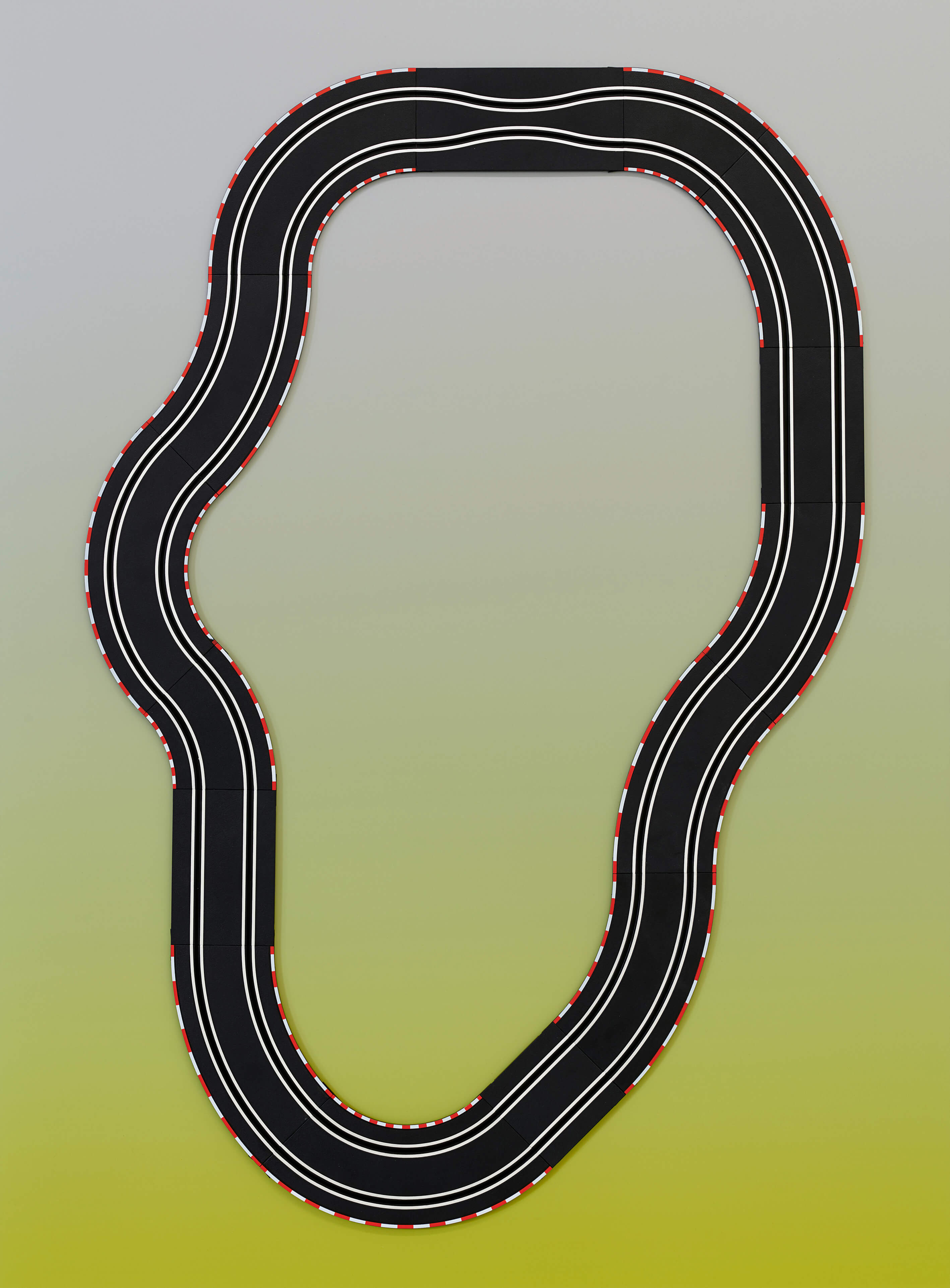
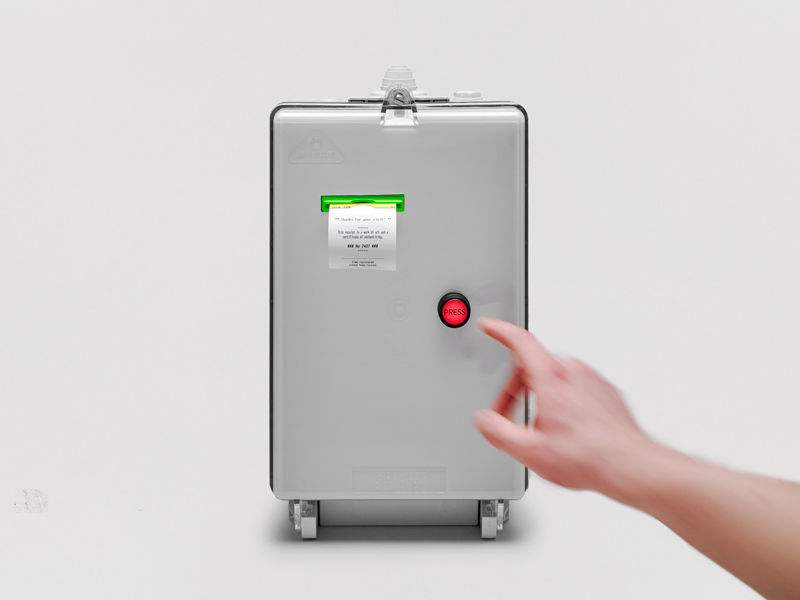
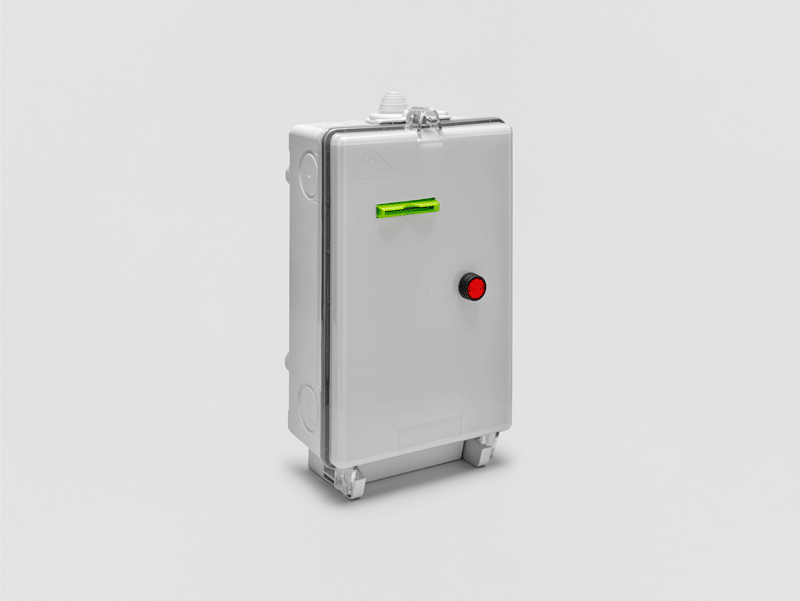
Z.I.P. - Zoom In Paintings
Z.I.P. - Zoom In Paintings
Z.I.P. - Zoom In Paintings
Z.I.P. - Zoom In Paintings
Z.I.P. - Zoom In Paintings
Z.I.P. - Zoom In Paintings
Z.I.P. - Zoom In Paintings
Download press kit
Case Study Z.I.P. (Zoom in Paintings): Test Subject #167
Time: Test Subject’s Entry (2/11/2150)
9.58 AM
Got to the Lab earlier than anyone else, eager to start the new experiment. I like having a moment alone with my microscope – to polish and prepare it. Its touch feels almost like a second skin now – I love its sleek, curved, steady arc between my fingers, to turn its coarse and fine focuses and hear the delicious clicks one after the other, to feed its clear glass tongue with various droplets of information. It’s a very intimate, almost transcendent space that we share – me and this machine, solving the big mysteries of our kind as one, finding the One True New Form. Often, I feel like it understands me more than my peers here, or anyone has ever had. Its cold, precise body calms me down, promising results. It makes me feel safe and powerful. This could be how man must’ve felt when Prometheus first gave them Fire.
13.22 PM
Spent the last couple of hours picking and trying out the different heads but it’s just not working. I don’t know what I’m doing wrong. The head prototypes were generated based on our last lab report that clearly prescribed the New Form’s facial structure. For the past more than 1000 years we have been doing this research, collecting data on ideal forms from every century: Venuses of Willendorf and Velasquez, Egyptian carvings, Michelangelo’s David, the ladies of Török János and Zsolnay, Leonardo’s Mona Lisa, Picasso’s Mademoiselle D’Avignon, Monroe, Kardashian, feeding it into our A.I system to create the New Perfect Form out of the repurposed old ideals. We have looked at every organic form ever created by Man and Nature, every little pixel of symmetry. So why can’t we do what Nature did? What are we missing?
17.15 PM
I can’t focus on work anymore and keep walking up and down the Lab. Am I the only one here who sees that we aren’t going anywhere with all this work? What even is the New Form? All this data that we have gathered and analysed from all these different sources throughout the ages – isn’t it all arbitrary and subjective? Who are we to say what the New Face or New Body or New Mind should be? And why haven’t we interacted with Nature itself, just data, for over 1000 years? I tried to talk to my colleague P. about it but they just spoke to me as if I was a child or a madman. I asked them if they remembered mountains or the sky - they just stared at me, told me to write a journal entry about how I was feeling, and then went back to their goddamn microscope.
22.48 PM
I’m going to try to sleep. Things needs to change tomorrow… somebody has to ask questions. Sometimes I think They’re just laughing at us. Sometimes, I wonder if our goal, the New Form, even exists – whether they just keep us at this god-forsaken lab because we are the ones being experimented on. I’m saying all this out loud to the moth prototype, or the Falcon as I call it, that I made a couple of months ago…lately, it’s the only thing I’ve been talking to really. There is something comforting about this little flying machine, encircling the light every evening, over and over again, with new hope, new purpose every time. I wonder how it remember that’s what it’s supposed to do…
Text by Sonja Teszler
Artist
Artist
Artist
Artist
Artist
Artist
Botond Keresztesi
Curator
Curator
Curator
Curator
Curator
Curator
Peter Bencze
Opening
Opening
Opening
Opening
Opening
Opening
Saturday, August 8, 2 to 7 pm.
Exhibition dates
Exhibition dates
Exhibition dates
Exhibition dates
Exhibition dates
Exhibition dates
August 9 to 29
Opening hours
Opening hours
Opening hours
Opening hours
Opening hours
Opening hours
Saturdays, 3 – 7 pm and by appointment.

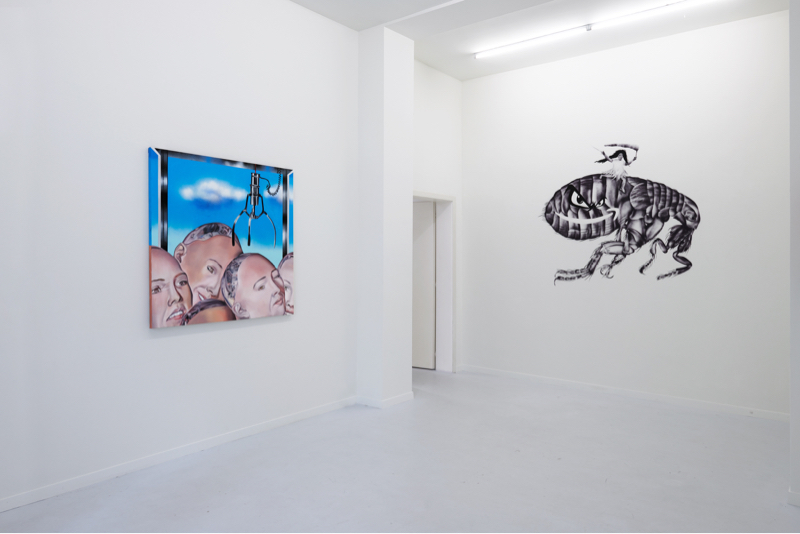
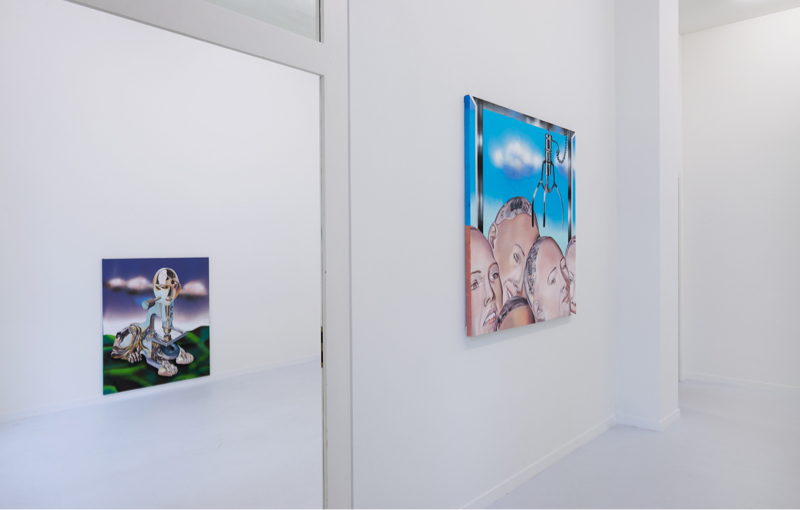
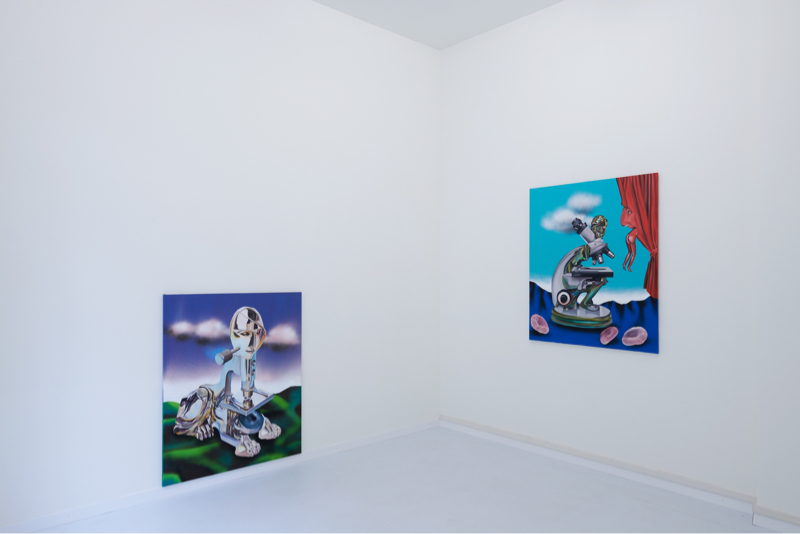
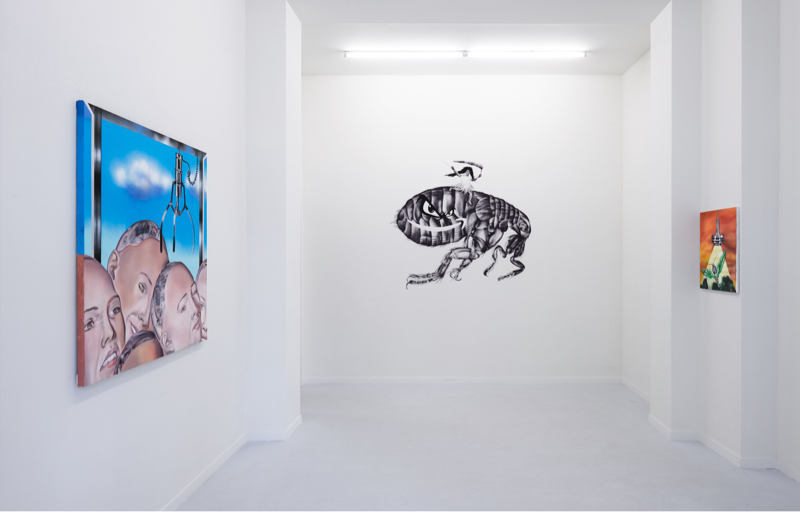
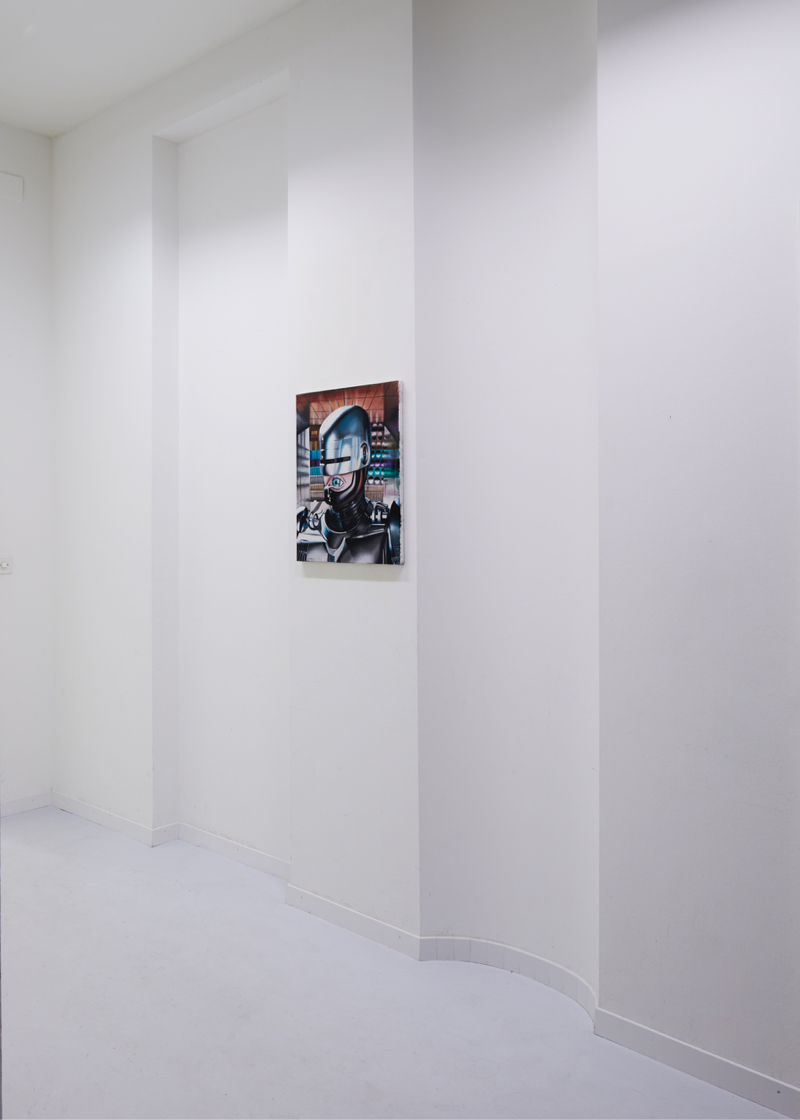


橫掃 Sweep of the horizon
橫掃 Sweep of the horizon
橫掃 Sweep of the horizon
橫掃 Sweep of the horizon
橫掃 Sweep of the horizon
橫掃 Sweep of the horizon
橫掃 Sweep of the horizon
Lemoyne is happy to announce Rebekka Steiger's solo show "橫掃 Sweep of the horizon" with new monotypes by the artist.
橫掃 (Wangsou) literally means something similar to "horizontal sweeping" in Cantonese, whereby "wang" as a noun can also describe a horizontal line in calligraphy. The term additionally denotes a typhoons’ sweeping across the country. Loosely translated into English, the term provides with yet another meaning, as in this expression "sweep", read as a noun, refers to the width of the horizon.
With the new exhibition Rebekka Steiger presents distant landscapes of dimly visible flora and fauna. The painterly medium of the monotype allows her to play with overlaps and transparencies. Steiger recourses to specific motifs and formal structures exploring the pictorial space in its two-dimensionality. The artist introduces the horizontal rather as a graphic element in contrast to its classical use for the depth effect.
Accordingly, Steiger’s new works oscillate between planar constructivism and Chinese landscape painting. The varying colorfulness and new compositional structures within this series of work synthesize different artistic cultures showing a global outlook towards contemporary painterly aesthetics.
Artist
Artist
Artist
Artist
Artist
Artist
Rebekka Steiger
Curators
Curators
Curators
Curators
Curators
Curators
Lemoyne
Opening
Opening
Opening
Opening
Opening
Opening
Saturday, June 27, 2 to 7 pm.
Exhibition dates
Exhibition dates
Exhibition dates
Exhibition dates
Exhibition dates
Exhibition dates
June 28 to July 25, 2020
Opening hours
Opening hours
Opening hours
Opening hours
Opening hours
Opening hours
Saturday 4 p.m. to 7 p.m. and by appointment
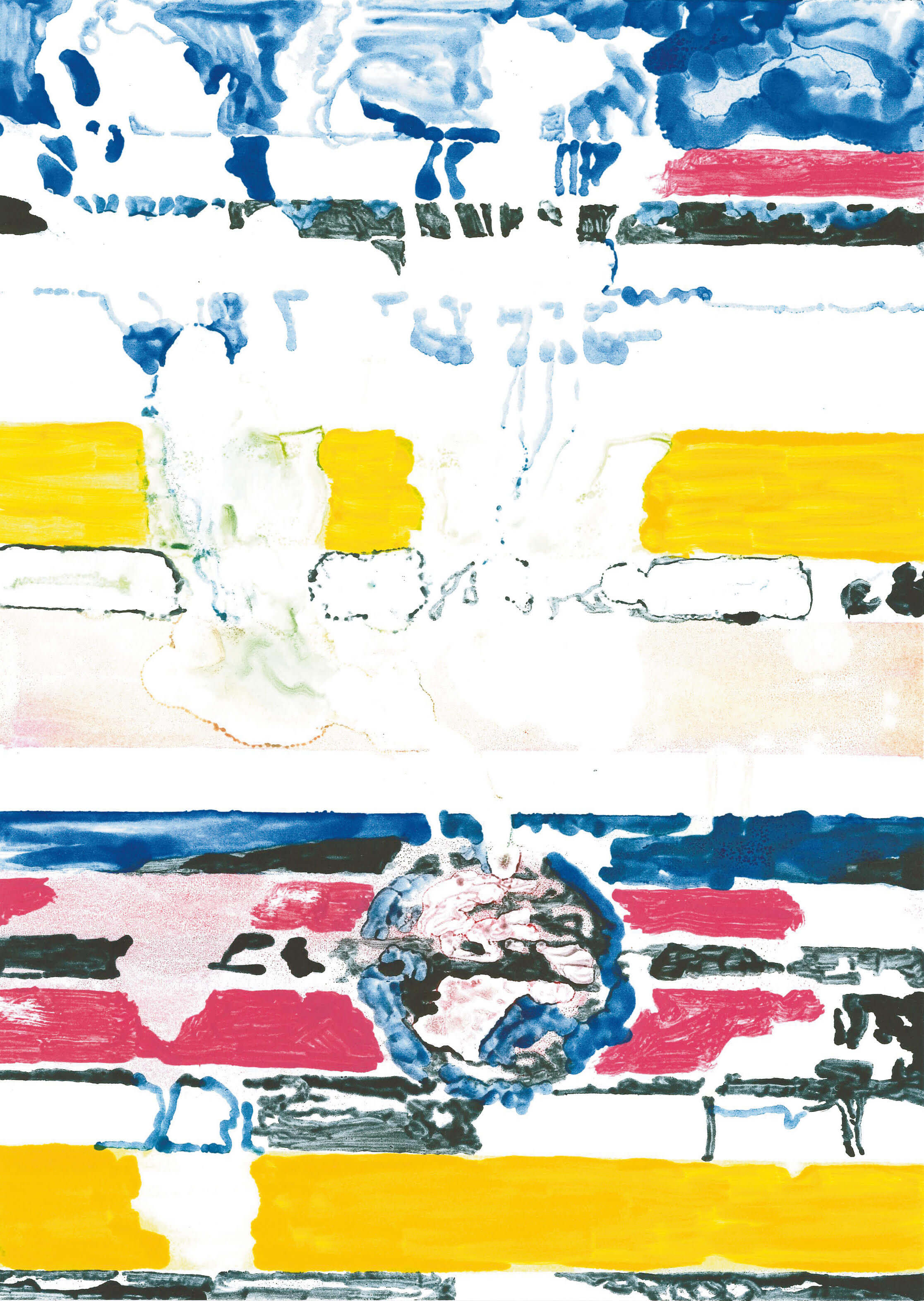
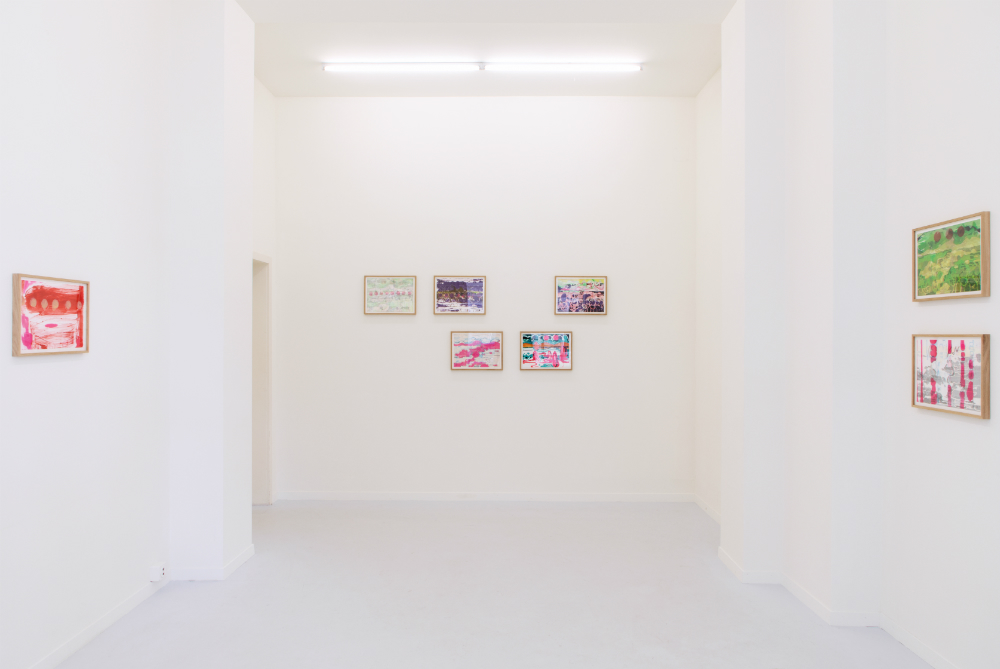
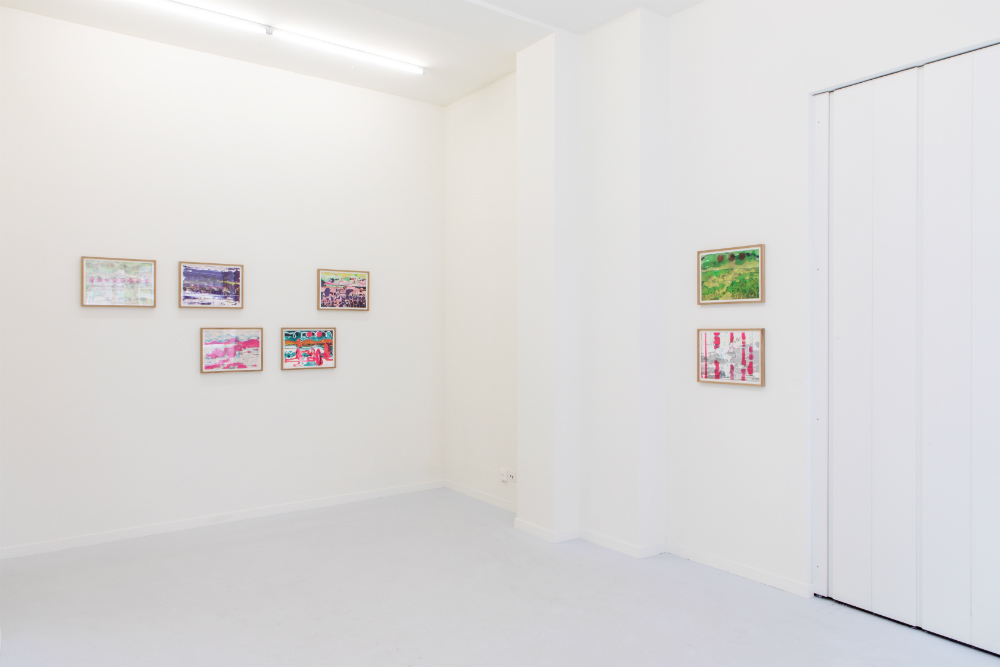
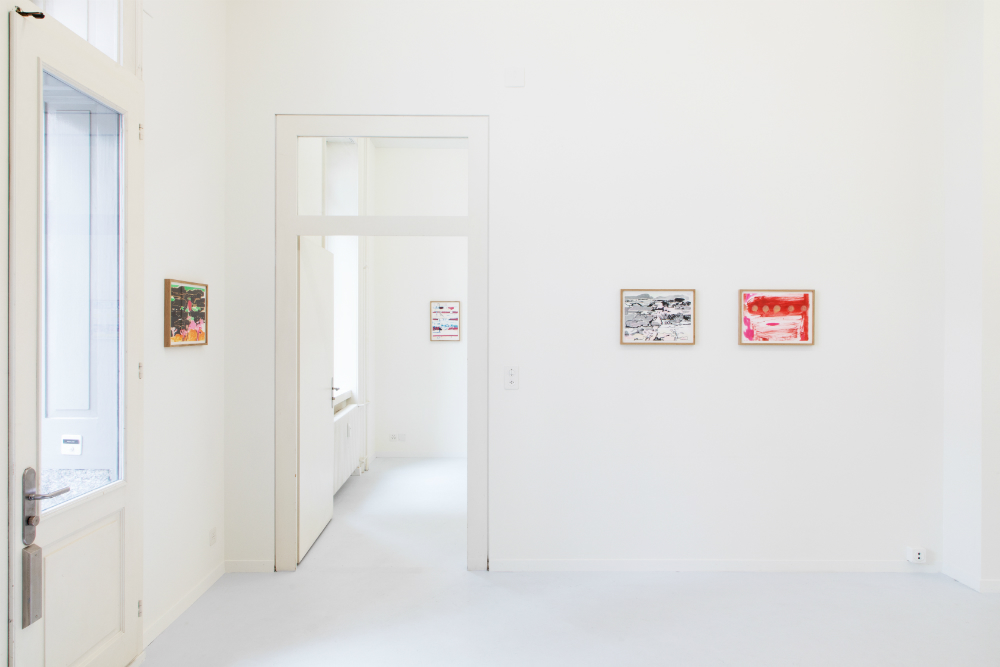
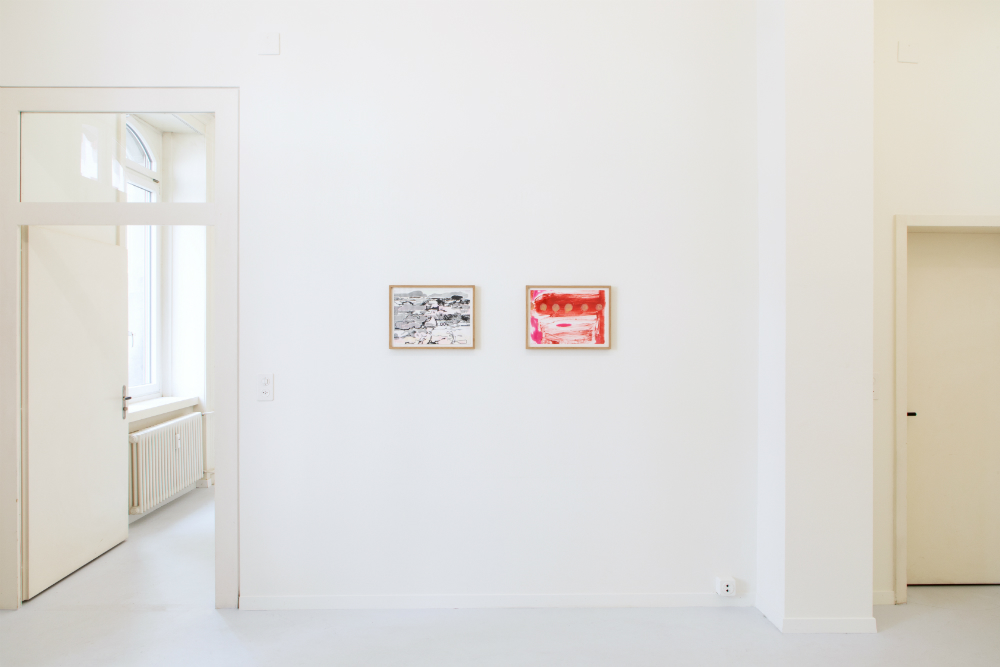
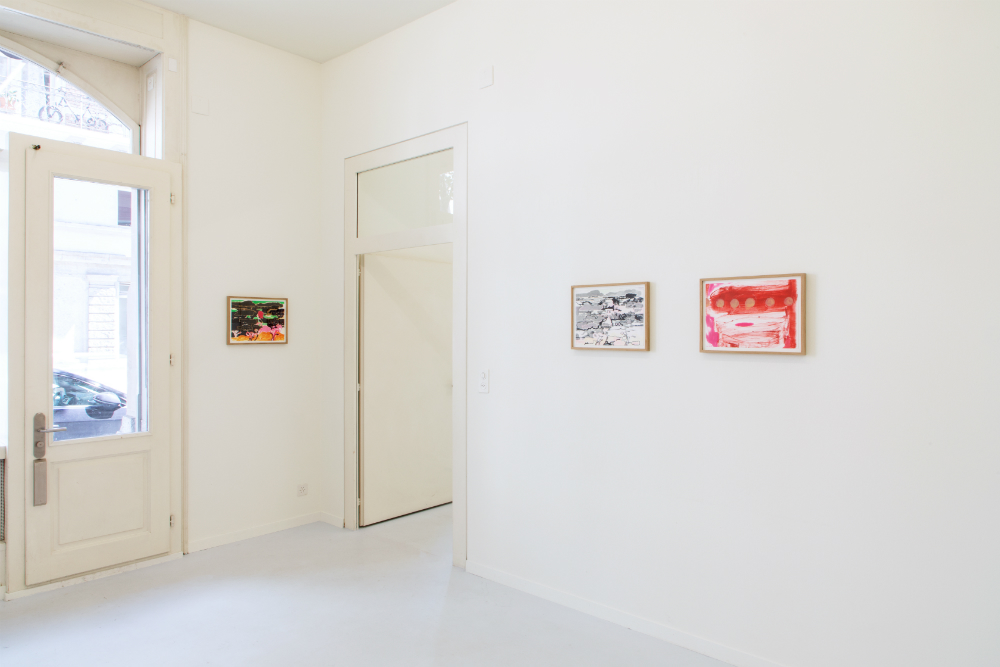
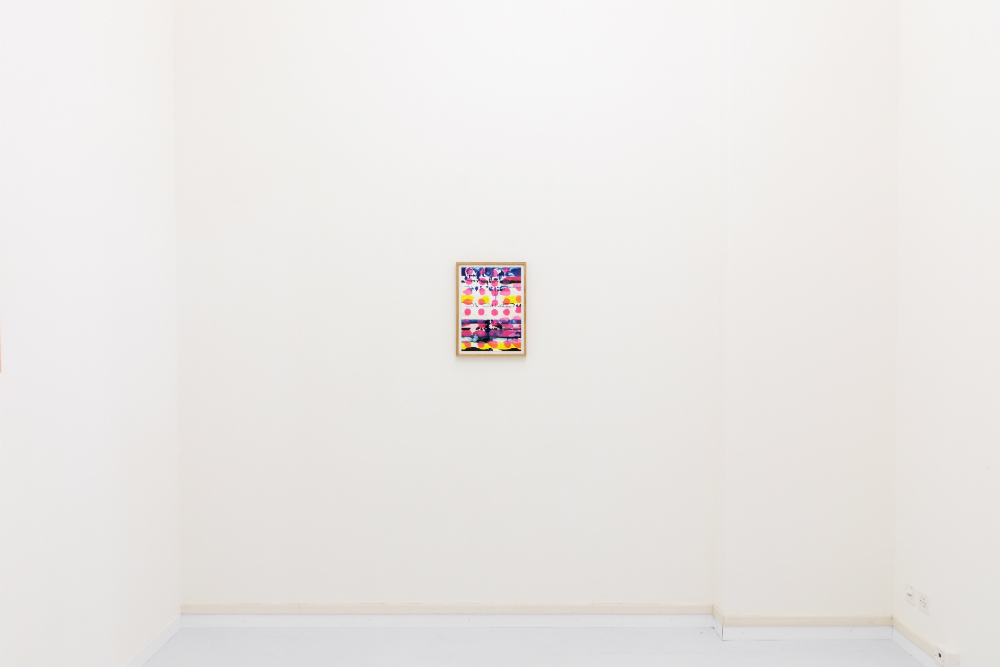
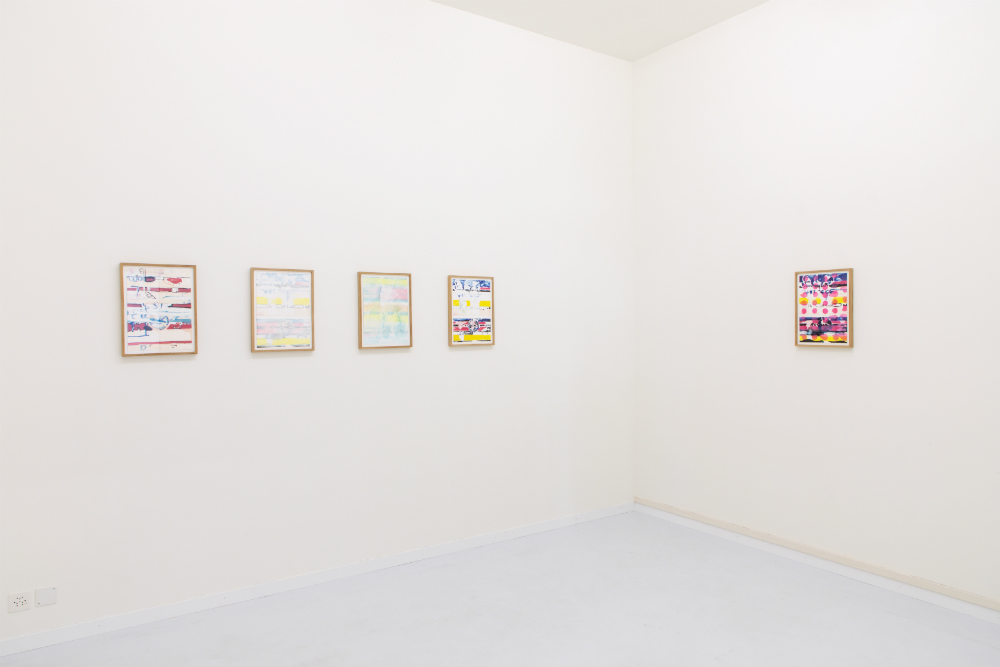
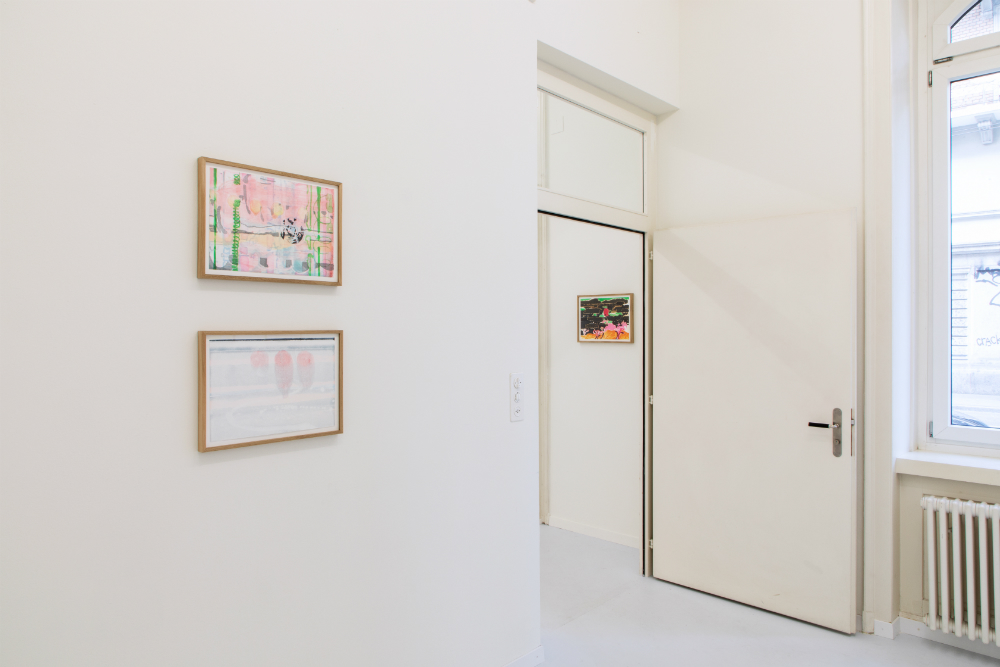
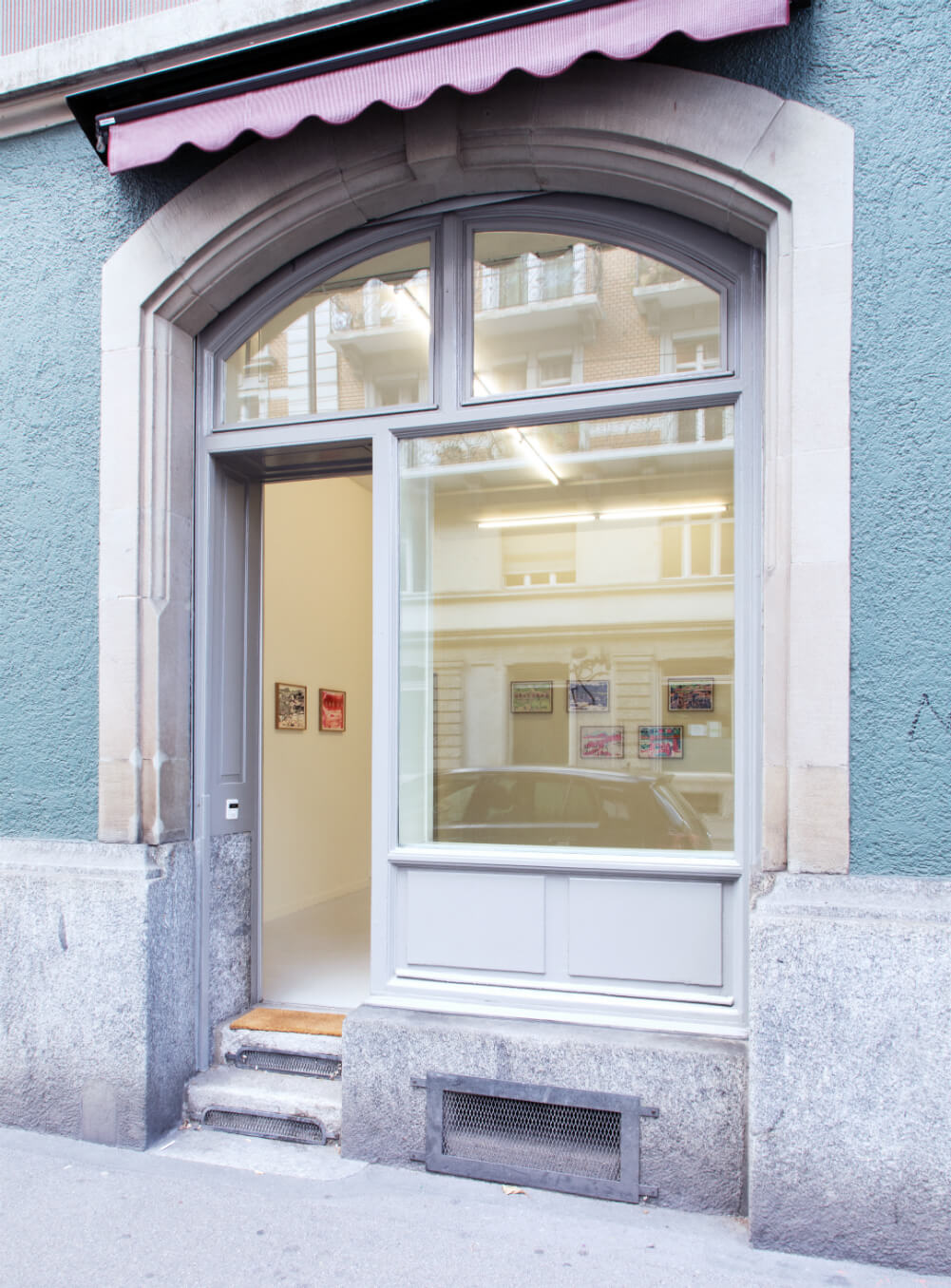
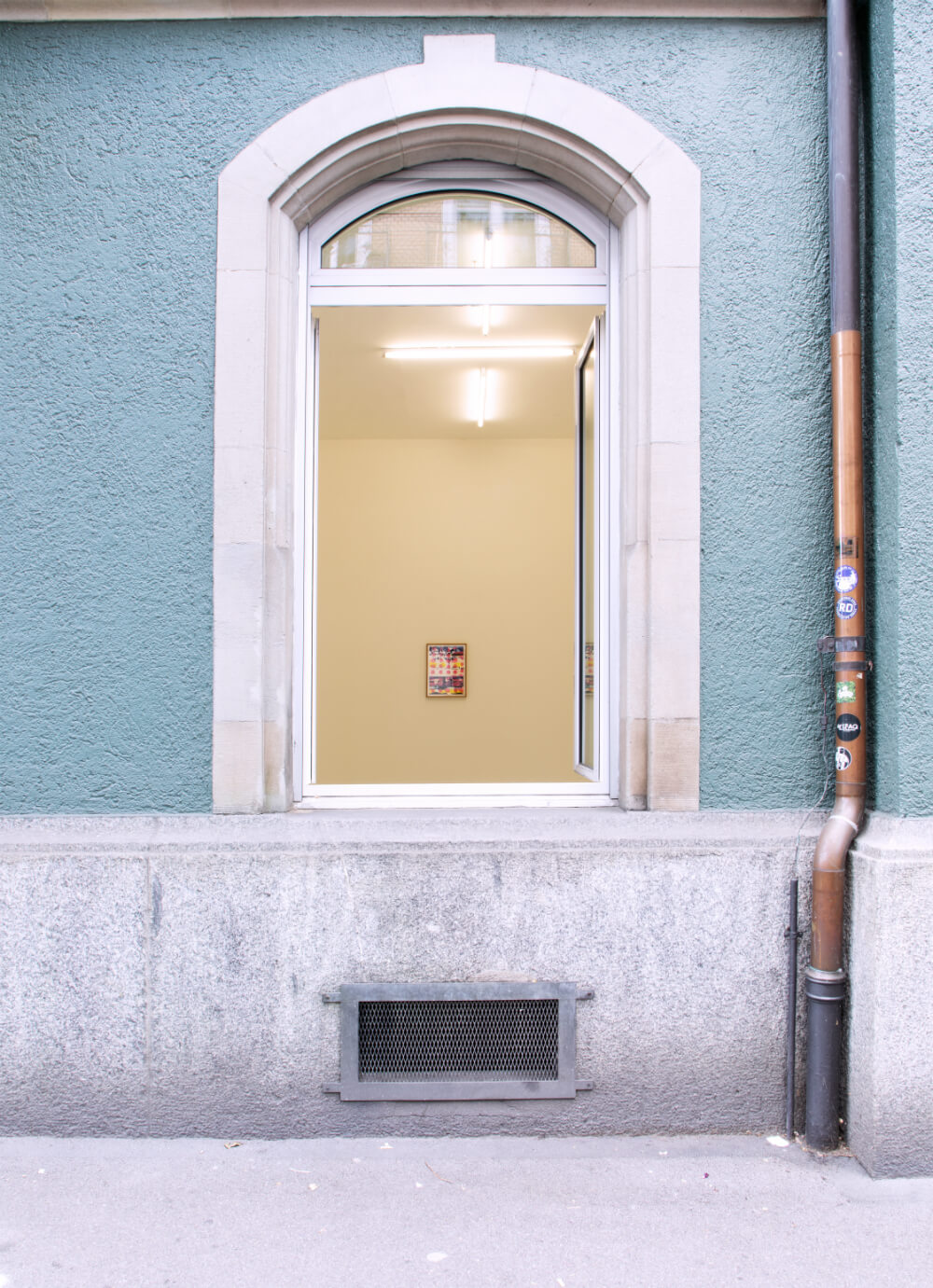
Double or Nothing Exhibition
Double or Nothing Exhibition
Double or Nothing Exhibition
Double or Nothing Exhibition
Double or Nothing Exhibition
Double or Nothing Exhibition
Double or Nothing Exhibition
Lemoyne and Wagner&Friends are happy to announce Frédéric Gabioud’s first solo show in Zurich with new works by the artist.
Gabioud’s paintings develop a clear, fresh and acidic monochrome pictorial vocabulary. Revisiting the heritage of major Swiss and American movements, Gabioud reveals clear affinities with Minimalism and geometrical abstraction.
The different interventions on the stretcher, which are subject to a strict chro- matic unity, determine the variation of the colours, according to the inclinations of the canvas and the light sources. In a tug-of-war with the surface, the
artist thus takes the canvases out of their flatness, through evolutions of depth that ensure the work an absolute interaction with its environment.
Gabioud’s works can only be seen in their materiality – sufficiently elaborated to produce these effects in reality. From an obscurantism that is still often provocative, the question of the monochrome is then reformulated in a version that
invites a more technical and visual experience, less romanticized, but also more critical: that of a monochromy that contradicts itself.
Artist
Artist
Artist
Artist
Artist
Artist
Frédéric Gabioud
Curators
Curators
Curators
Curators
Curators
Curators
Lemoyne in collaboration with Wagner&Friends.
Opening
Opening
Opening
Opening
Opening
Opening
Thursday, 5 March, 2020, from 6:00 – 9:00 pm
Exhibition dates
Exhibition dates
Exhibition dates
Exhibition dates
Exhibition dates
Exhibition dates
March 6th to May 30th, 2020
Opening hours
Opening hours
Opening hours
Opening hours
Opening hours
Opening hours
Saturdays, 3 – 7 pm and by appointment.
Opening hours
Opening hours
Opening hours
Opening hours
Opening hours
Opening hours
Saturdays, 3 – 7 pm and by appointment.
Photography
Photography
Photography
Photography
Photography
Photography
Julien Gremaud
Dolls Exhibition
Dolls Exhibition
Dolls Exhibition
Dolls Exhibition
Dolls Exhibition
Dolls Exhibition
May Day Exhibition
Dolls Exhibition
Dolls Exhibition
Dolls Exhibition
Between 2011–2018, Amélie Korzil photographed a total of 1142 mannequins in 641 analogue photographs all over the world. These have become the basis of “dolls”, an archive that the concept artist has since dealt with. Subjective questions on
the representation of gender, race and taste are at the focus of her multimedia practice. Korzil finally exposes her “dolls” as representatives of social norms that are actually obsolete for consumer choice. Lemoyne is pleased to
present for the first time the entire archive and all related works.
Artist
Artist
Artist
Artist
Artist
Artist
Amélie Korzil
Curation
Curation
Curation
Curation
Curation
Curation
Lemoyne
Opening
Opening
Opening
Opening
Opening
Opening
Saturday, September 28, 7 to 9 pm
Exhibition dates
Exhibition dates
Exhibition dates
Exhibition dates
Exhibition dates
Exhibition dates
September 29 to October 18, 2019
Opening hours
Opening hours
Opening hours
Opening hours
Opening hours
Opening hours
Saturdays, 3 to 7 pm and by appointment.
May Day Exhibition
May Day Exhibition
May Day Exhibition
May Day Exhibition
May Day Exhibition
May Day Exhibition
May Day Exhibition
May Day Exhibition
May Day Exhibition
May Day Exhibition
A slow drip of a viscous material congeals into a solid mass. Wax is made by bees, specifically worker bees, whose hexagonal designs are arranged by the hive-mind. From the day of birth, these labourers are assigned with a societal order – a
responsibility
to their queen.
May Day is labour’s festivity, a celebration of production by the erasure of work. Abolishing work could be possible with automation, but today it seems more likely to experience the end of the world than the end
of work. Never before have we toiled more hours under 0-hour-contracts and countless methods of social self-surveillance. Algorithms outpace our thinking, collecting online “cookies” and replacing domestic labour. The female voices of our
first
mass-servants Alexa and Siri strive to seduce and to please.
Our unconscious desires surround us through targeted ads. Prediction itself has always been a business that homogenises the population. Fortune cookies were first served in
San
Francisco where today’s tech companies crowd the Bay Area. Like palmistry, or tarot, it is based on systemic methods of applying data and generalised formula – and yet what would happen if we knew the future? The scientific projections of
environmental
cataclysm strike no emotion. 2 degrees Celsius. When it slowly melts, changes its outlines and transforms its shape as it approaches the water, does it remain the same as before? AI and jellyfish will survive in the future landscape – bees
and
humans will find a different fate.
Sea-snail shapes adapt to the inside of our waxy inner ear. A mechanical humdrum, Balenciagasponsored- apocalypse-shelters, larval bodies occupying hexagonal frames. Another May Day passes on our
warming
planet. The wax gets softer.
Exhibition Dates
Exhibition Dates
Exhibition Dates
Exhibition Dates
Exhibition Dates
Exhibition Dates
May 5 to June 9, 2019
Opening
Opening
Opening
Opening
Opening
Opening
Saturday, May 4, 7:00 – 9:30 pm
Artist
Artist
Artist
Artist
Artist
Artist
Achinoam Alon
Curation
Curation
Curation
Curation
Curation
Curation
Àngels Miralda
Photography
Photography
Photography
Photography
Photography
Photography
Joseph Devitt Tremblay
Words Exhibition
Words Exhibition
Words Exhibition
Words Exhibition
Lemoyne zeigt die Ausstellung «Words» mit Arbeiten von Carl Andre, Beni Bischof, Henri Chopin, Sylvie Fleury, den Guerrilla Girls, Sarina Scheidegger und Ariane Koch, Alina Kopytsa, Barbara Kruger, Richard Long, Cy Twombly, Jenny
Holzer und Virgil
Abloh.
Sind Wörter in Zeiten von Social Media und Motivationssprüchen zum reinen Kitsch verkommen? Sind sie im als «postfaktisch» bezeichneten Zeitalter bedeutungslos und leer geworden? Was passiert, wenn man sie ausspricht, sie hört, in Dialog
mit ihnen tritt?
Wörter spielten in der visuellen Kunst jeher eine prominente Rolle: Vom Surrealismus, Dadaismus über die Konzeptkunst, die Visuelle Poesie bis hin zu politischen bzw. aktivistischen Kunst des Feminismus und Konsumkritik wurden Wörter von
Künstler_innen immer wieder als visuelles Mittel eingesetzt. Sie sind dabei je nach Kontext und Form politisch, ironisch, poetisch, typografisch, abstrakt aber auch konzeptuell oder dokumentarisch.
Gedruckt, gezeichnet, gemalt, getippt, gesprochen – oder sogar gestickt finden sie ihren Platz in Büchern, Filmen, im Internet, auf Postkarten, T-Shirts oder Postern. Wörter können platt wirken, aber auch als Zeichen unendlich viel
beinhalten,
vermitteln und kommunizieren, Begehren erwecken, eine ganze Welt hinter dem Wort freigeben. In Sätzen miteinander verbunden können sie Sinn vermitteln, oder Unsinn. Sie können hinterfragen, auf etwas verweisen, als Text etwas erzählen oder
aber
auch zum reinen grafischen Zeichen werden. Je nachdem an wen sich die Wörter richten sollen, setzen Künstler_innen unterschiedliche Sprachen ein: In den meisten Fällen Englisch, jedoch auch Spanisch, Portugiesisch oder Arabisch.
«Words» soll die Auseinandersetzung über die Bedeutung von Wörtern in der Kunst anregen und die grosse Variation im Umgang mit Sprache und Text innerhalb der Kunst aufzeigen. Dafür setzt «Words» unterschiedliche künstlerische Positionen
aus
verschiedenen Zeiten miteinander in Bezug.
Exhibition Dates
Exhibition Dates
Exhibition Dates
Exhibition Dates
Exhibition Dates
Exhibition Dates
April 16 to 24, 2019
Opening
Opening
Opening
Opening
Opening
Opening
Tuesday, April 16, 7.30 to 9.30 pm.
Artists
Artists
Artists
Artists
Artists
Artists
Carl Andre, Beni Bischof, Henri Chopin, Sylvie Fleury, den Guerrilla Girls, Sarina Scheidegger und Ariane Koch, Alina Kopytsa, Barbara Kruger, Richard Long, Cy Twombly, Jenny Holzer und Virgil Abloh.
S.M.S. Exhibition
S.M.S. Exhibition
S.M.S. Exhibition
S.M.S. Exhibition
Lemoyne presents Shit Must Stop in its entirety for its inaugural exhibition in Zurich. Reconnecting with the artistic ideas of S.M.S. in 1968, Lemoyne will highlight the timelessness of their conceptual and democratic
approach
to art.

About S.M.S.
About S.M.S.
About S.M.S.
About S.M.S.
Shit Must Stop (S.M.S.) was founded in 1968 by William Copley and Dmitri Petrov in a loft on the Upper West Side in New York, which became the production site of the artist magazine during its short-lived production time between February and
December
1968. It was published non-commercially every two months with each of the six editions having a circulation of 2000.
Copley invited leading but also lesser known members of the Fluxus, Concept, and Pop Art movements as well as surrealists and dada artists such as Christo, Marcel Duchamp, Richard Hamilton, On Kawara, Roy Lichtenstein, Claes Oldenburg, Meret
Oppenheim,
Man Ray and Dieter Roth to produce small-format editions. Each artist was paid $100 for their contribution no matter what their status. Copley’s Letter Edged in Black Press loft became an important hangout for many New York artists and
participants
of S.M.S.
For each issue, the different contributions were packed in a folder designed by one artist and mailed to the subscribers. Inspired by the media-hybrid character of the Fluxus movement and the avant-garde’s claim to unite art and life, the
artists multiplied
the individually-designed works as original luxurious reproductions with the intention of making artistic content and ideas accessible to a wider audience. The large edition size and the relatively low price of $125 per subscription enabled a
wide audience to collect many of the already internationally recognized artists.
The periodical has a wide range of different media and techniques that have been assigned equivalent status. It contains contributions such as drawings, prints, photographs, tapes, letters, postcards, poems or objects that often have an
experimental character.
All artworks are contained in the six mailing folders and can be unpacked and activated as artworks. The approach to create an art collection in a box was inspired by Marcel Duchamp’s Boîte-en-valise, which was created as a portable museum
during
uncertain times in which many artists were constantly travelling.
Exhibition Dates
Exhibition Dates
Exhibition Dates
Exhibition Dates
Exhibition Dates
Exhibition Dates
November 25 to December 15, 2018
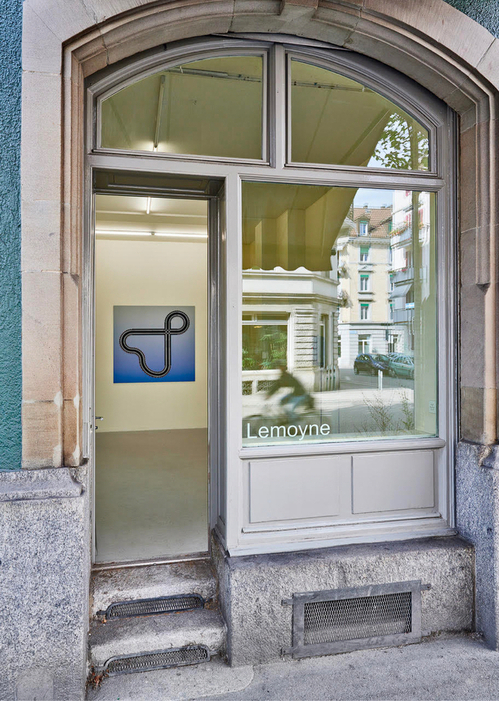
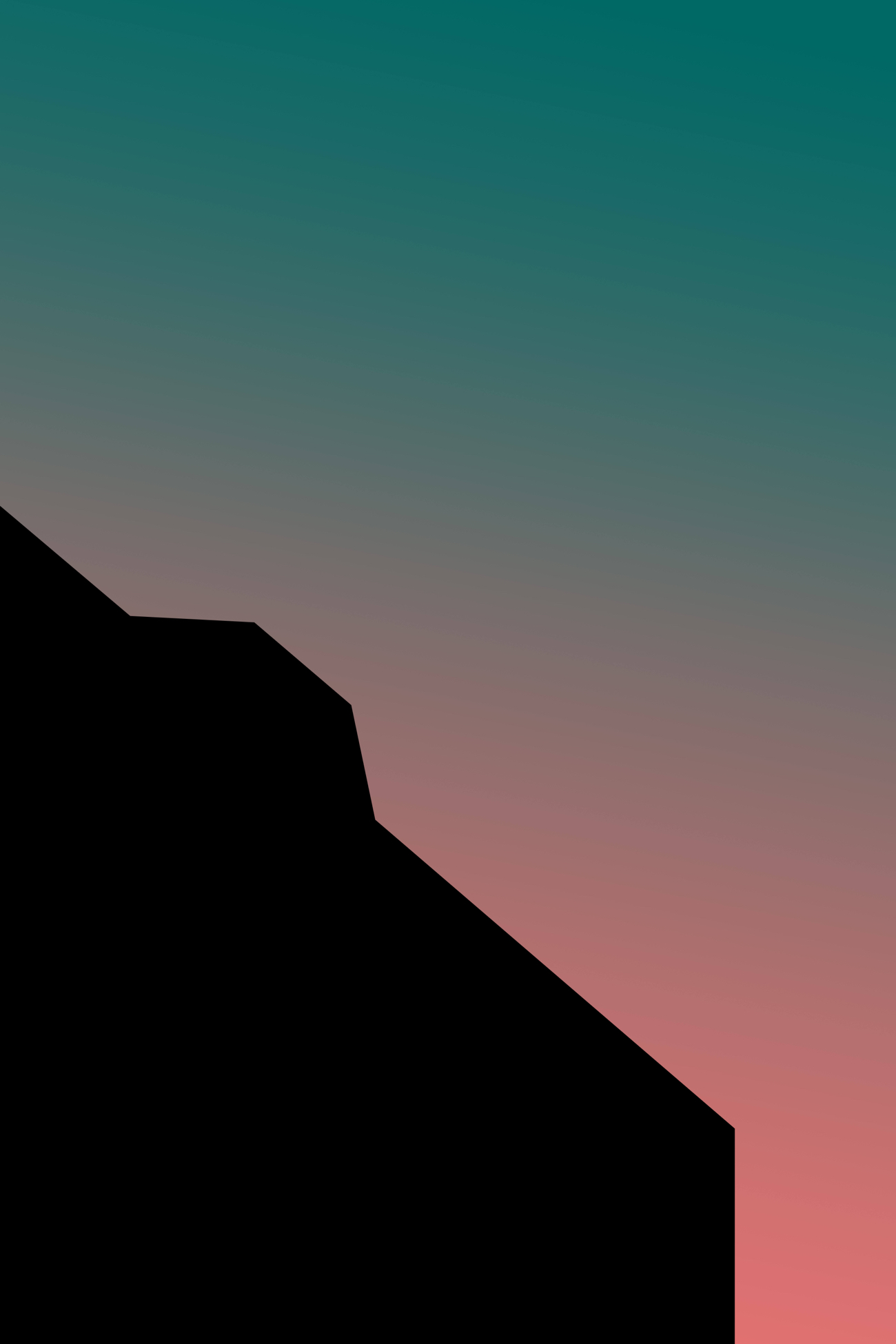
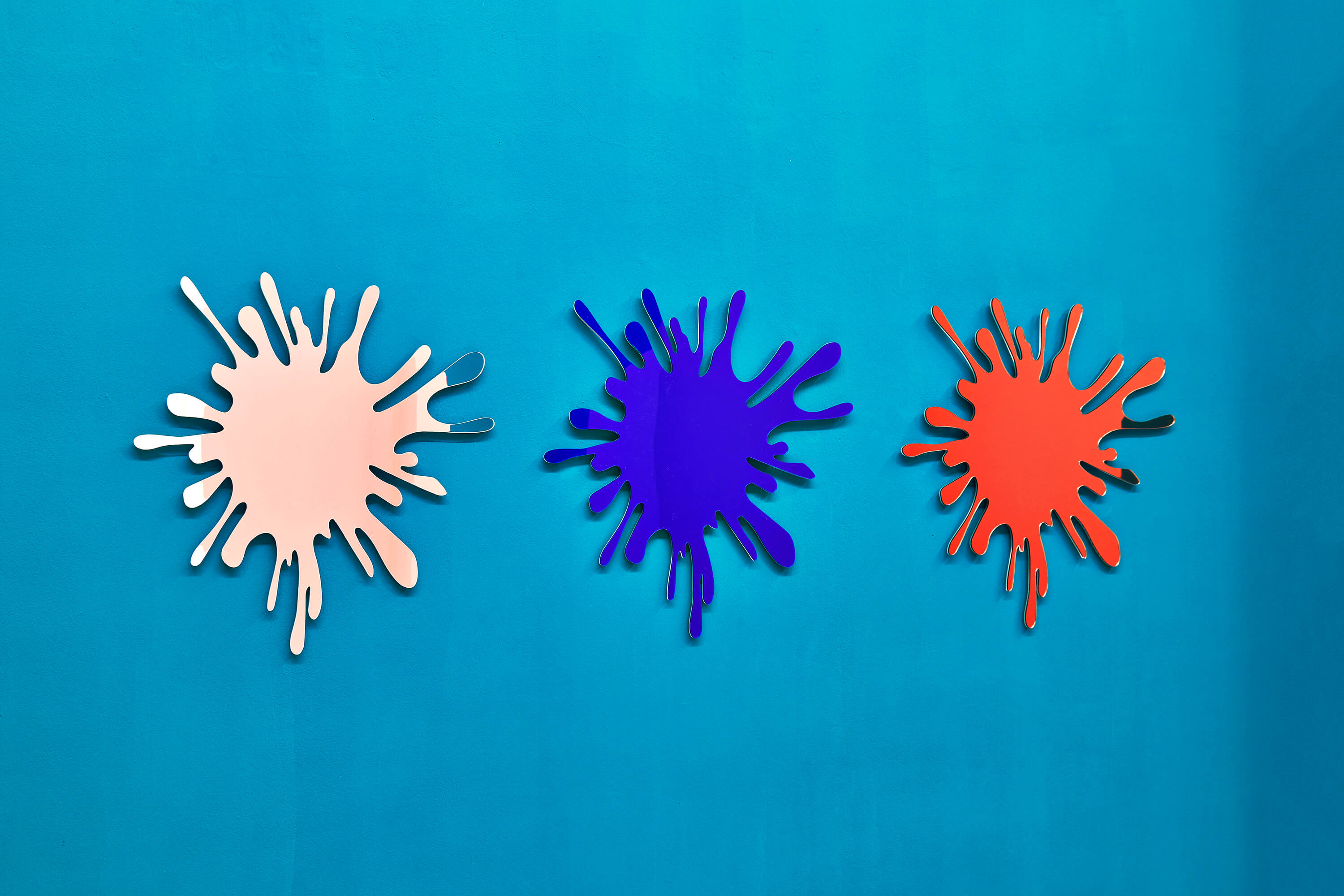
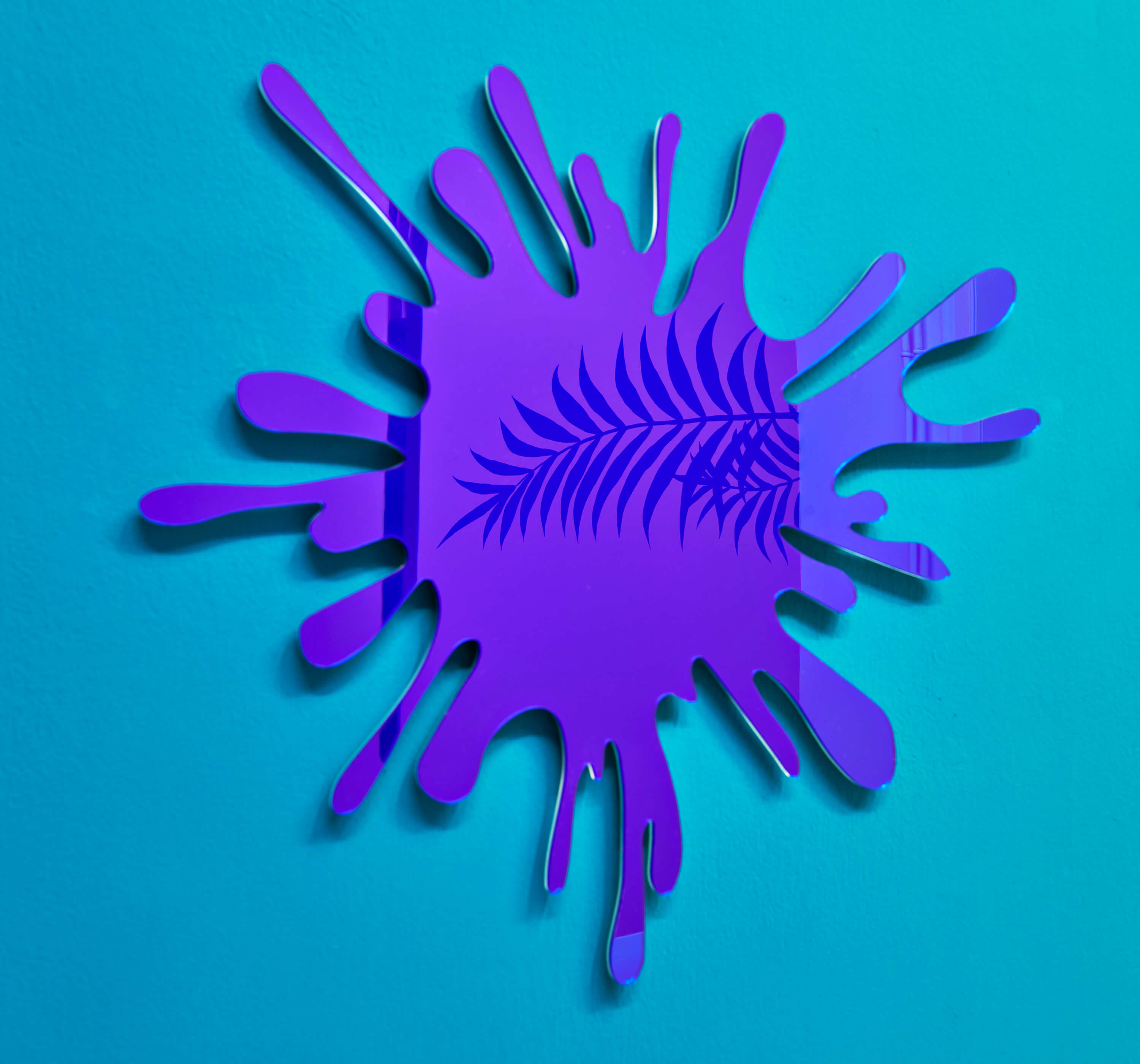
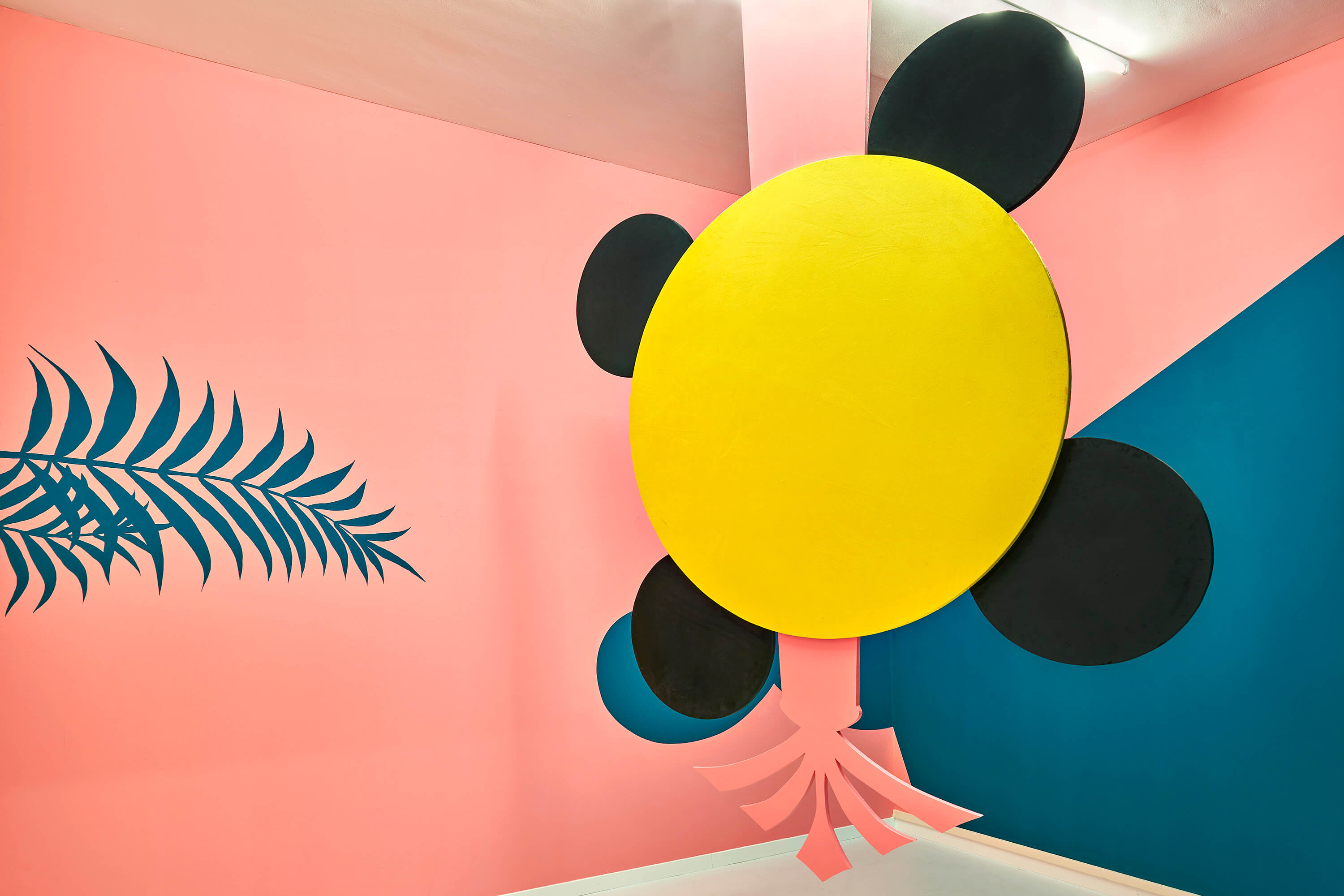
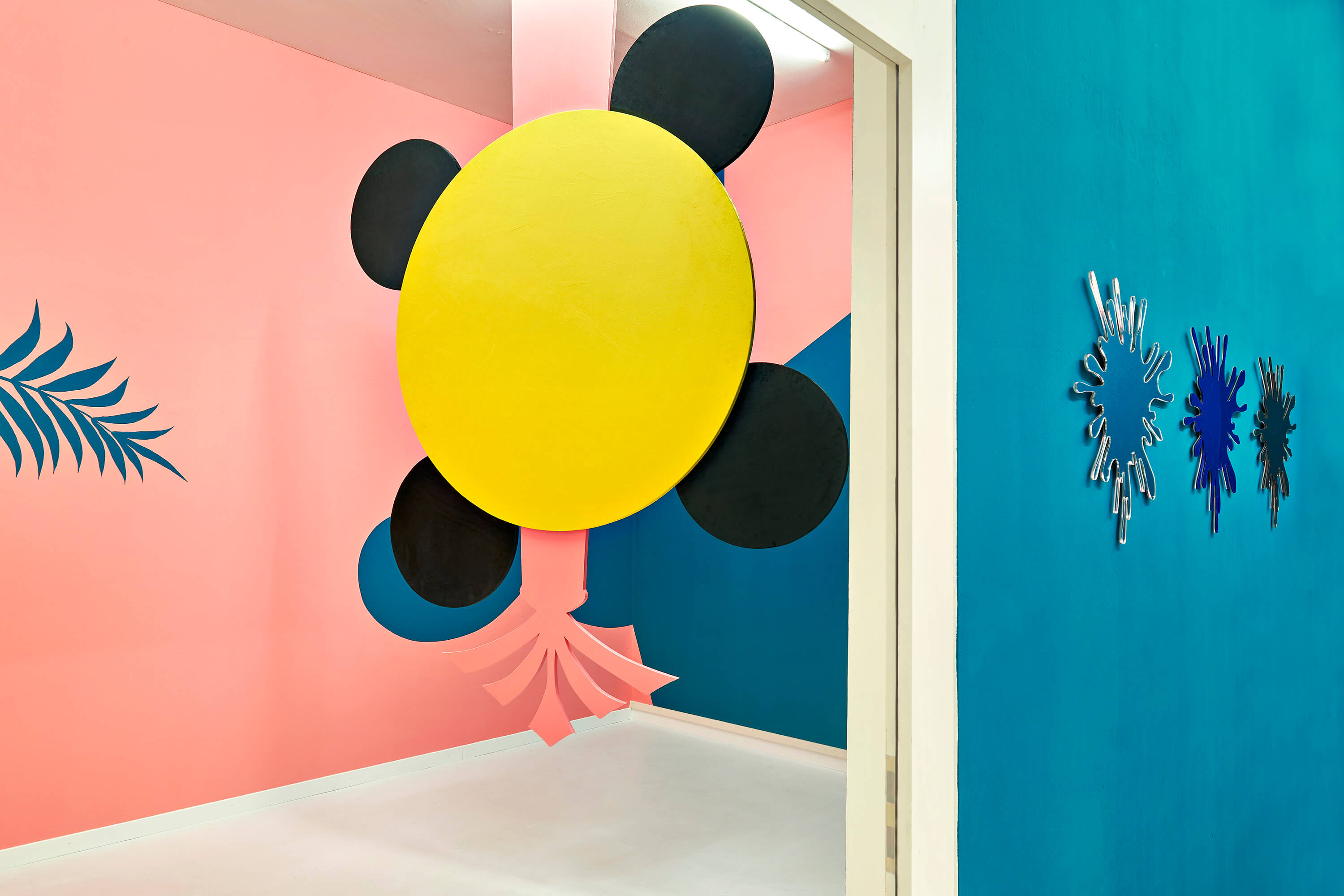
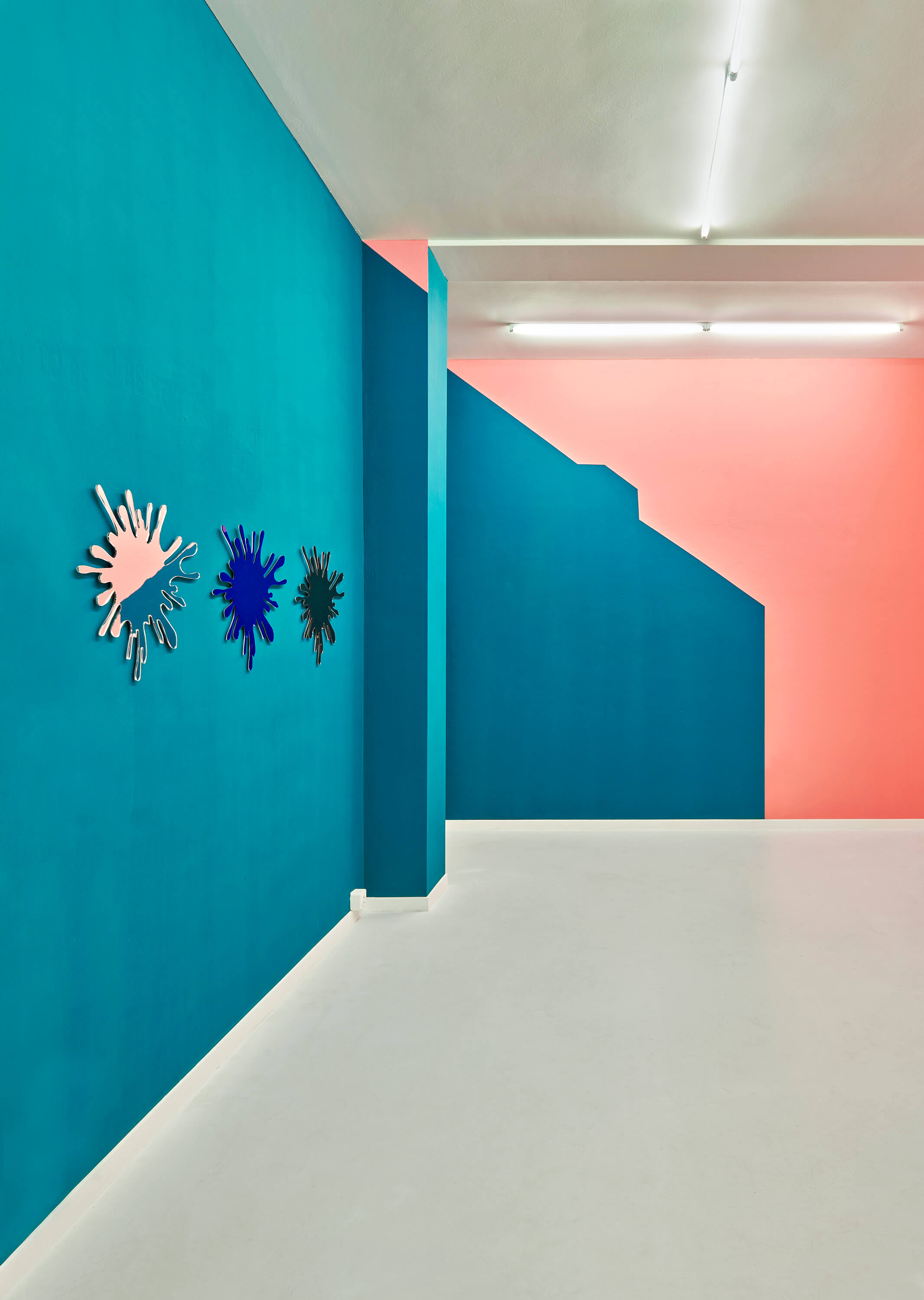
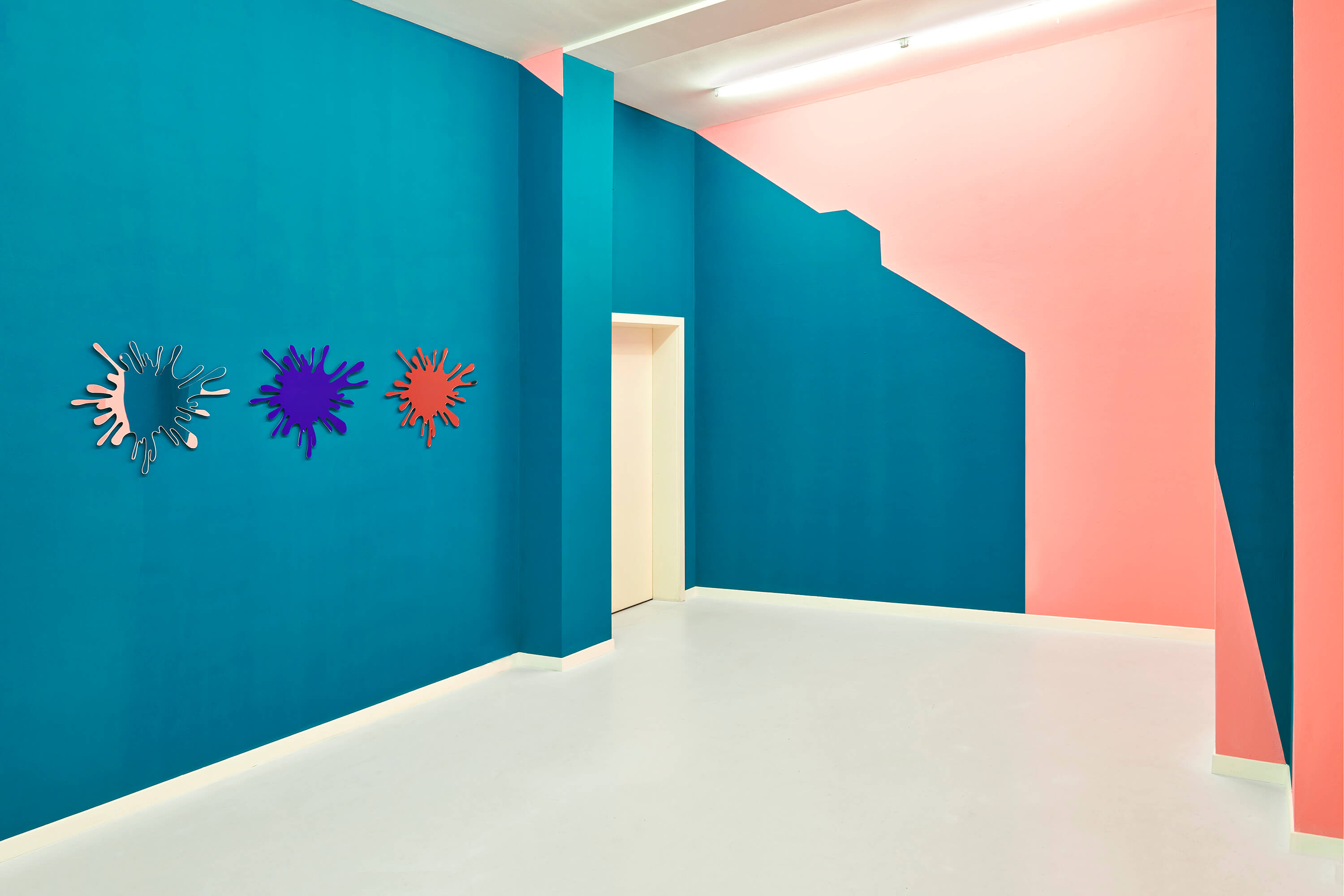
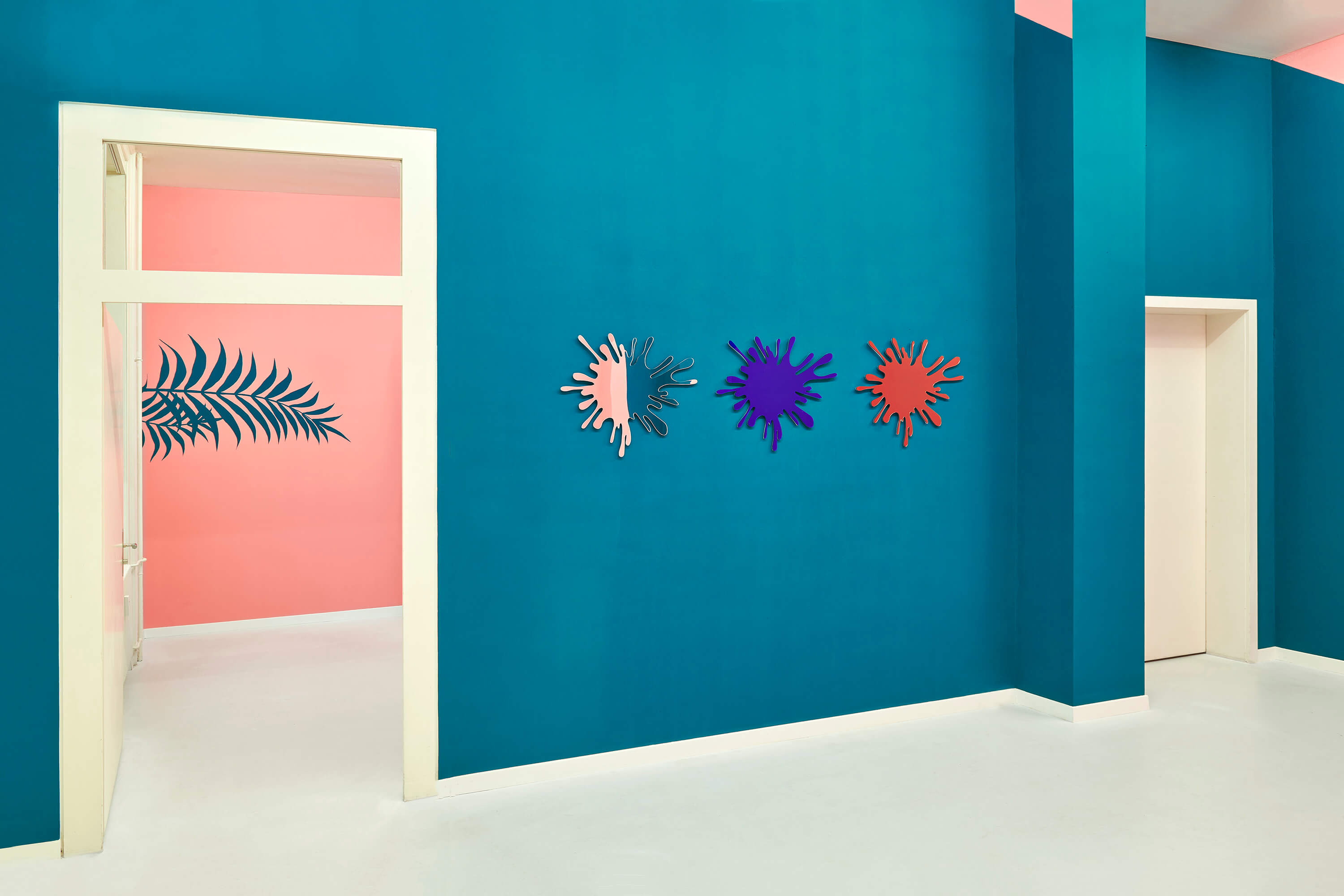
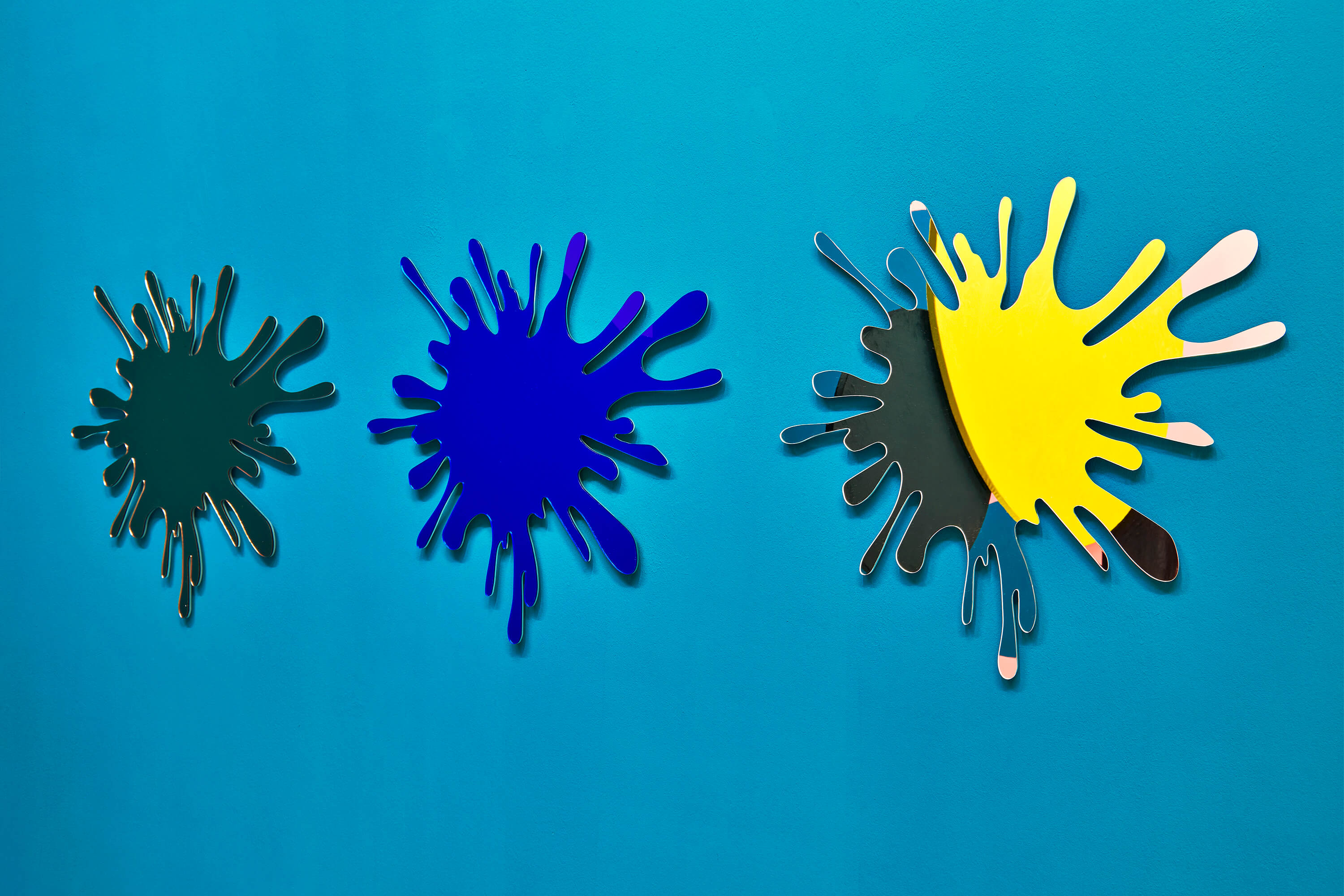
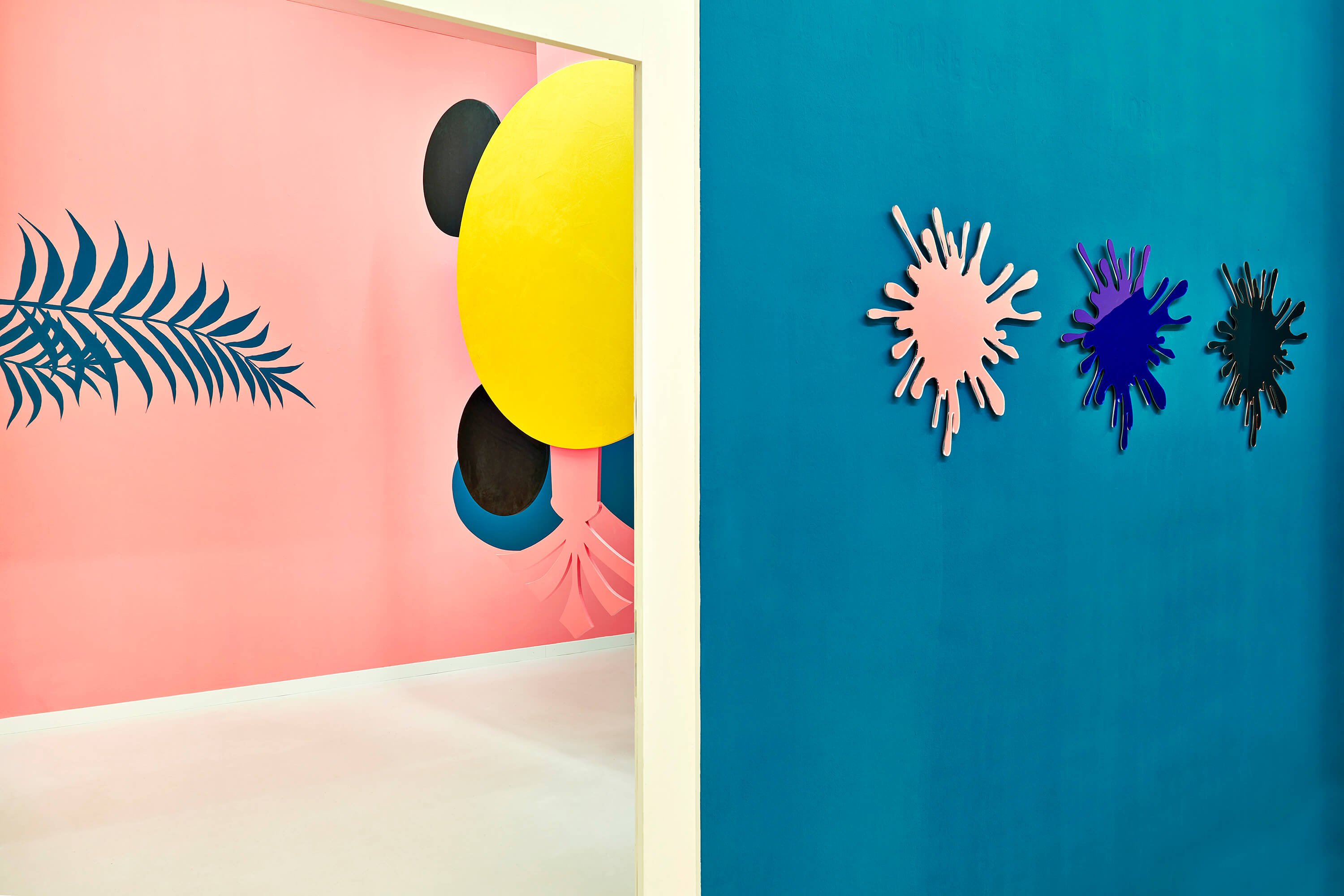
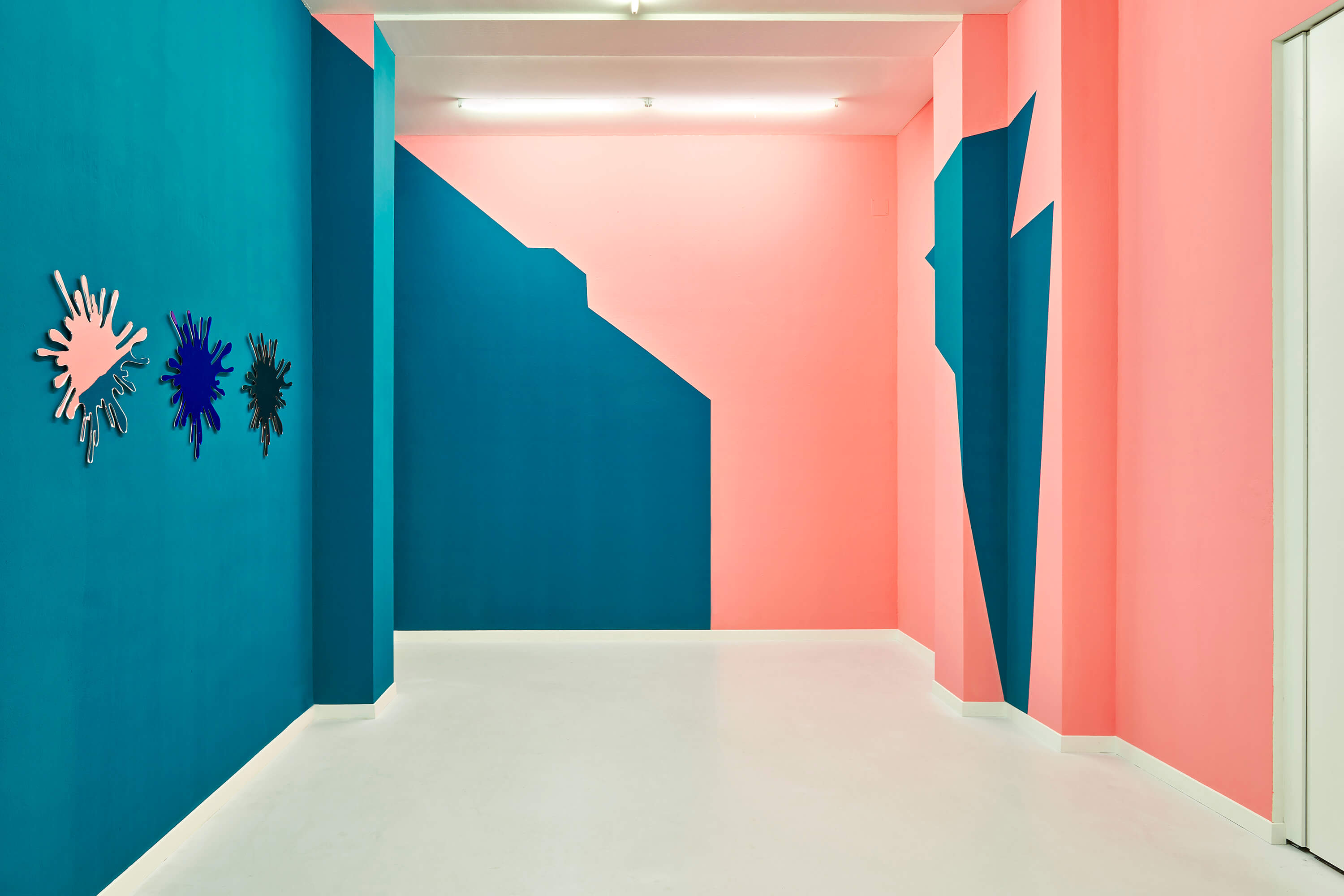
















-(1-4)_2021.jpg)
 (1-3)_2020_Monotype_College bogey (1)_2019_Embroidered terrycloth.jpg)


 (1-3)_2020-ongoing_Monotype_College bogey (1-2)_2019_Embroidered terrycloth.jpg)
_2019_Embroidered terrycloth.jpg)
 (4)_Toner on paper_20x28,5cm.jpg)
 (1-3)_2020-ongoing_Monotype.jpg)
 (1-4)_2021.jpg)


 (3)_detail_2020-ongoing_Monotype_89x154cm.jpg)






















































